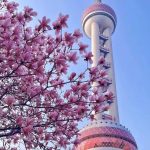Last month, I visited Singapore and experienced two completely different modes of travel:
The first half was part of a tourism bureau’s promotional itinerary, characterized by luxurious accommodations at the Marina Bay Sands, car transfers, meals at Michelin-rated restaurants, drinks at some of Asia’s top 50 bars, and a game of golf at Sentosa.
The second half transitioned to a solo adventure, embracing a budget-friendly approach as I roamed the city while staying in capsule hotels and meticulously considering the expenses for attractions that required tickets.
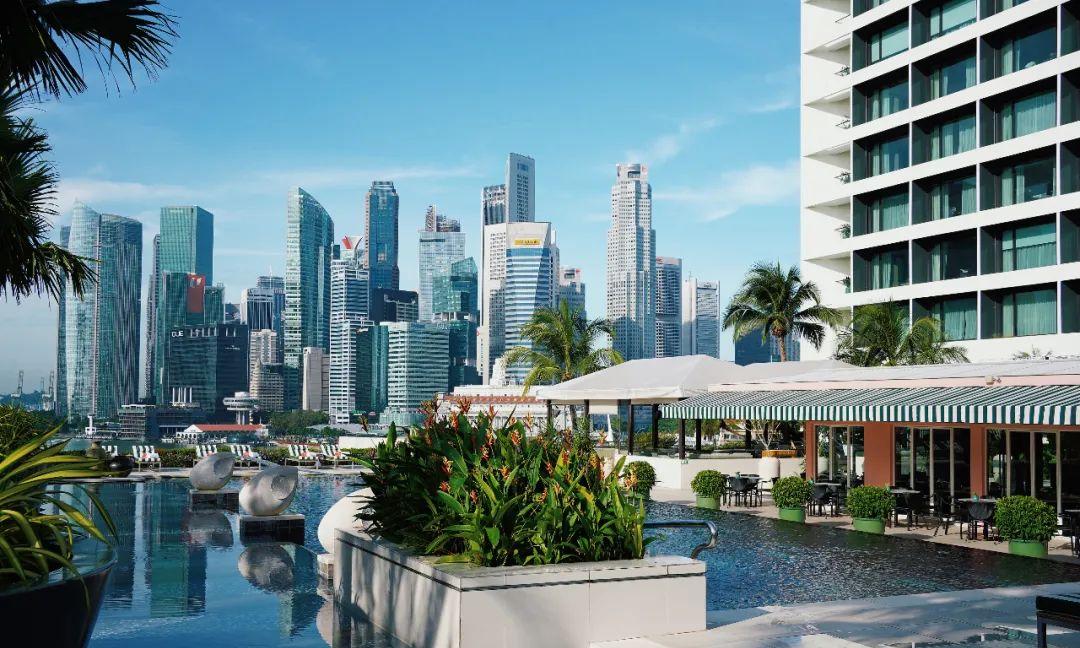
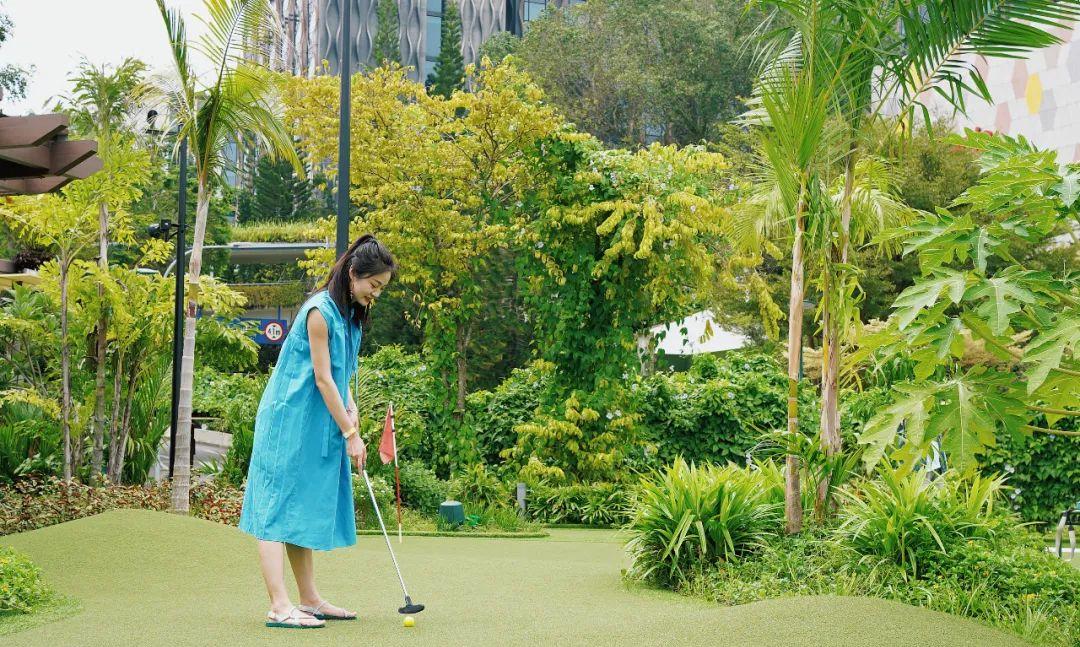
Indulging in luxury without worrying about expenses was delightful and relaxing. However, budget travel also has its own charm; it requires more planning, exploration, and walking. Unbeknownst to me, my focus and senses were heightened, leading to a richer experience of the places I visited.
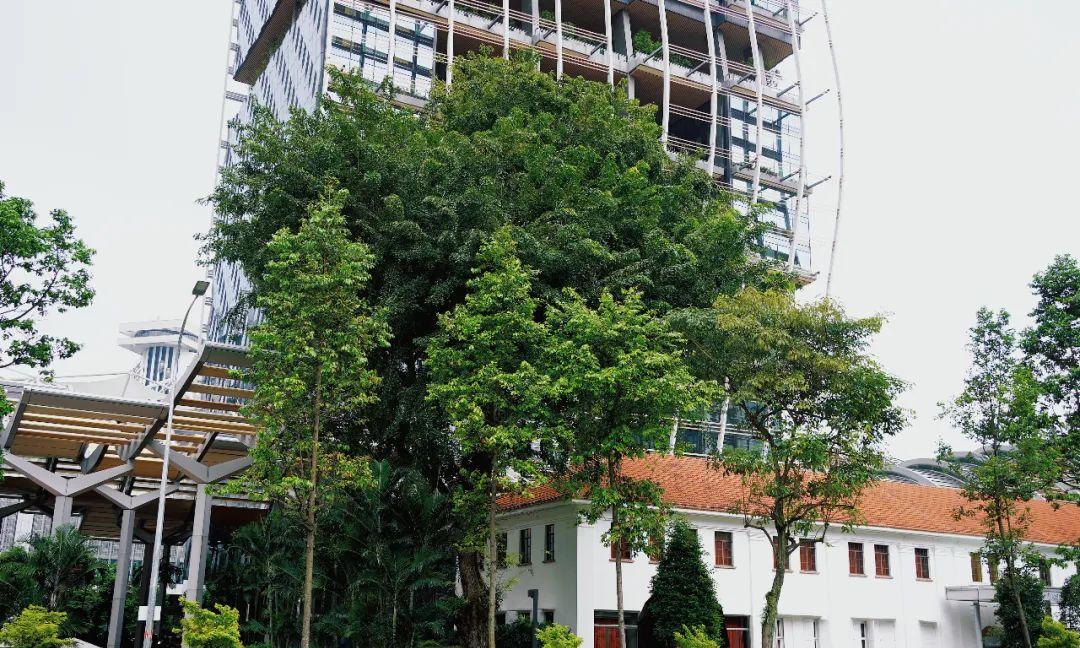
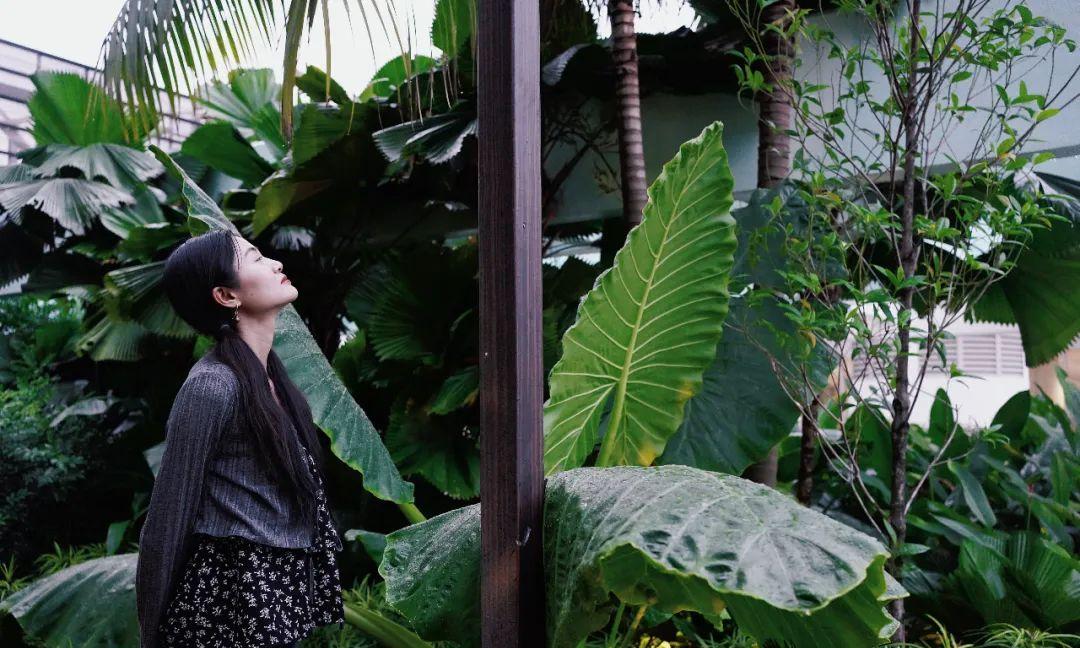
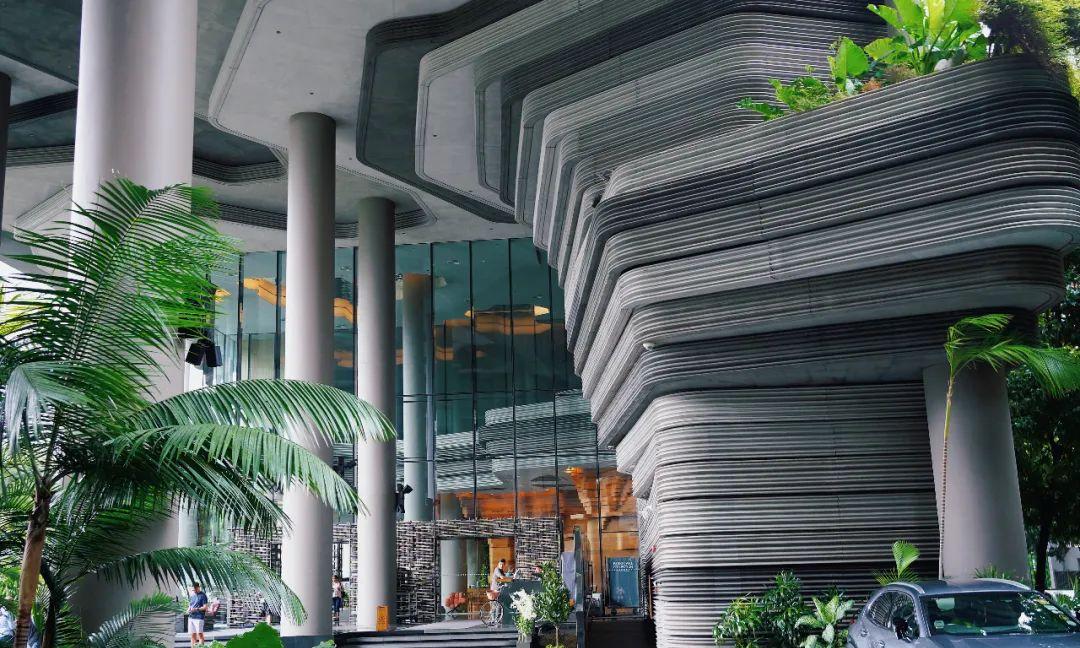
To be frank, Singapore is indeed a place with a high cost of living, making the Chinese yuan feel like a weaker currency. This has significantly influenced our decisions about travelling to Singapore.
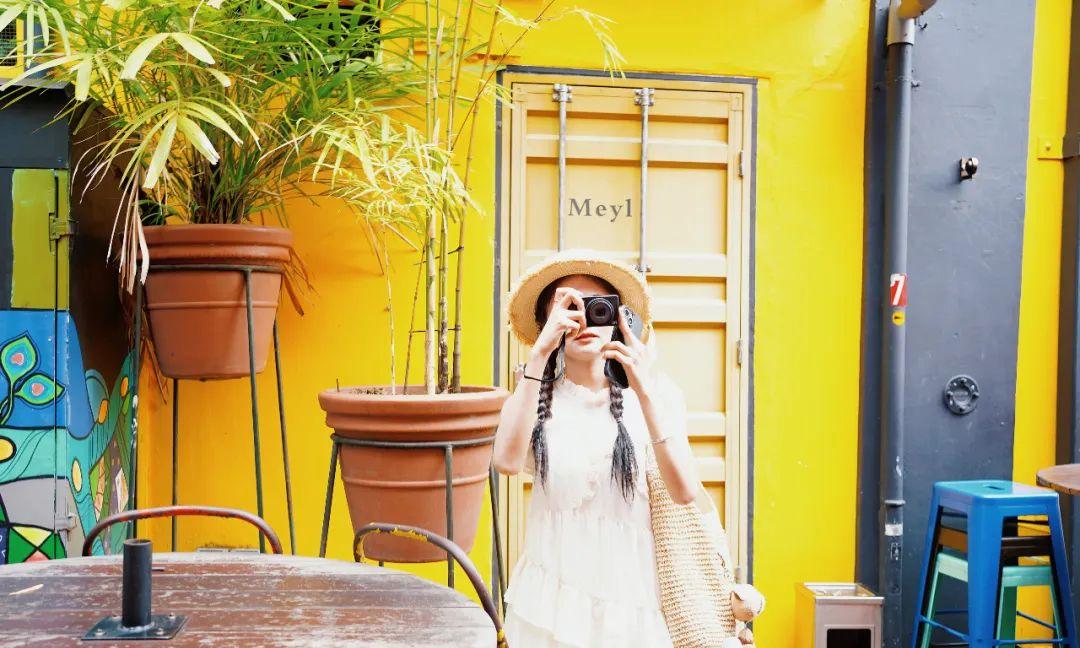
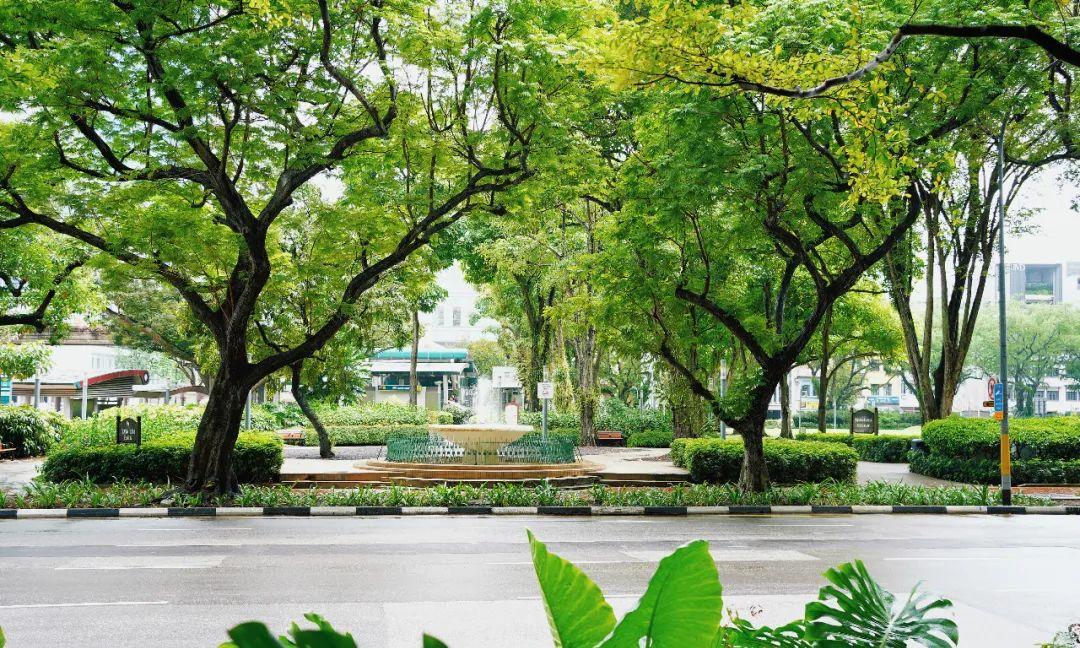
During this trip, I discovered that there are plenty of ways to enjoy Singapore without spending money. For example, Changi Airport offers complimentary city tours for layover passengers, registering for Marina Bay Sands membership allows you to redeem several free tickets, there are free light and music shows at Gardens by the Bay at night, and several exhibitions and scenic views at the National Gallery of Singapore can be enjoyed without an entry fee. Additionally, watching the sunrise or sunset at the Merlion Park, jogging or strolling along the clean and connected waterfront promenade, and enjoying live street performances at Clarke Quay—all without spending a dime—were highlights of my trip.
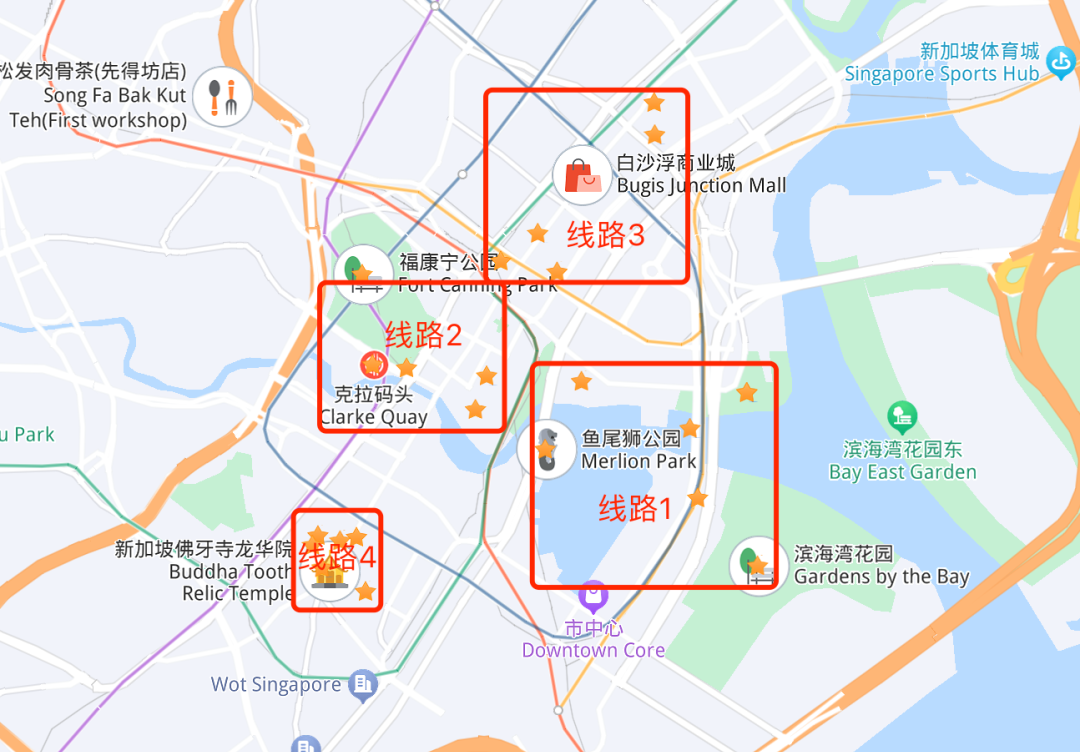
In today’s article, I’ll string together these free sights and experiences into four city walking routes (also saving on transportation costs). A fun adventure without spending money remains just as enjoyable!
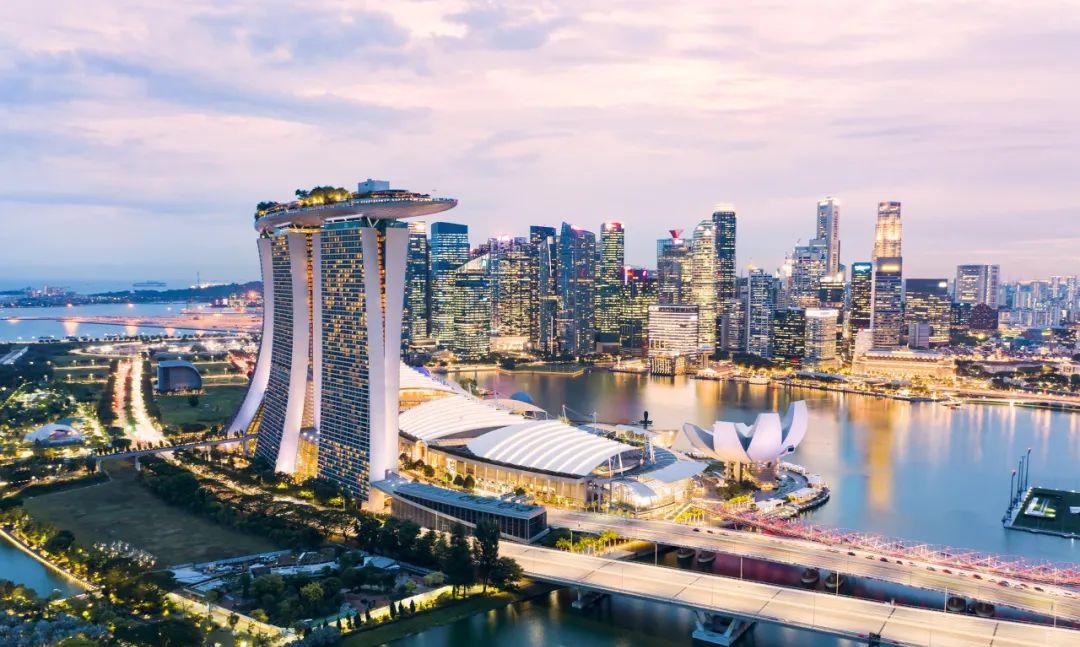
**Route 1: Landmark Tour, Cashing in on Marina Bay Sands**
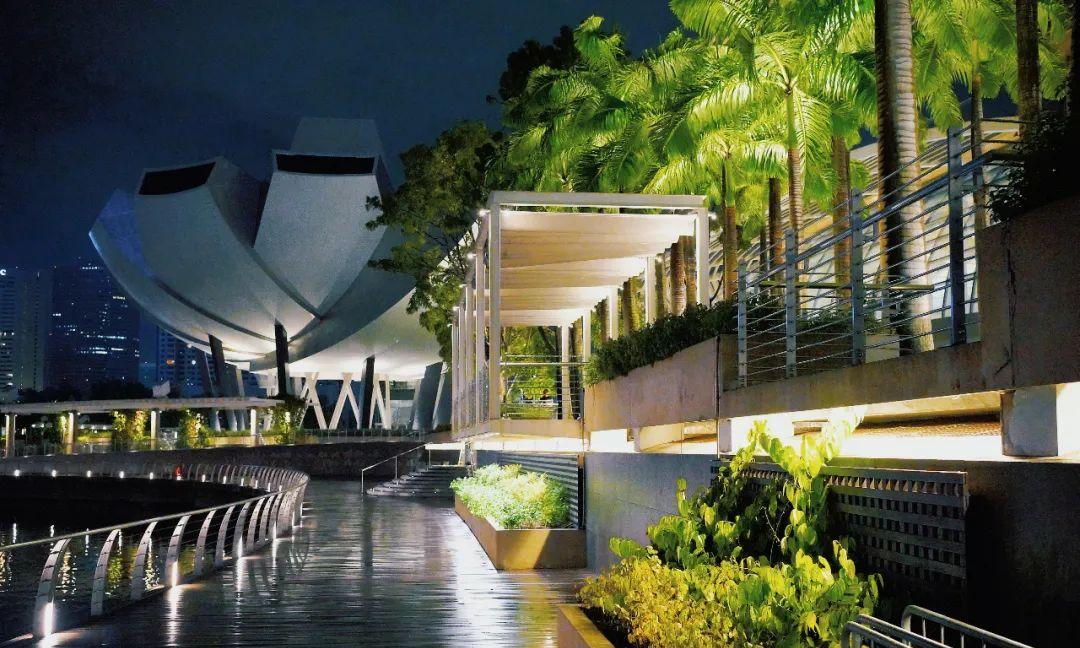
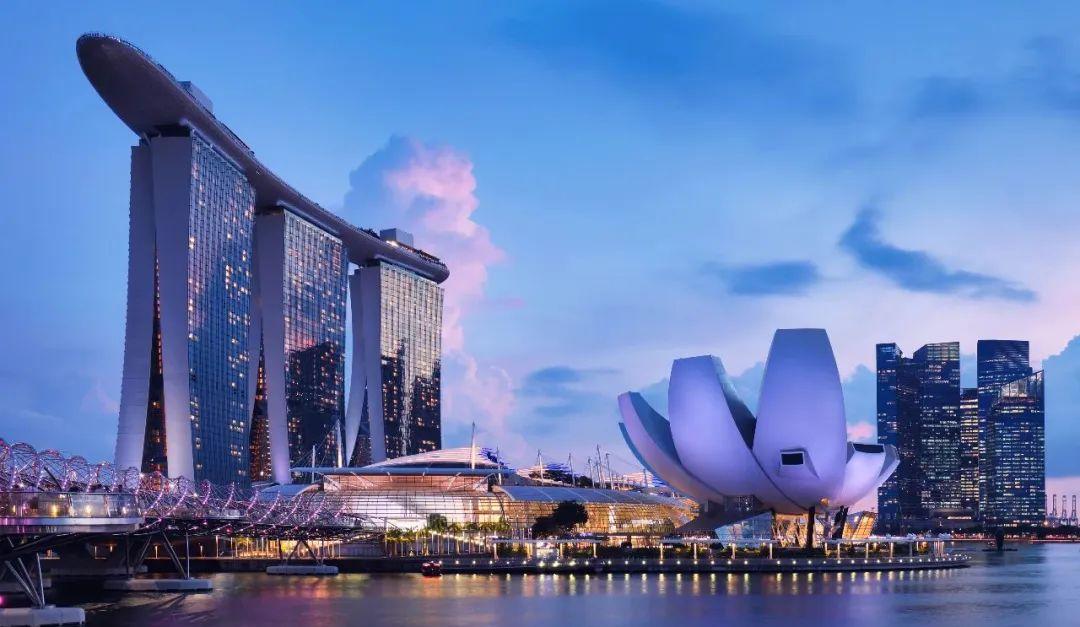
**✅ Marina Bay Sands SkyPark – Helix Bridge – Marina Bay Sands Hotel – Gardens by the Bay – Merlion Park – Esplanade**
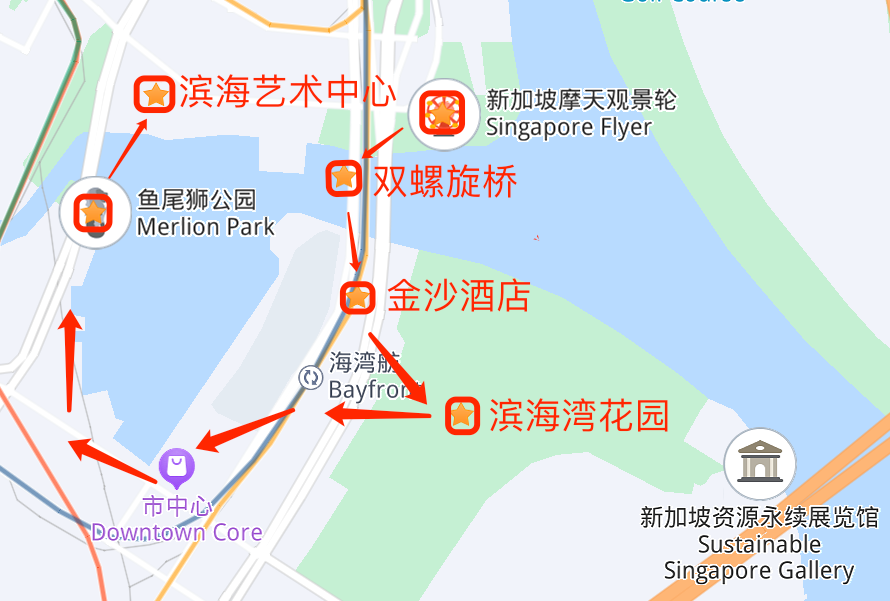
Marina Bay stands as a centerpiece in Singapore, lined with iconic landmarks on both sides, offering a strong water connection. It feels modern yet relaxing, devoid of any oppressive urban sensations. One of my favorite features is the continuous waterfront promenade, which makes navigation effortless—just follow the waterways, and you’ll never get lost. Several bridges connect both sides, making crossing easy.
I walked along this promenade before dawn, noticing that many people had already started their morning runs. The unpredictability of the rainy season didn’t deter the locals from running in the rain.
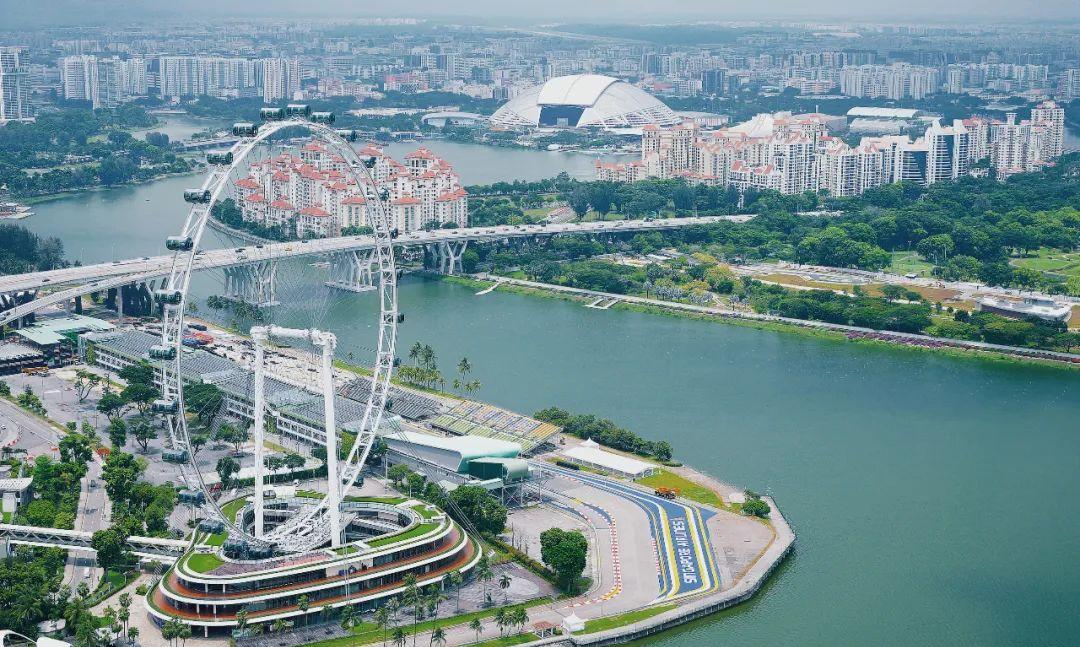
The highlight of this route is the “Marina Bay Sands Hotel.” Other landmarks serve as great photo opportunities, but the hotel itself offers numerous free experiences to be enjoyed throughout the day.
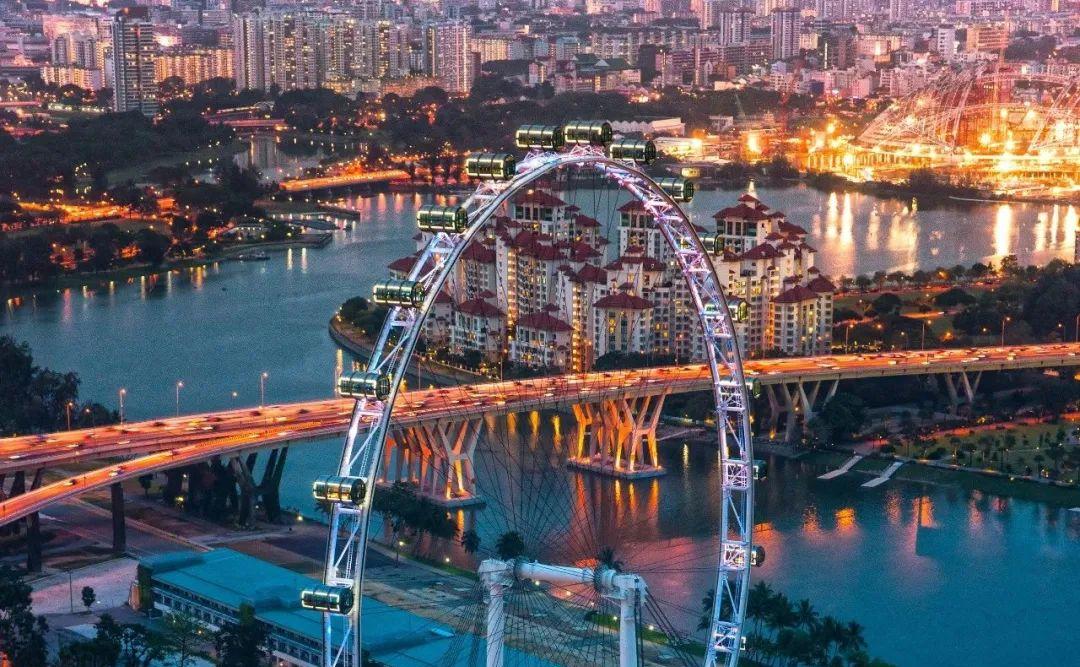
1. **Singapore Flyer**
**⏰ Open from 10:00 to 22:00**
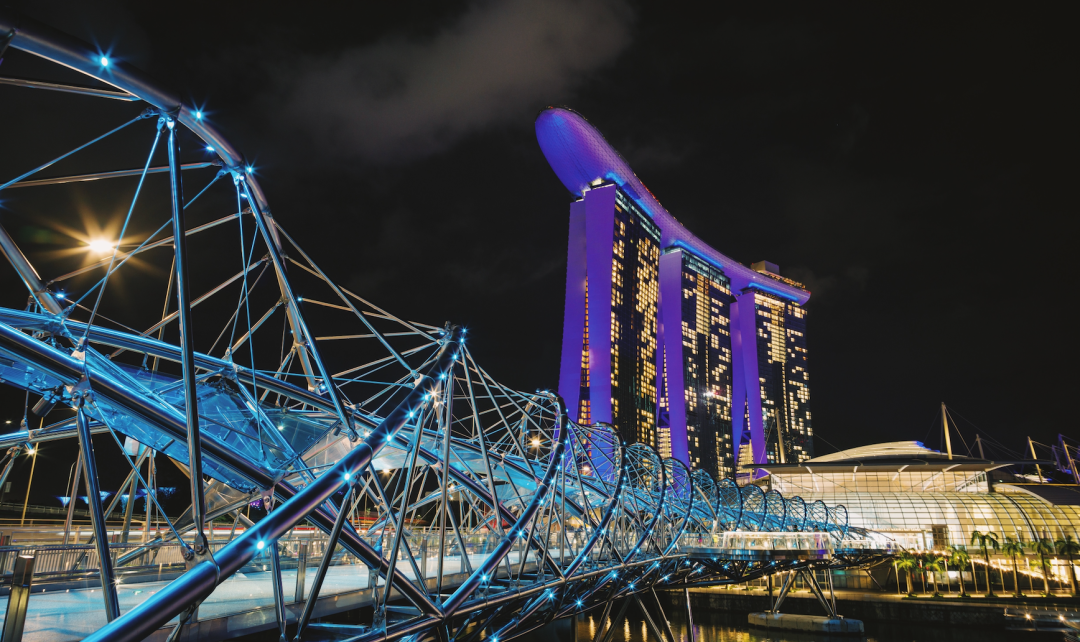
Standing at 165 meters—a height equivalent to a 42-story building—the Singapore Flyer holds the title of Asia’s tallest ferris wheel. A complete ride lasts around half an hour, requiring a ticket priced at 40 SGD. Since it is positioned right by the waterfront, even from a distance, it is an accessible sight.
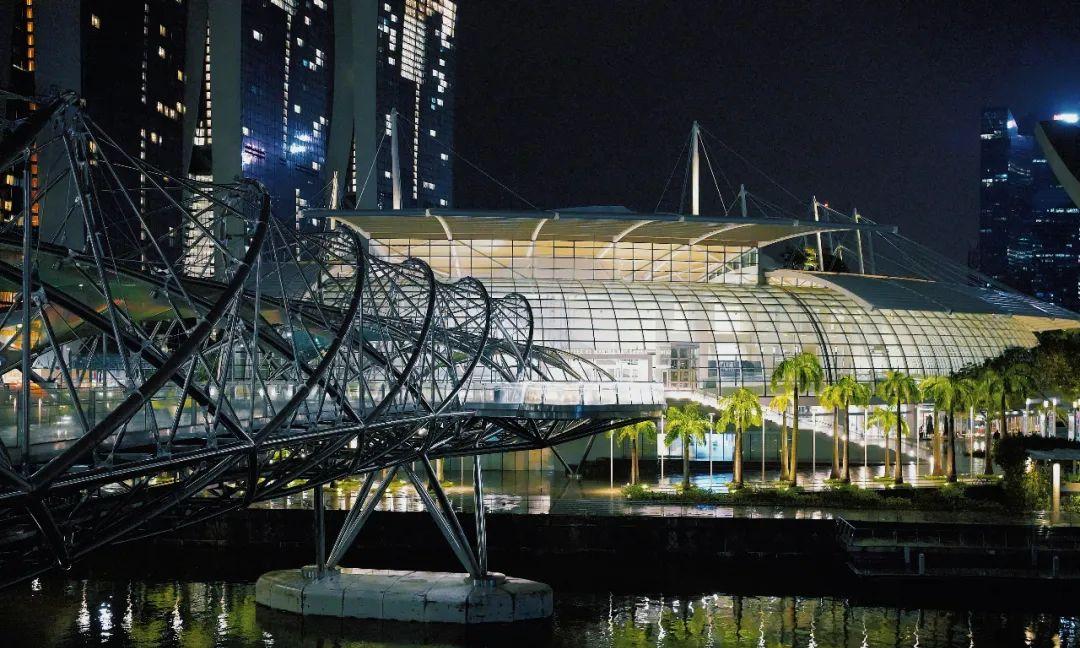
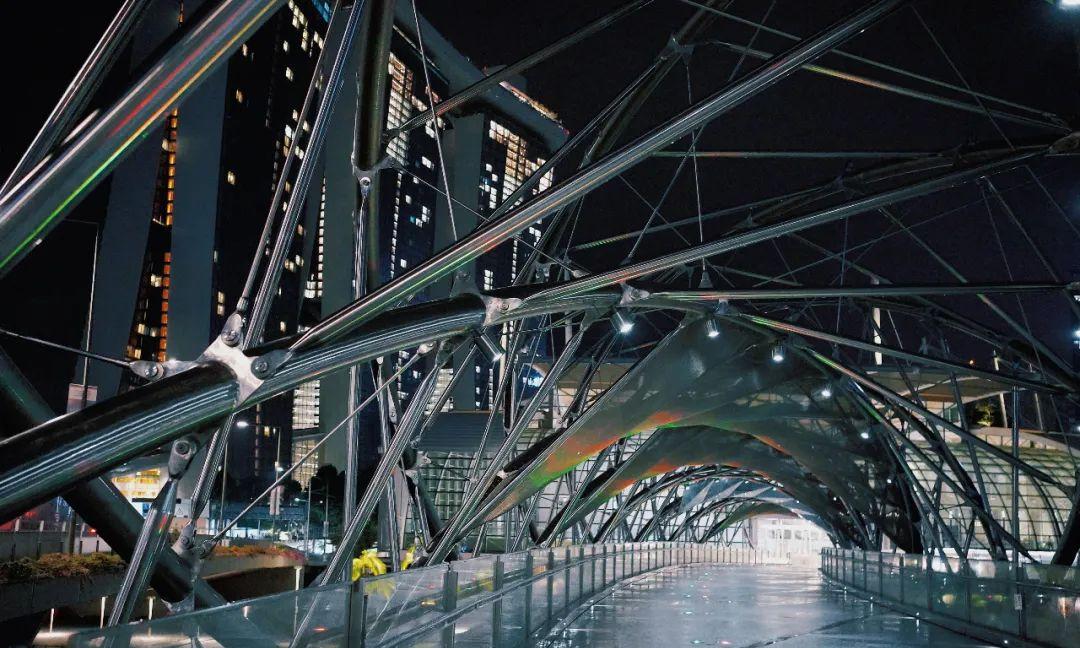
I believe the real significance of the Ferris wheel lies in its romantic accent to the city skyline. Whether gazing up at it from below or enjoying the view from within, it enhances the scenes both day and night.
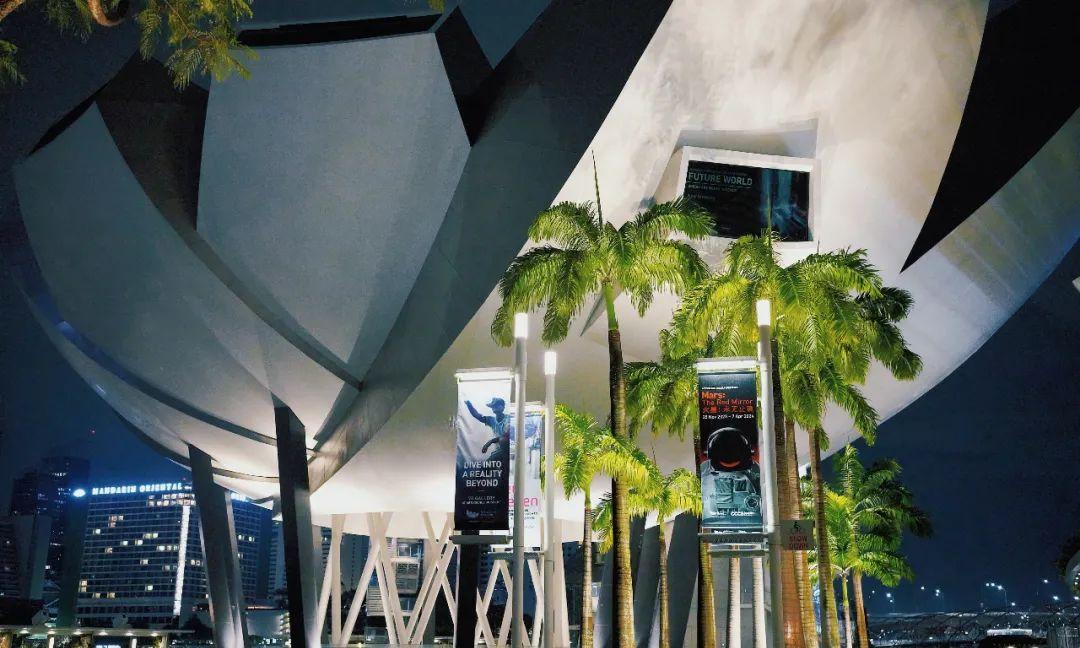
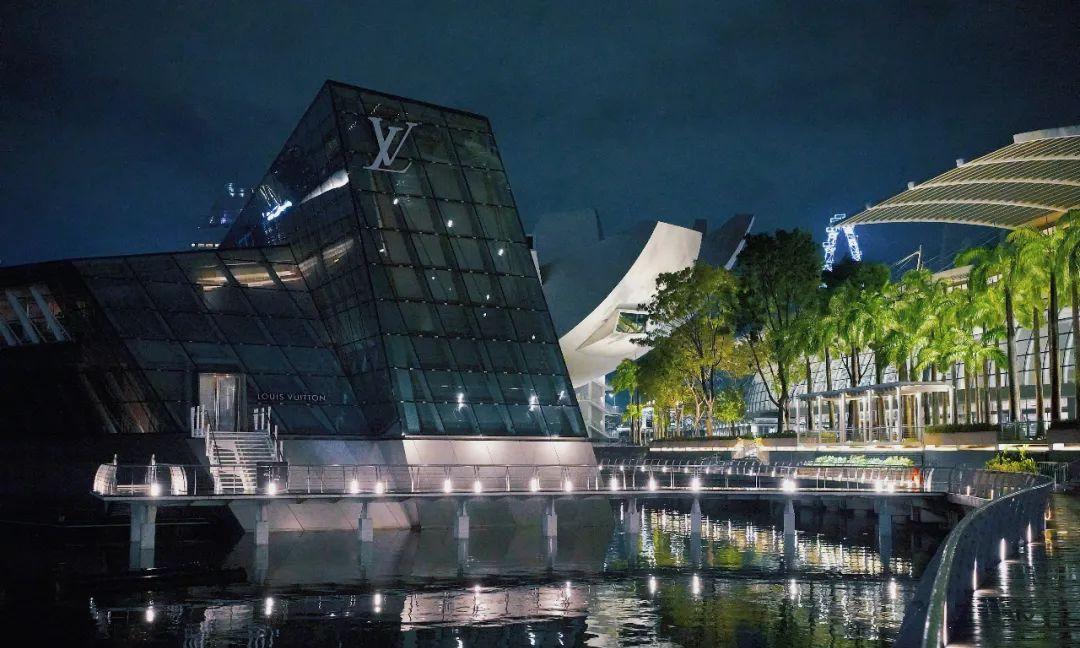
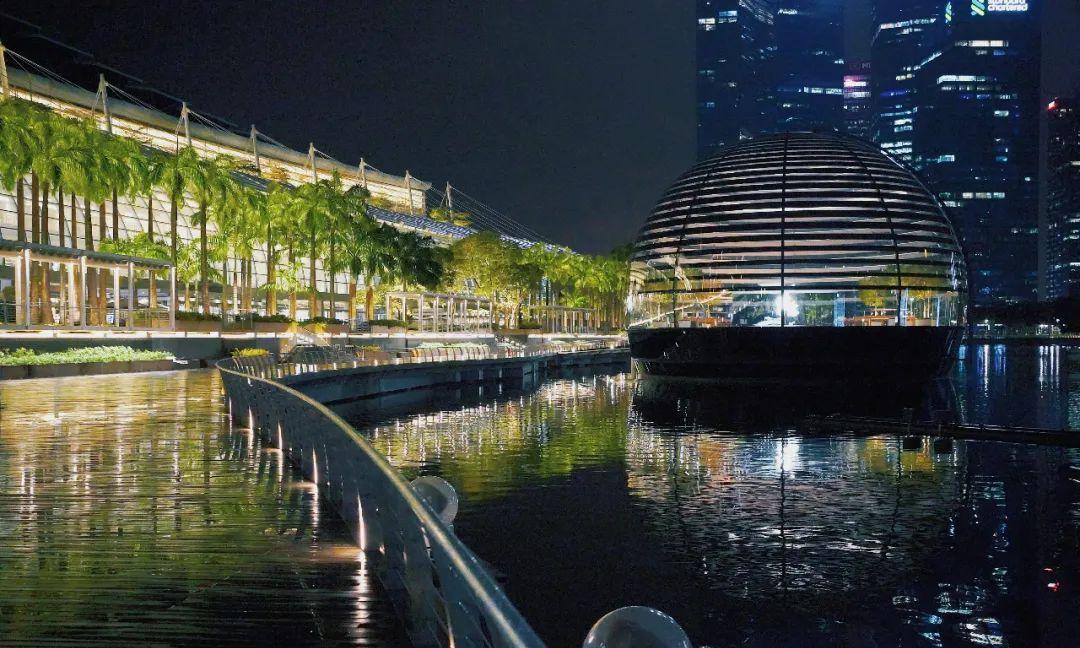
2. **Helix Bridge**
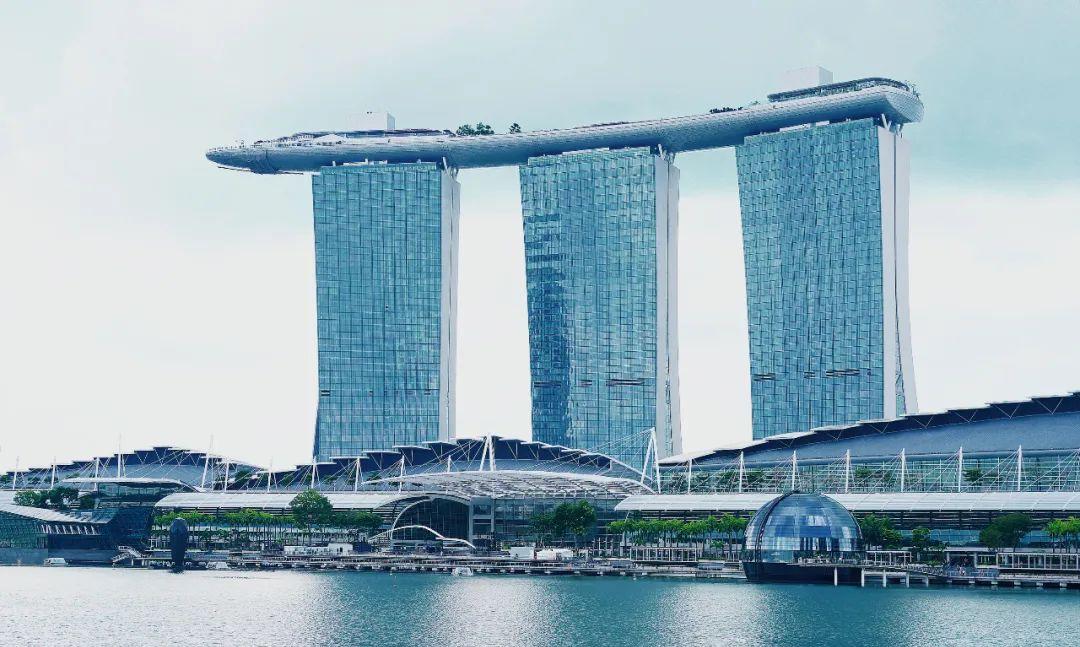
This is the world’s first double-helix pedestrian bridge, and in my opinion, the most beautiful bridge in Singapore. Measuring 280 meters, it is constructed from stainless steel to feature two intertwining helix-like structures. The bridge is infused with a porous glass canopy that acts as a sunshade, illuminating brilliantly when lit.
Walking along the futuristic Helix Bridge feels like stepping into a time tunnel. Midway is an expansive circular viewing platform, providing extraordinary sights of the Marina Bay Sands and the Mandarin Oriental Hotel—an impressive viewpoint for fireworks displays and water sports.
3. **Marina Bay Sands Hotel**
Upon crossing the Helix Bridge, we arrive at the Marina Bay Sands territory. The first sight to catch the eye is the lotus-shaped ArtScience Museum.
Continuing along the promenade, you’ll discover the suspended Apple and LV stores, which look stunning against the water.
Marina Bay Sands spans 20.6 hectares and comprises a hotel, shopping mall, museum, theater, convention center, entertainment complex, and rooftop gardens.
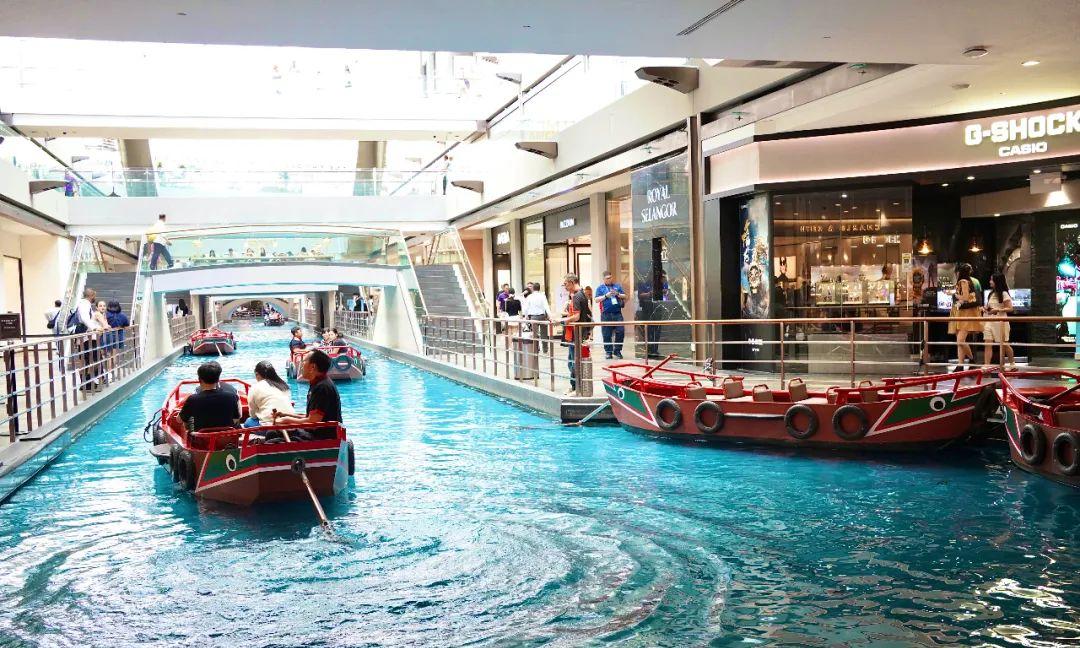
If your family is financially able and a member of the Marina Bay Sands program, you can get six free tickets each month for three attractions (two tickets per attraction per day):
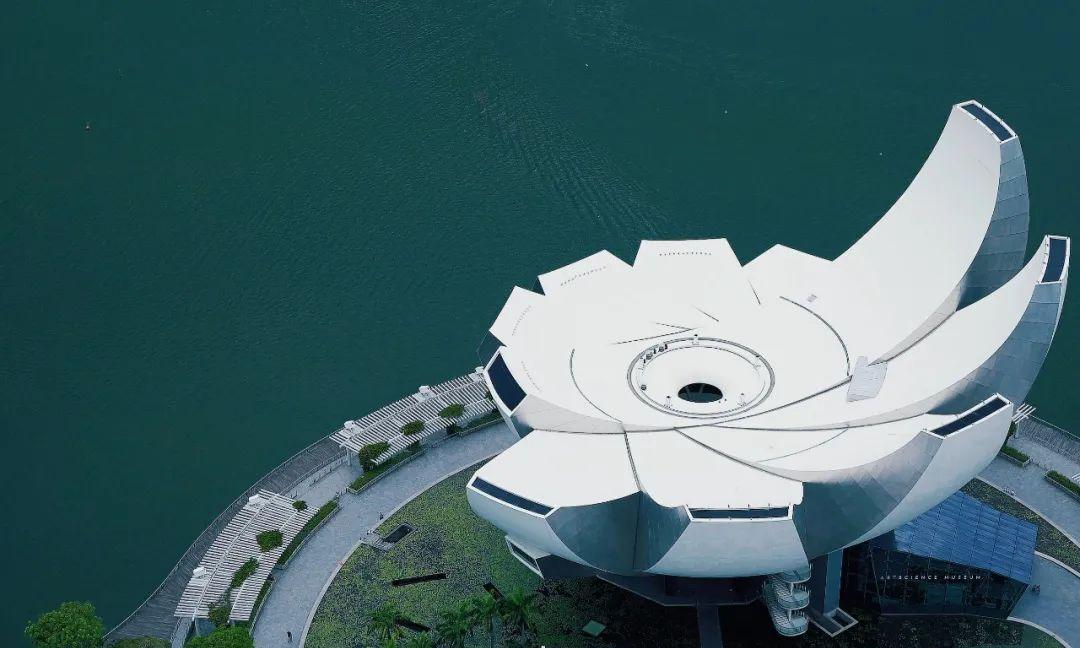
– A. SkyPark Observation Deck
**⏰ 11:00-16:30, 17:00-21:00**
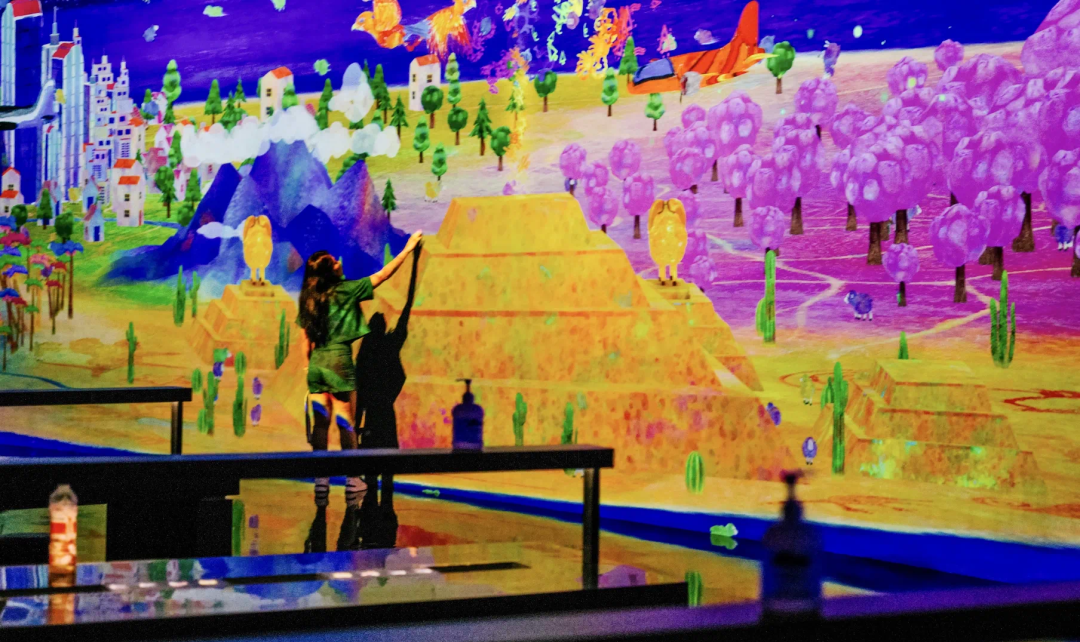
(Regular price 32 SGD, average visit duration about 45 minutes)
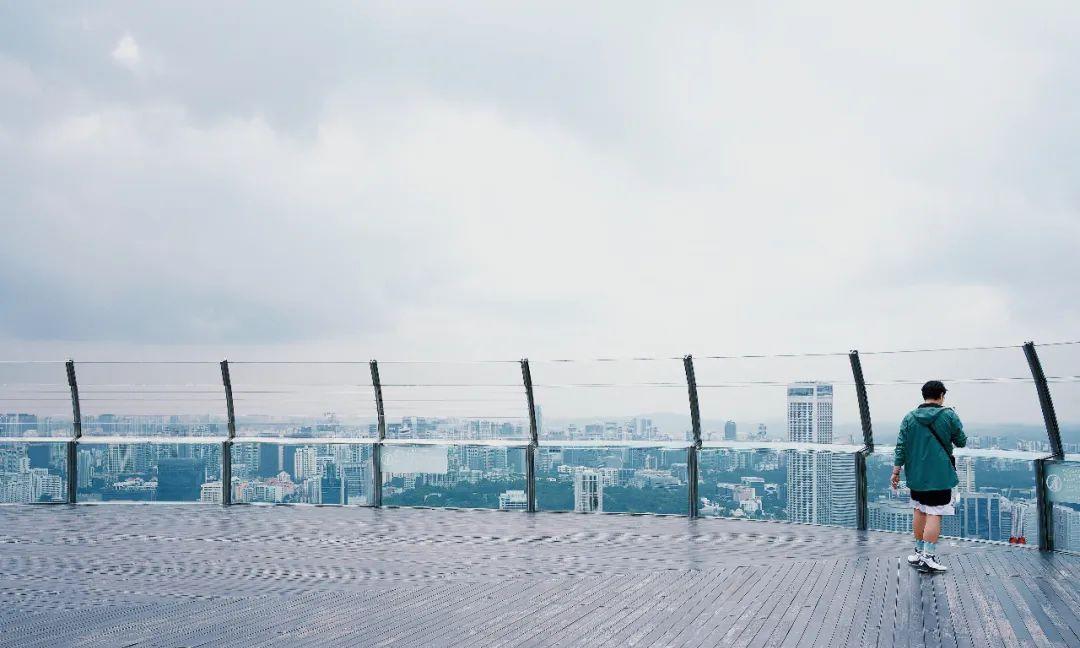
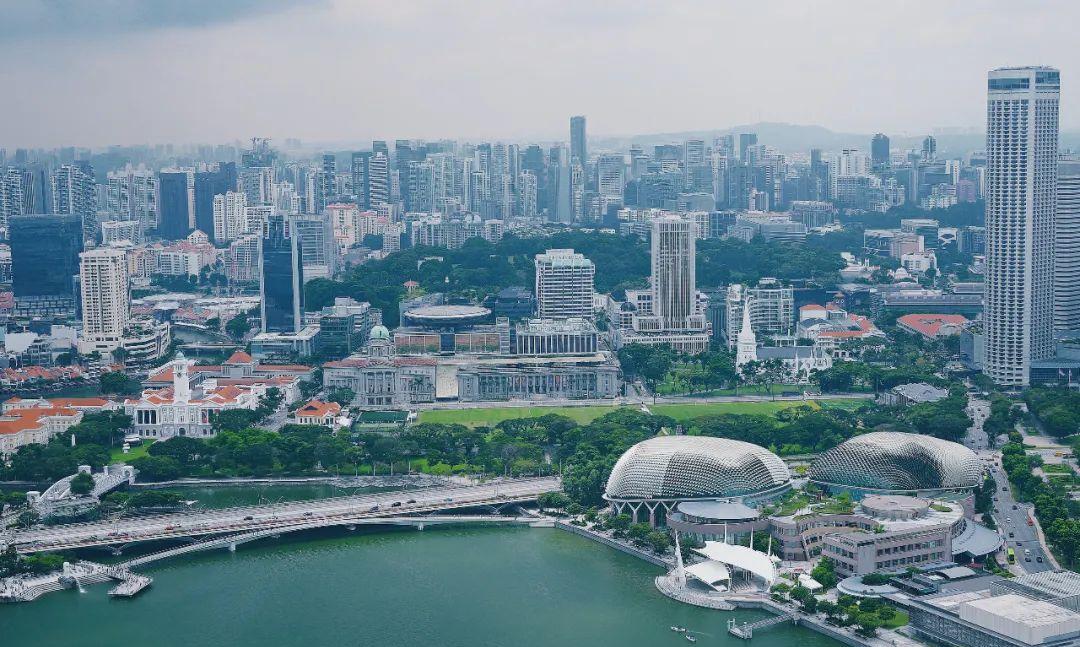
– B. teamLab Light and Sound Show
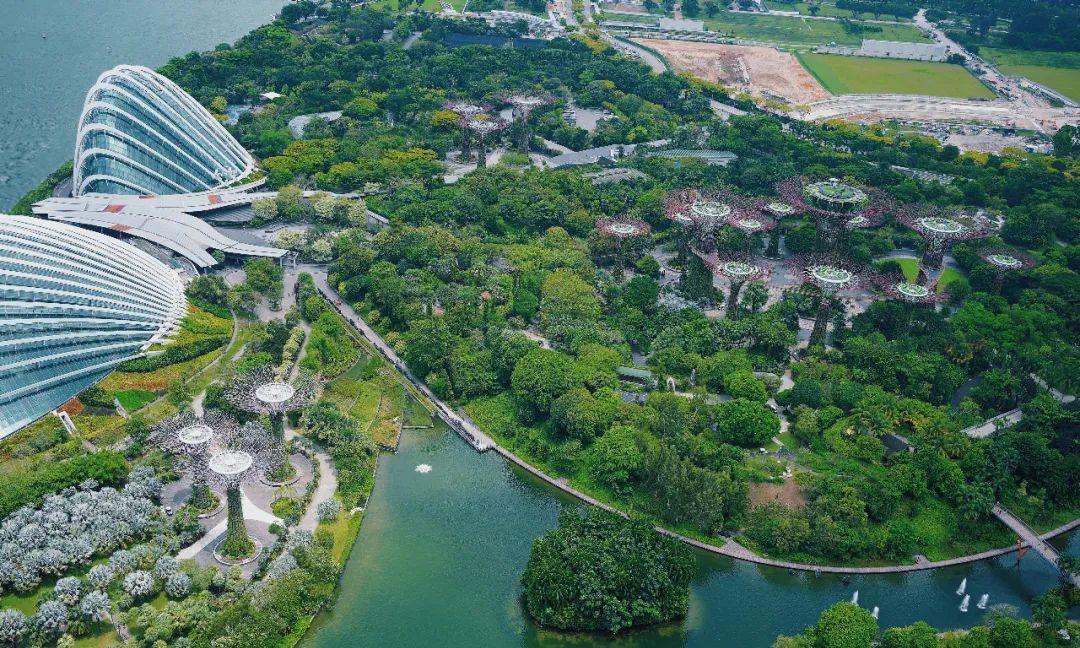
**⏰ 11:00-21:00**
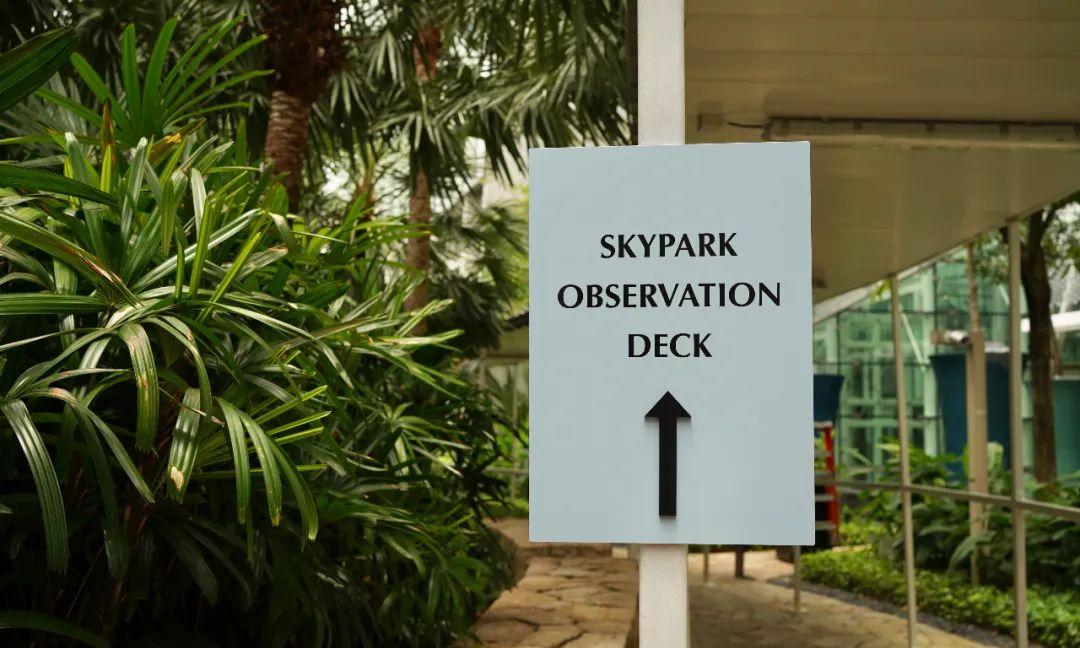
(Regular price 12 SGD, average visit duration about 30 minutes)
– C. Canal Boat Ride in the Mall
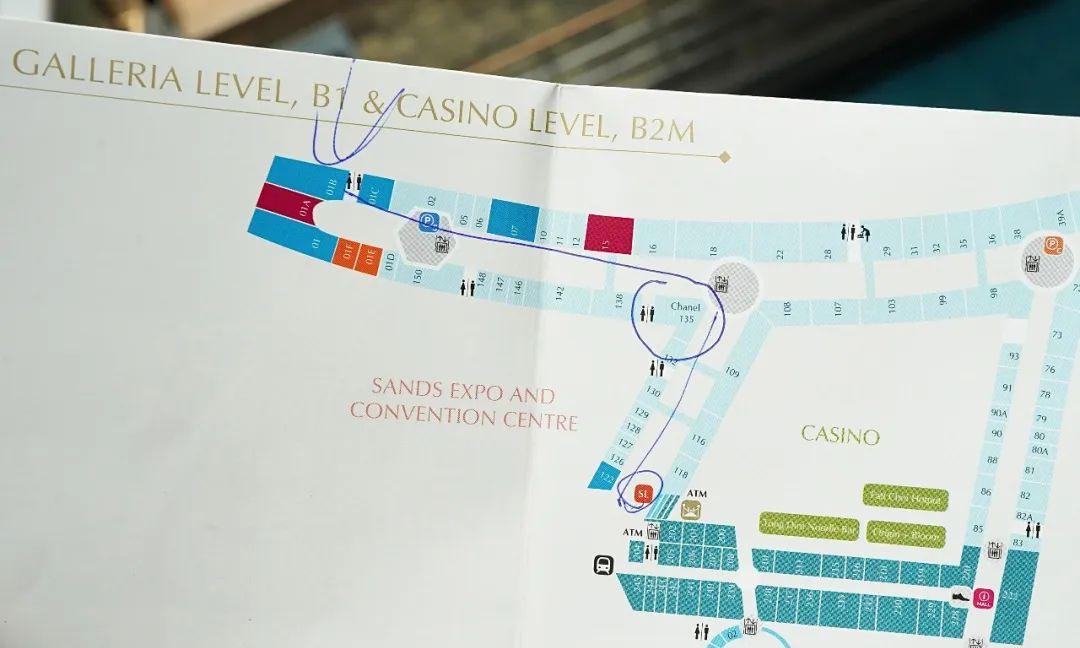
**⏰ 11:00-21:00**
(Regular price 15 SGD, average visit duration about 30 minutes)
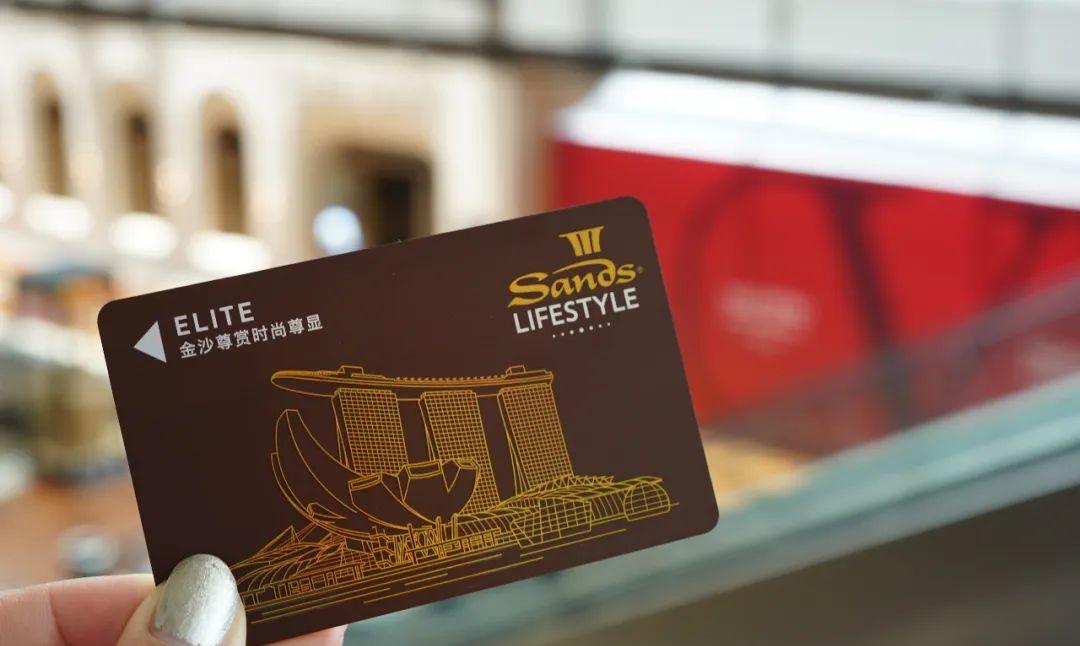
Additionally, the ArtScience Museum (operating times 10:00-19:00) offers another two free museum access tickets each month (regular ticket price 39 SGD). Current exhibitions include “Supernormal: Art and Science at the Convergence” and “Mars: The Red Mirror.”
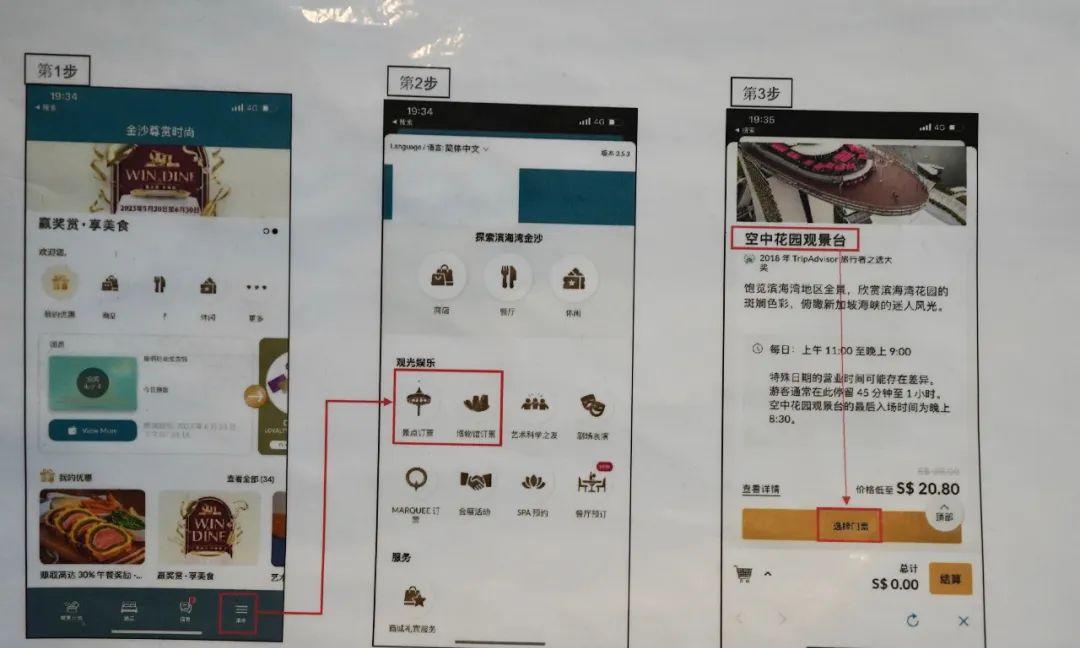
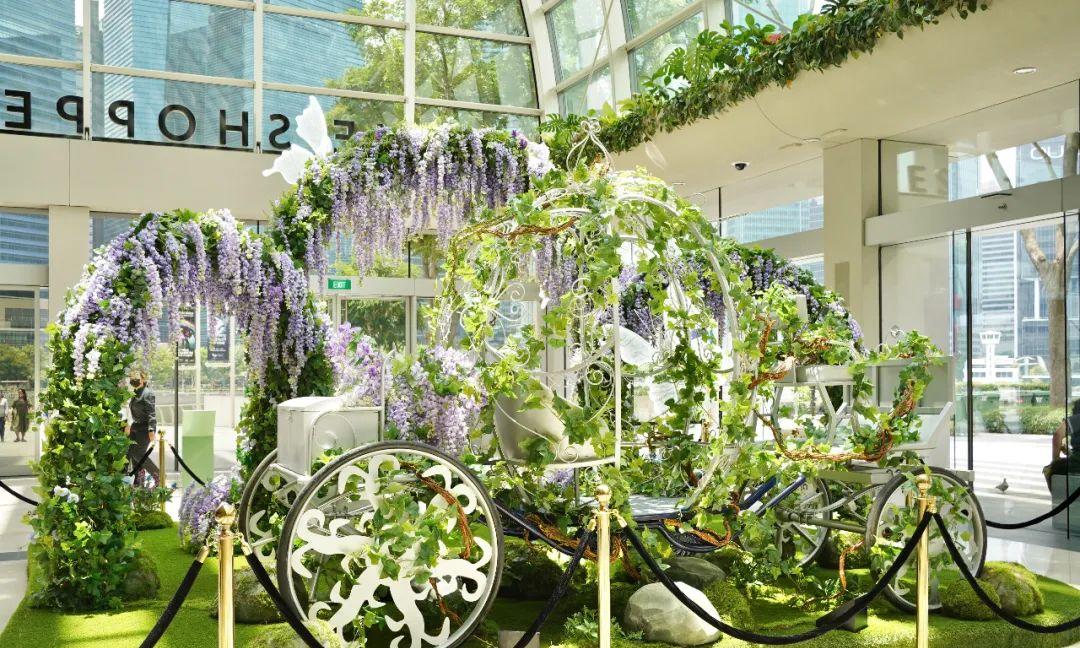
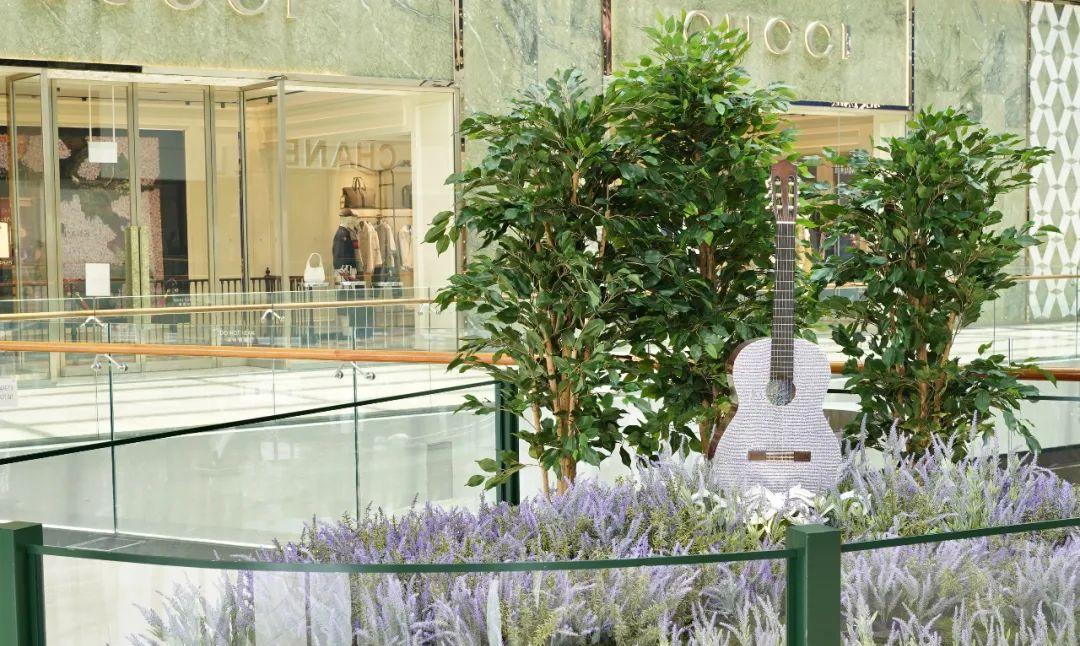
If you visit all four attractions, you’ll save 196 SGD, which is about 1000 RMB! The most recommended attractions are the ArtScience Museum and SkyPark Observation Deck, as the museum is very interactive—great for kids and adults alike.
From the 56th floor at the SkyPark Observation Deck, breathtaking aerial views of Singapore await—you can see the entire cityscape in clarity.
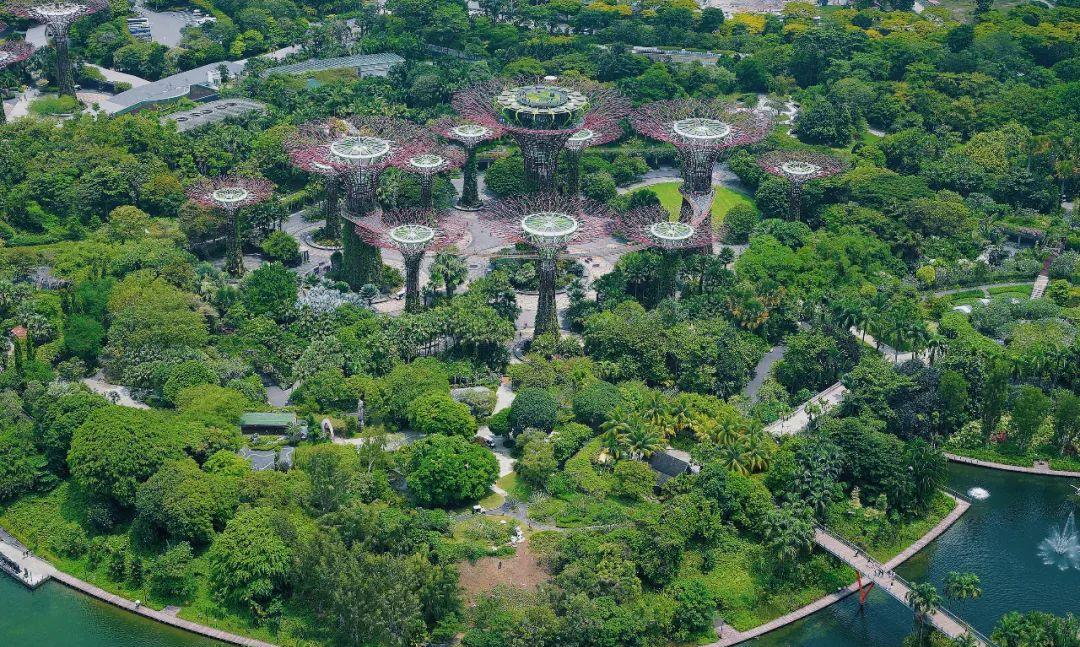
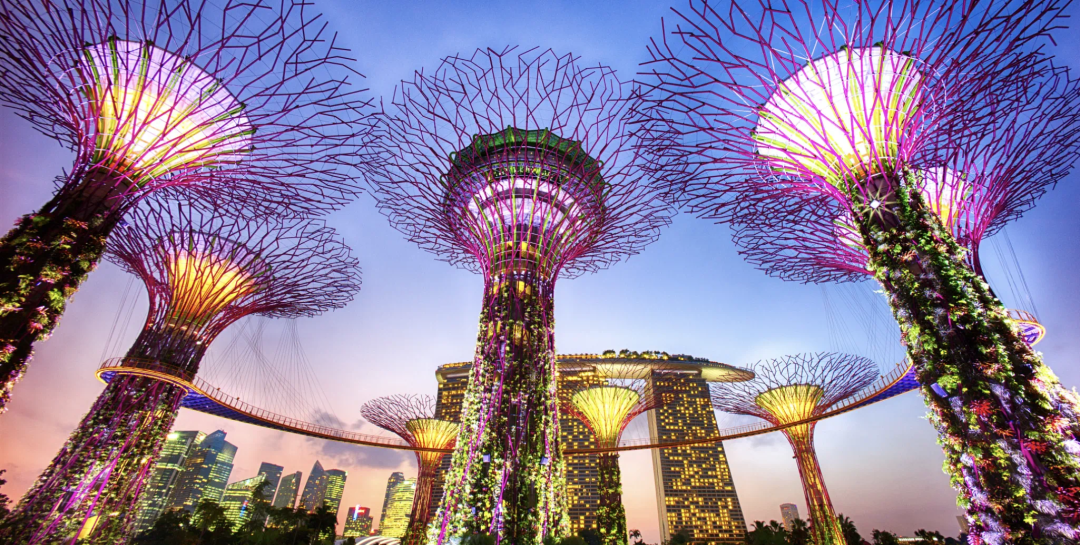
Finally, I admired the 18 Supertrees at Gardens by the Bay!
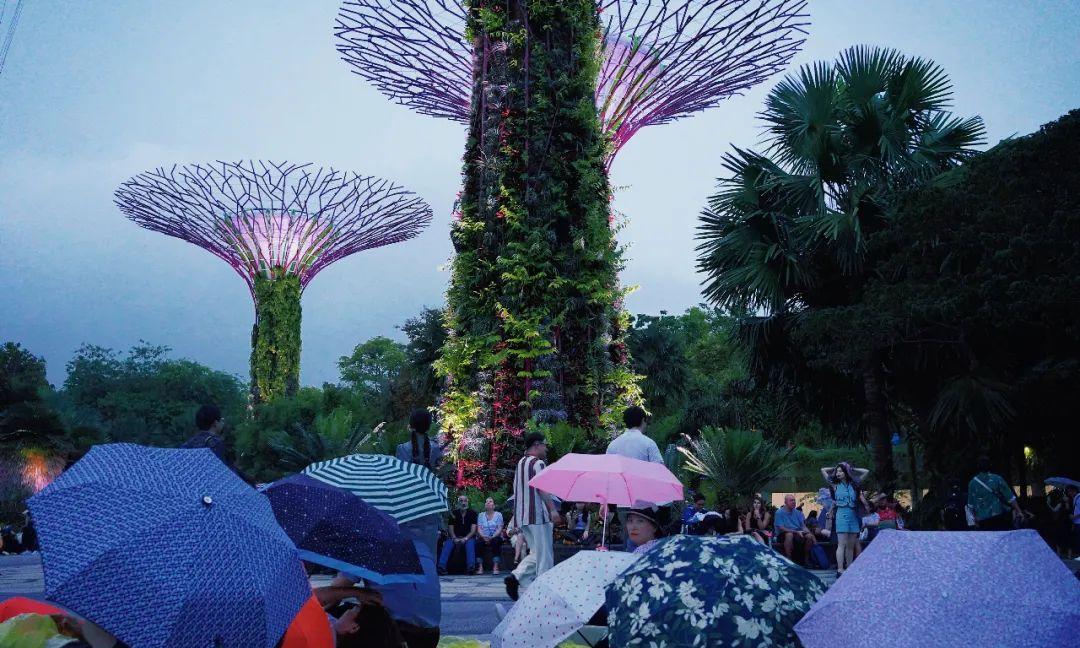
The entry for the SkyPark is neither in the mall nor in the hotel, so I wandered for a while. I suggest heading outside to search for “SkyPark Observation Deck,” which will be easier to locate.
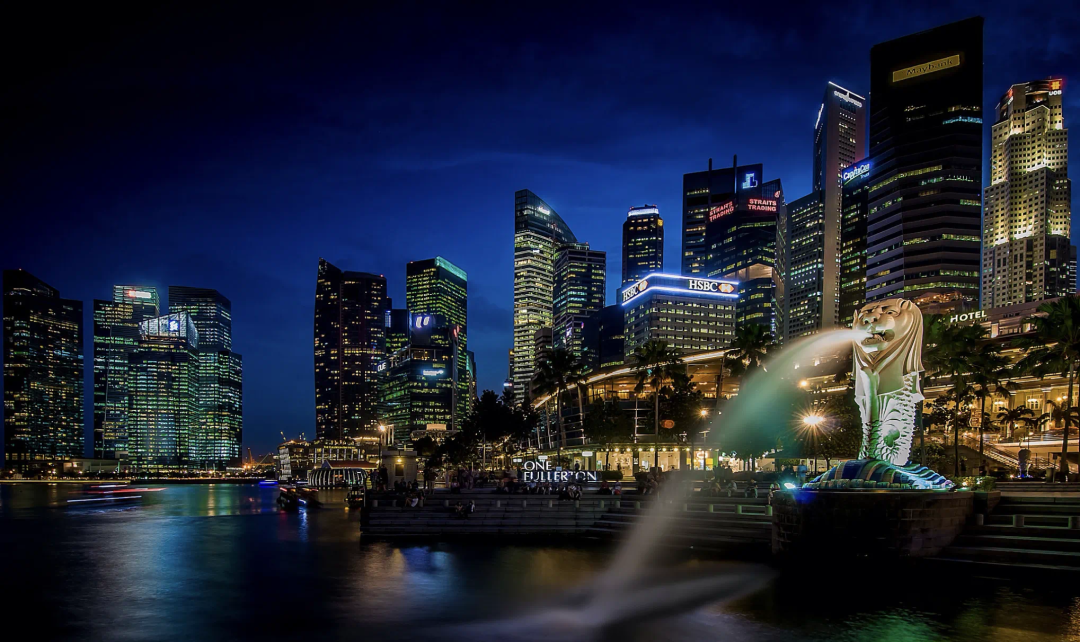
As for getting the tickets, the process can be slightly cumbersome:
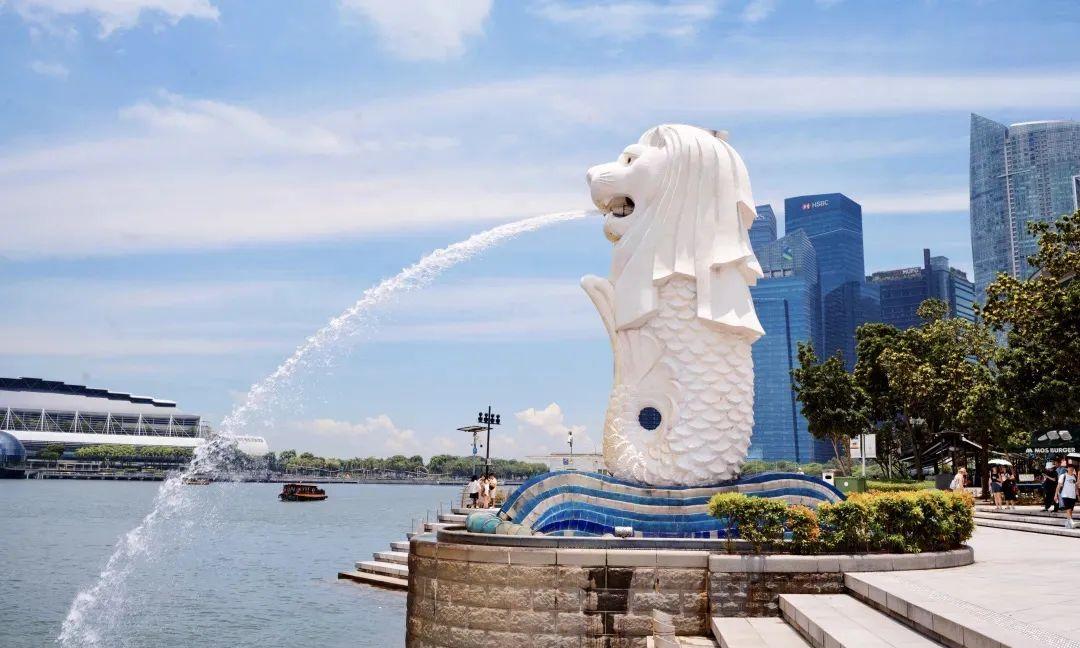
Start on the B2 level of Marina Bay Sands shopping mall, spot Chanel, then take a turn into the side path until reaching the end; the orange SL is where you can obtain your membership card. There are instructions in Chinese at the scene, and staff can also assist you in Chinese.
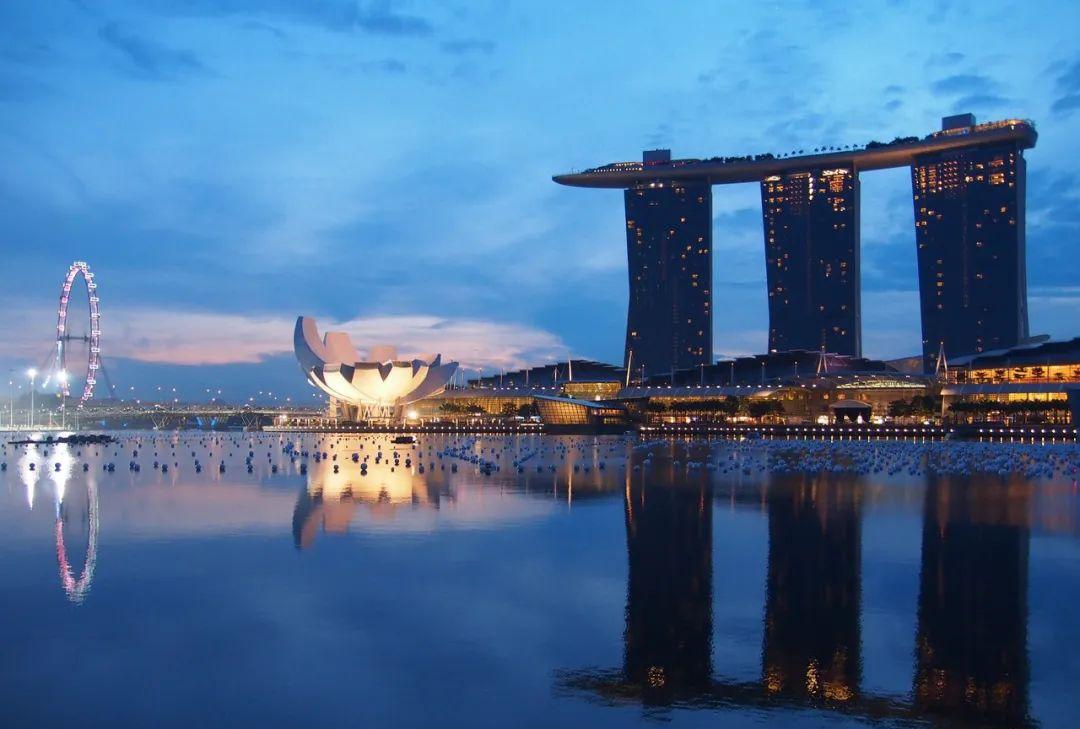

Download the “MarinaBaySands” app and register; don’t forget to take a screenshot of your membership number. Staff will verify your ID, and you can collect the physical card.
Platinum-level Alipay members or UnionPay credit card holders can obtain the elite card. Gold-level Alipay members or UnionPay credit card holders can get the preferred card, though this does not include free museum access. Other than that, you can collect a total of two tickets each month for three other attractions.
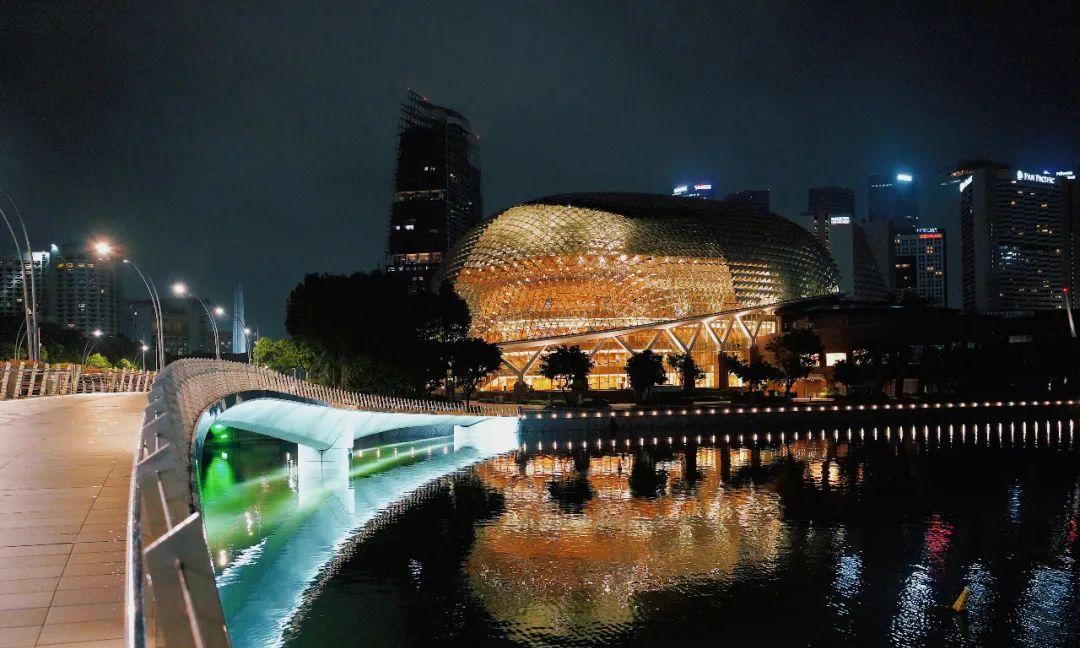
Once you receive your membership card, you’ll be able to redeem free tickets via the app.
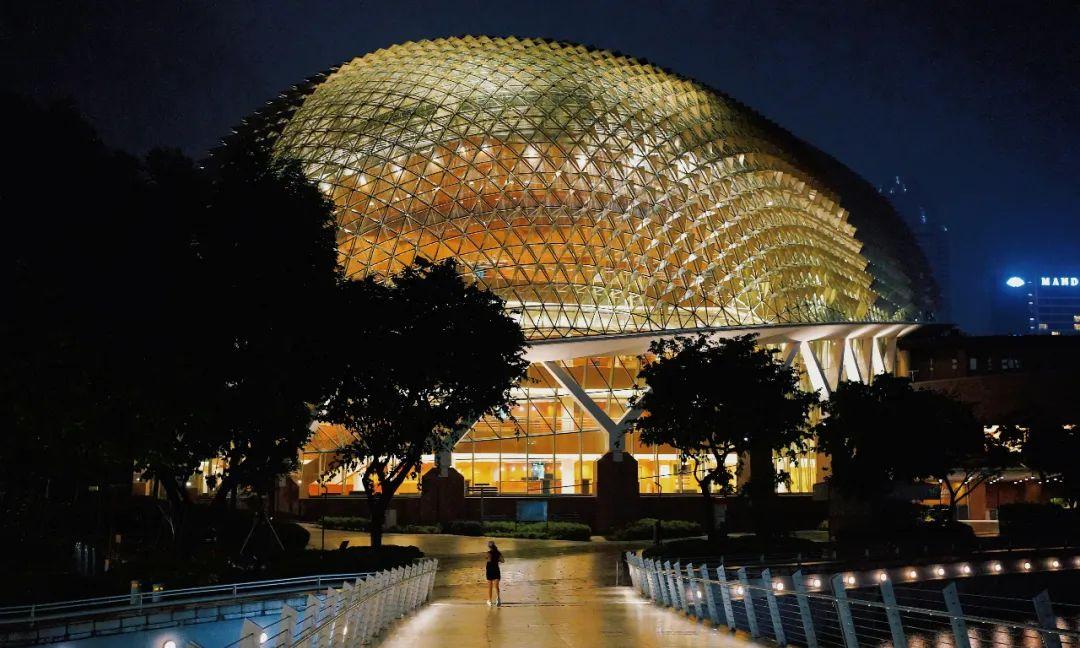
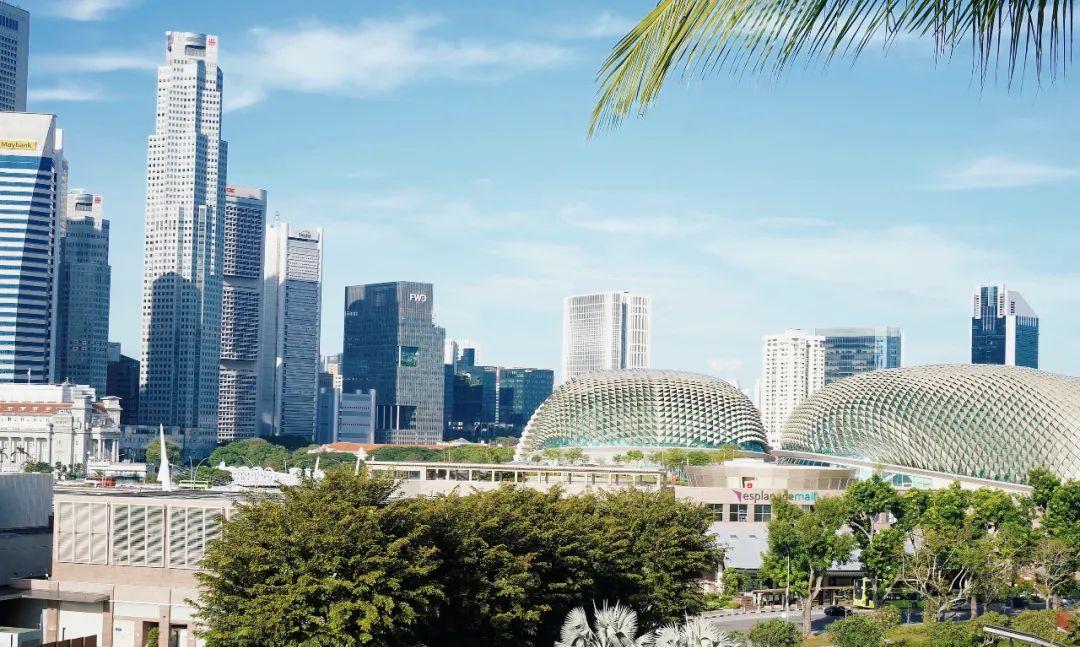
During my visit, there was a Taylor Swift concert with seven art installations related to her and a light and water show featuring her popular songs at night—all free events that have since concluded.
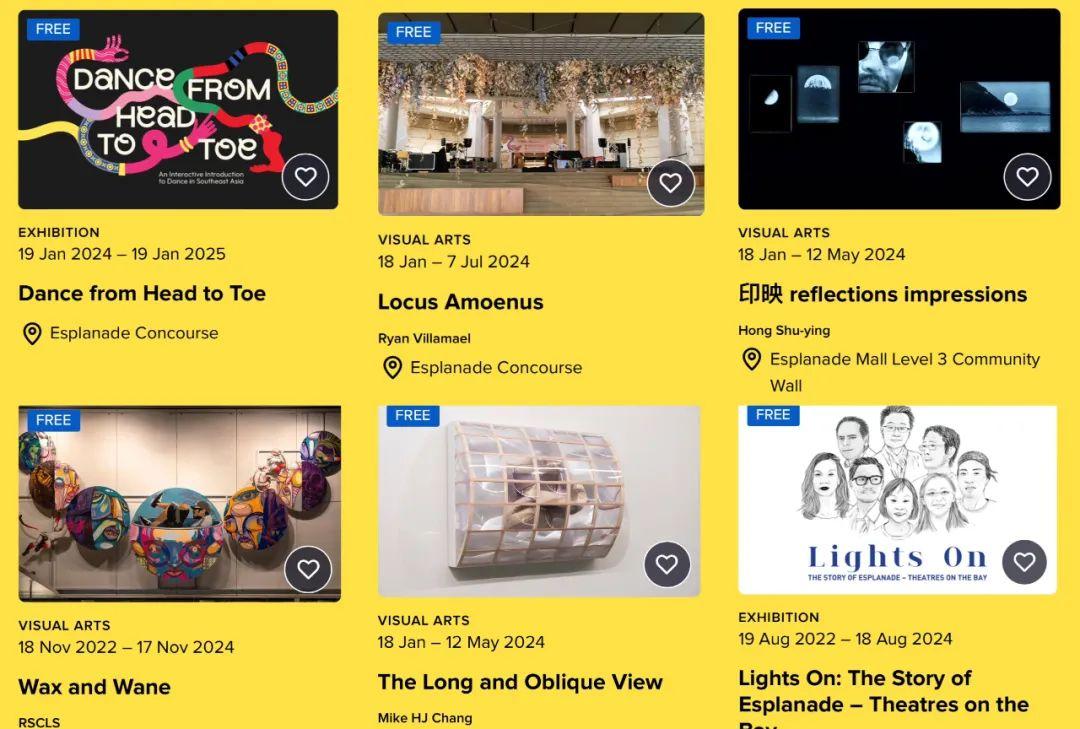
4. **Gardens by the Bay**
**⏰ Outdoor Area: 5:00 to the next day 2:00**
Gardens by the Bay consists of three sections: South Garden, East Garden, and Central Garden, spanning an expansive 101 hectares. Just walking through this lush green landscape is a joy in itself.
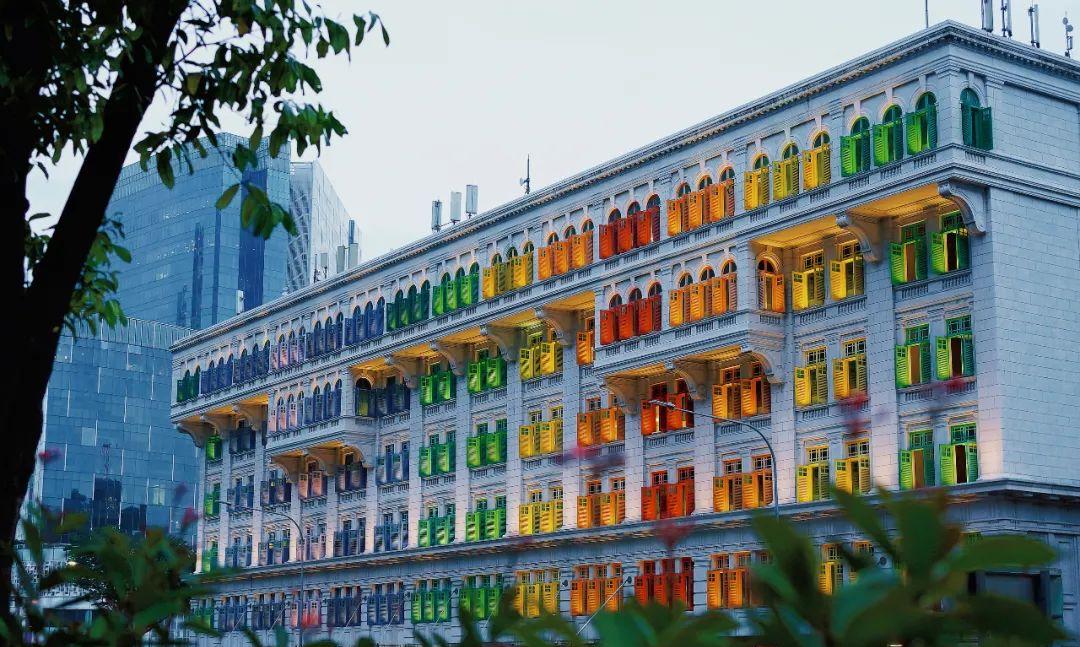
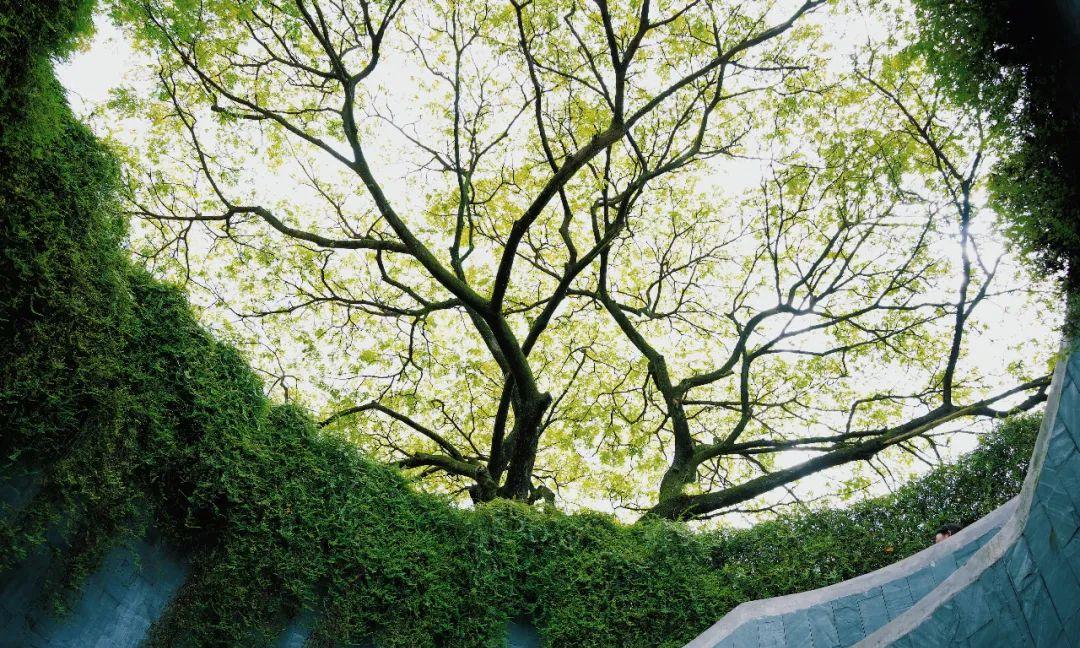
The 18 Supertrees offer vibrant colors during the day and enchanting lights at night, so visiting in the afternoon is ideal to take in the beauty at different times.
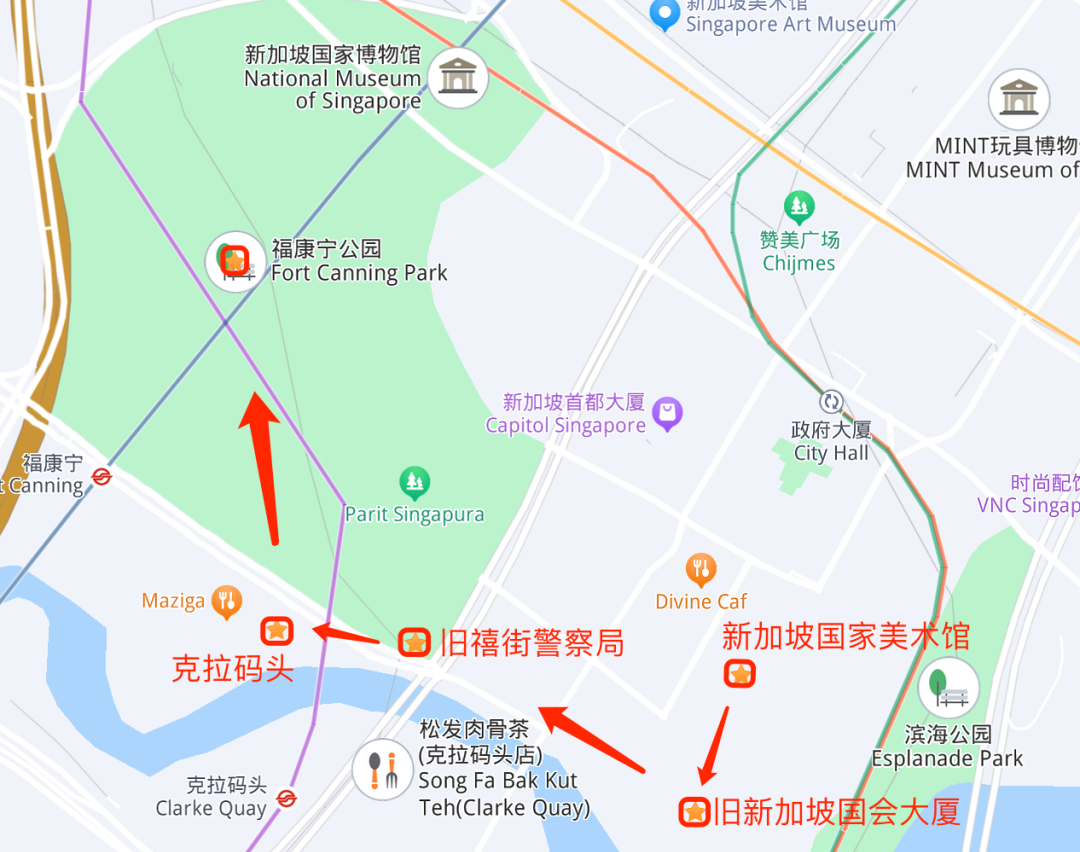
Every evening at 19:45 and 20:45, there is a free light show, and visitors gather to watch.
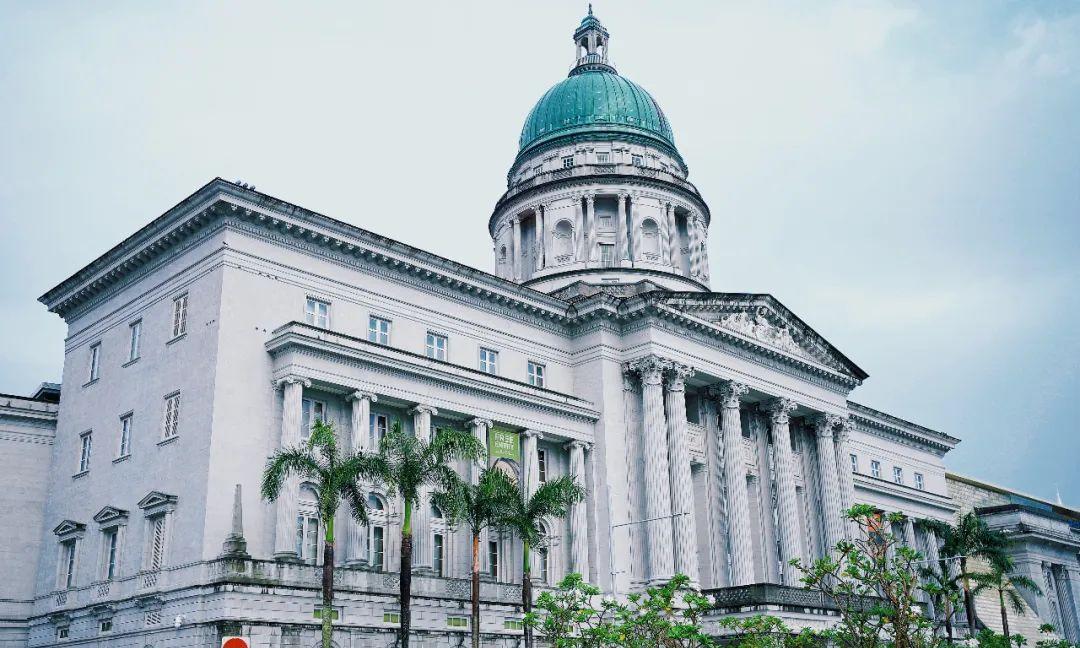
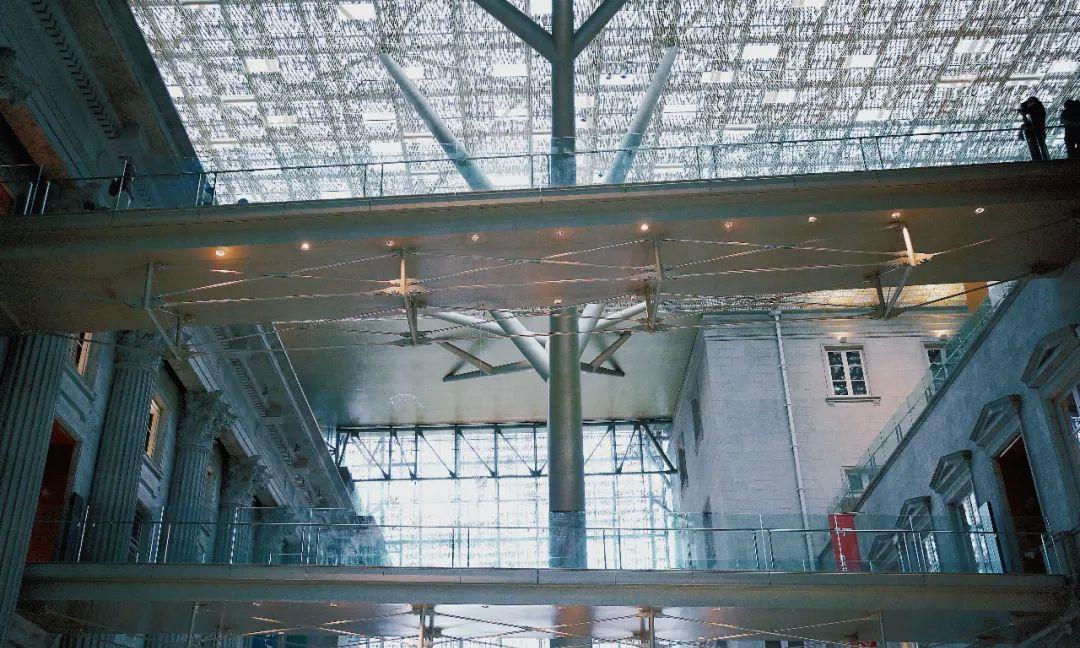
5. **Merlion Park**
The Merlion is a symbol of Singapore, where the fish tail represents Singapore’s fishing village origins, while the lion head refers to Singapore’s original name “Singapura” (meaning Lion City in Sanskrit).
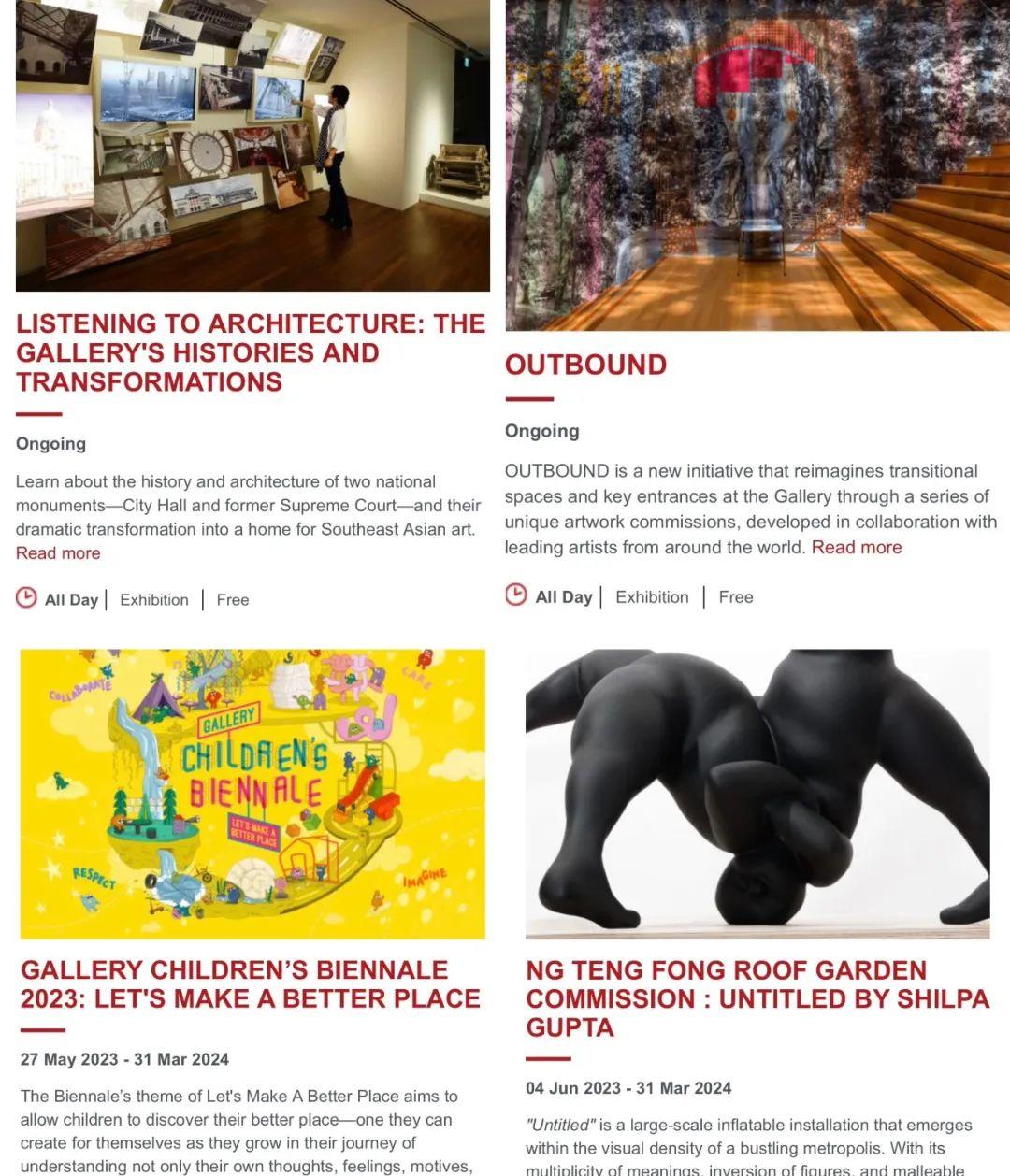
The statue in Merlion Park stands at 8.6 meters tall and weighs 70 tons, proudly spouting water into the air while facing eastward, symbolizing prosperity and good fortune.
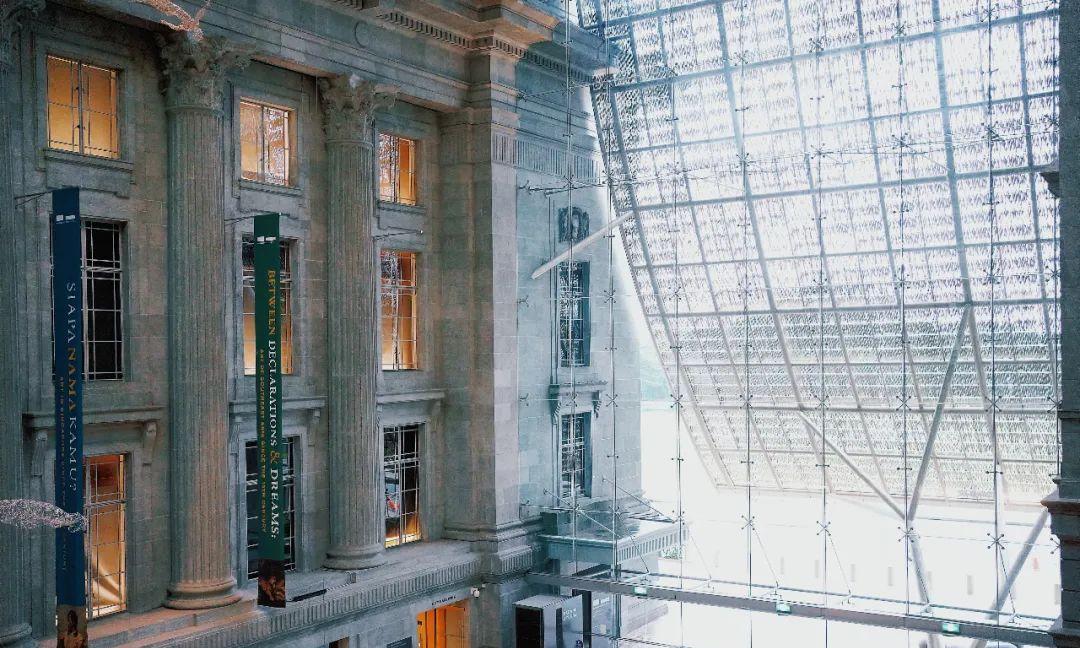
The Merlion Park offers stunning views right across from Marina Bay Sands.
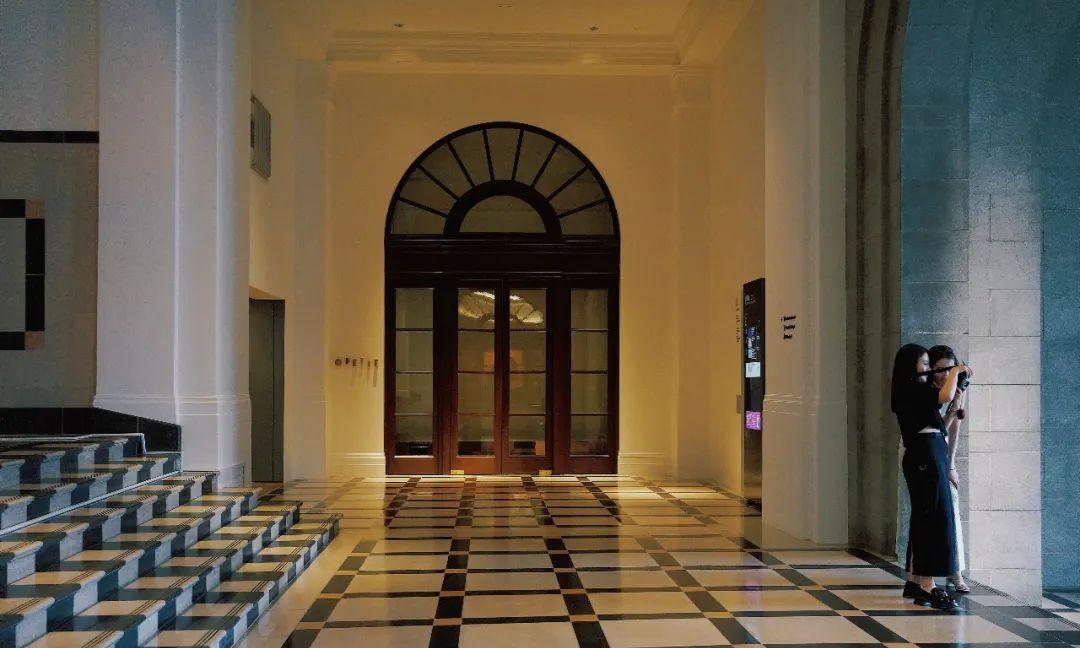
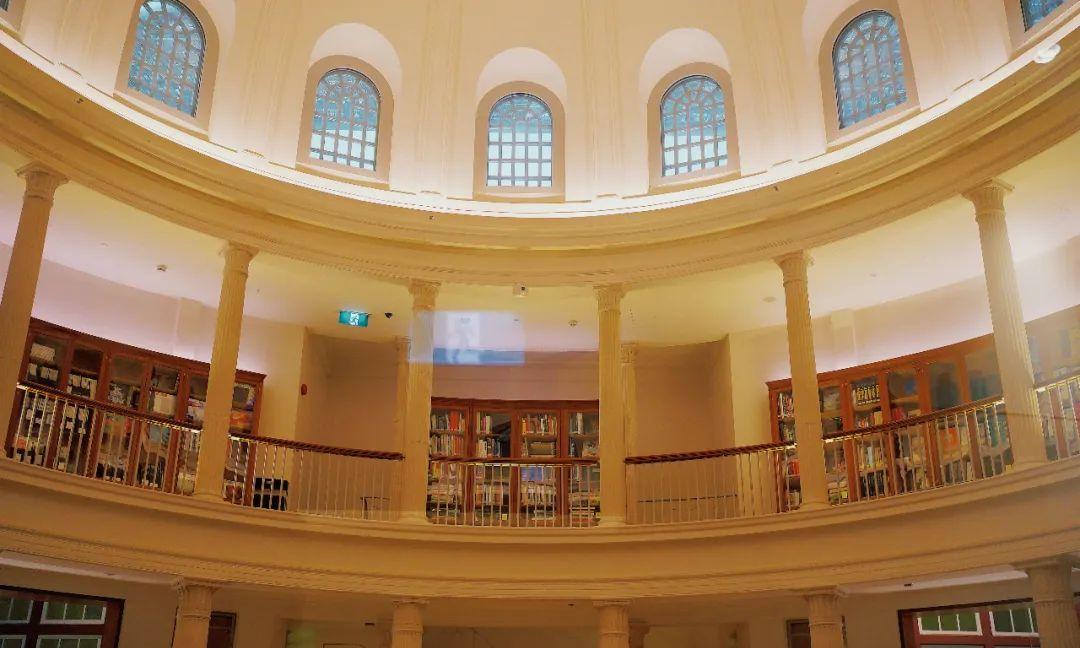
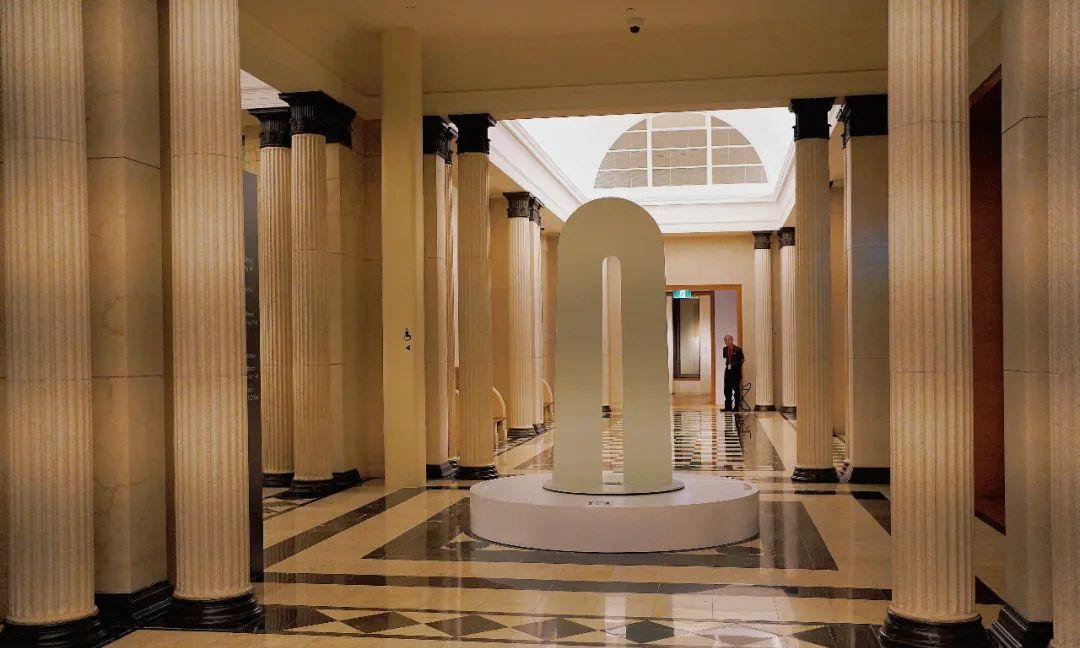
After seeing the Merlion several times, I developed a fondness for both its majestic and adorable shape, even buying souvenirs like Merlion-themed fridge magnets and a Starbucks bear.
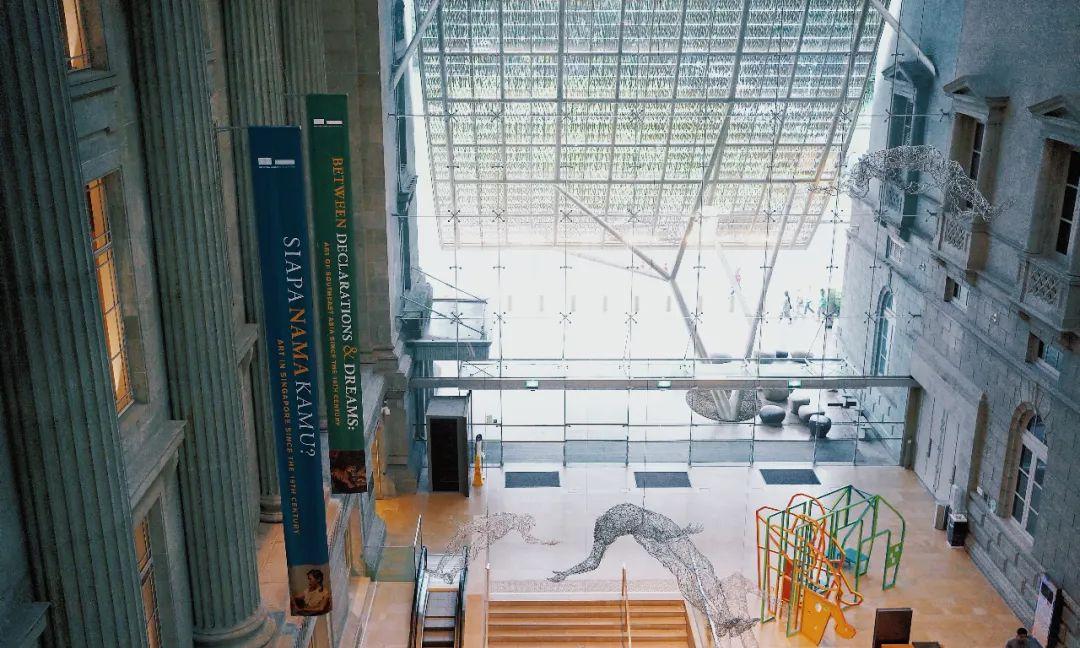
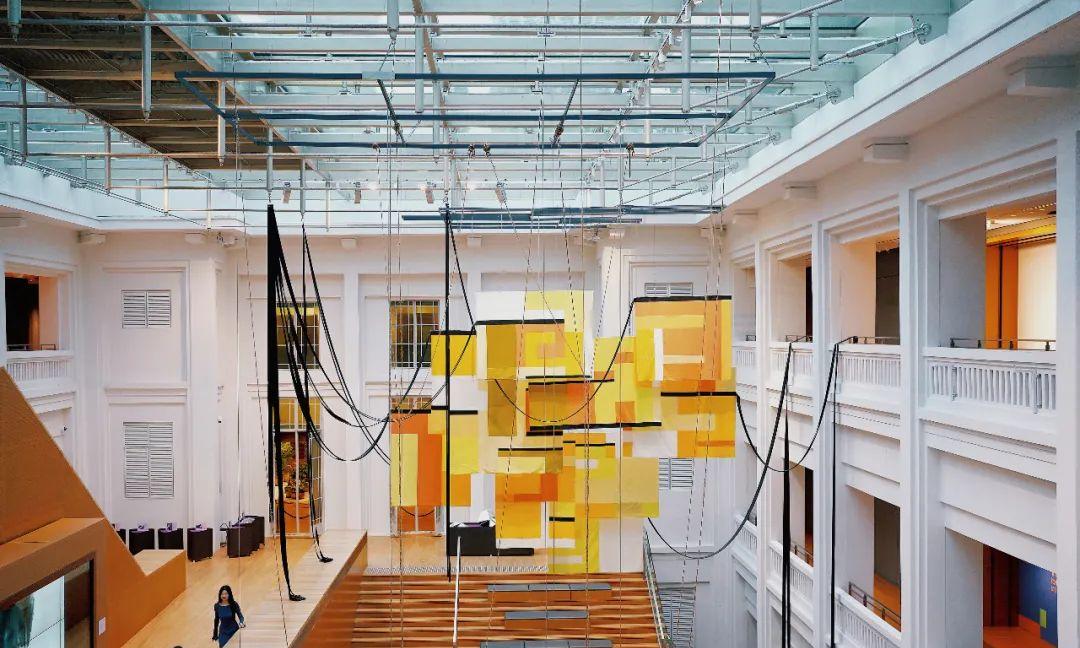
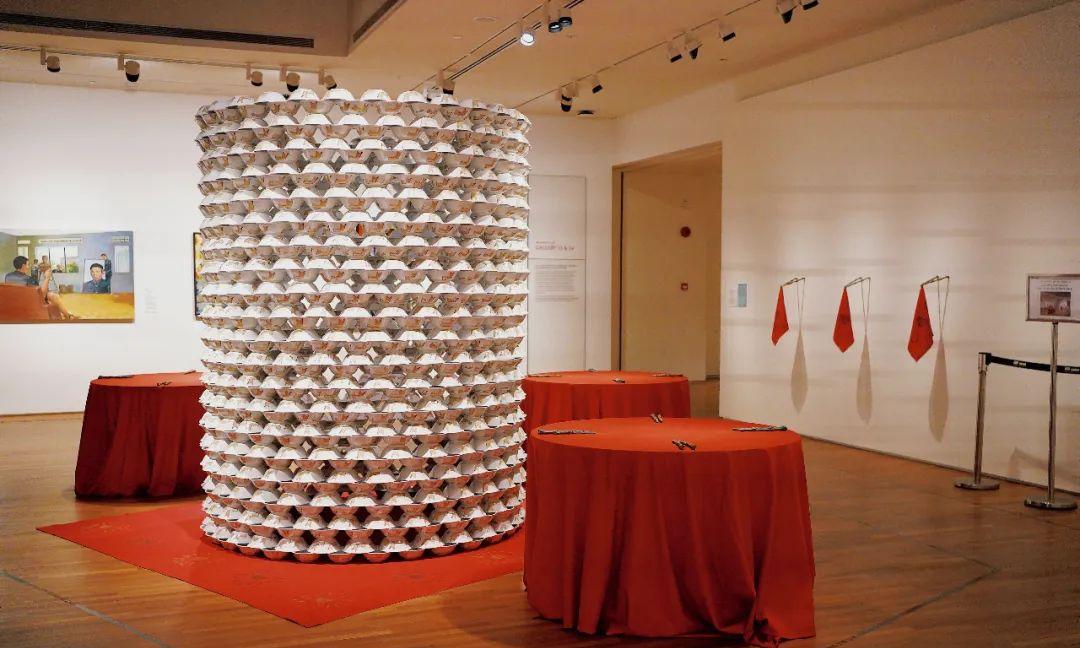
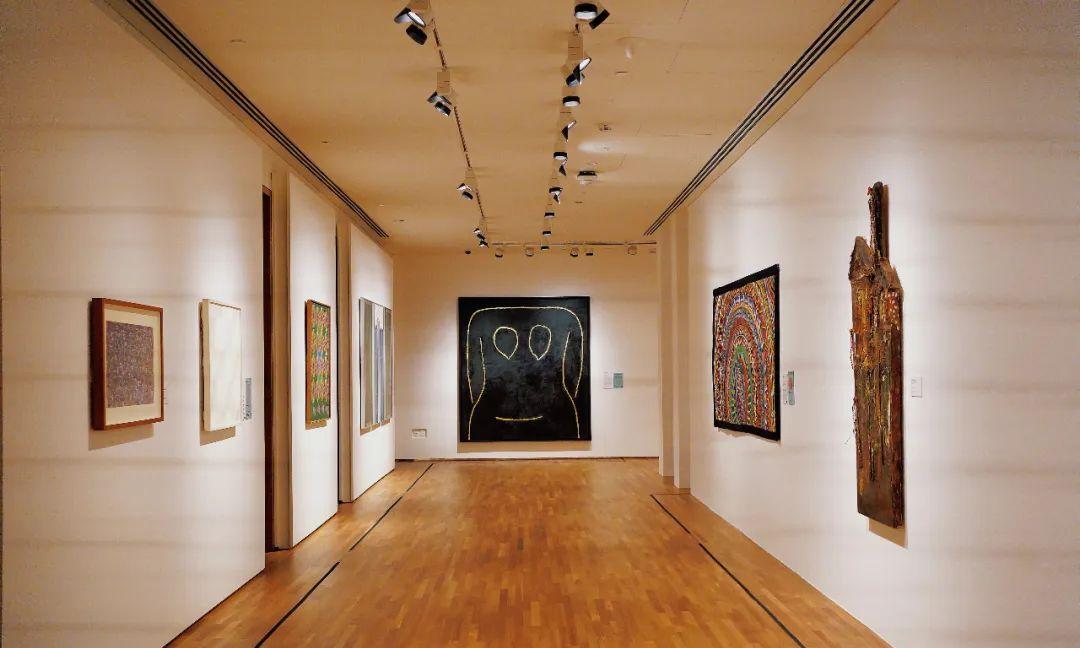
6. **Esplanade**
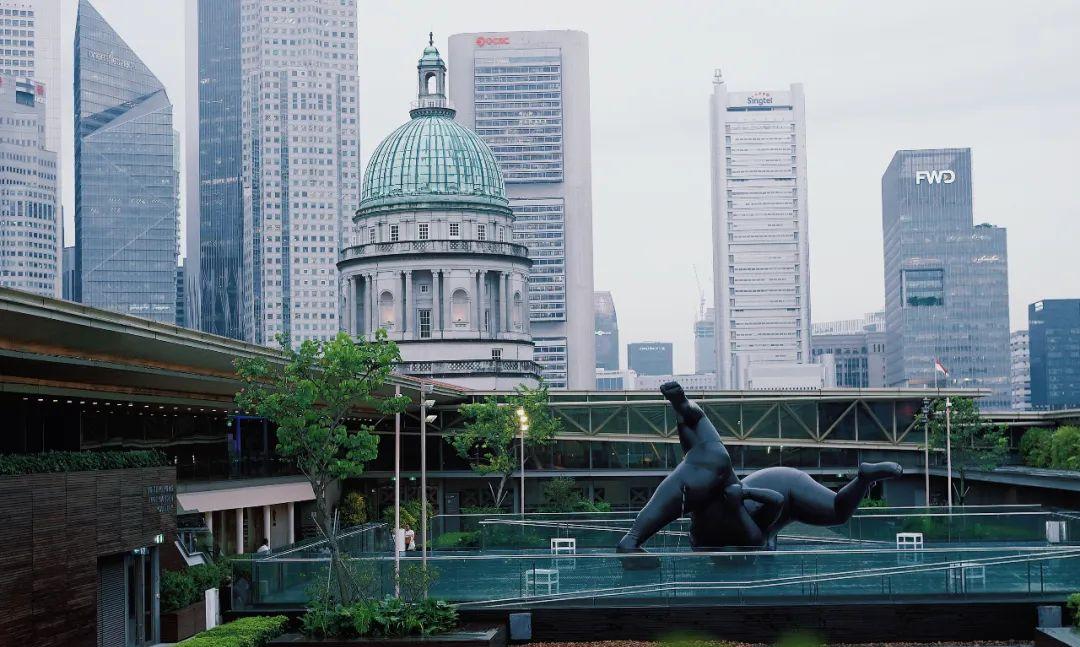
Cross the Jubilee Bridge to arrive at the Esplanade.
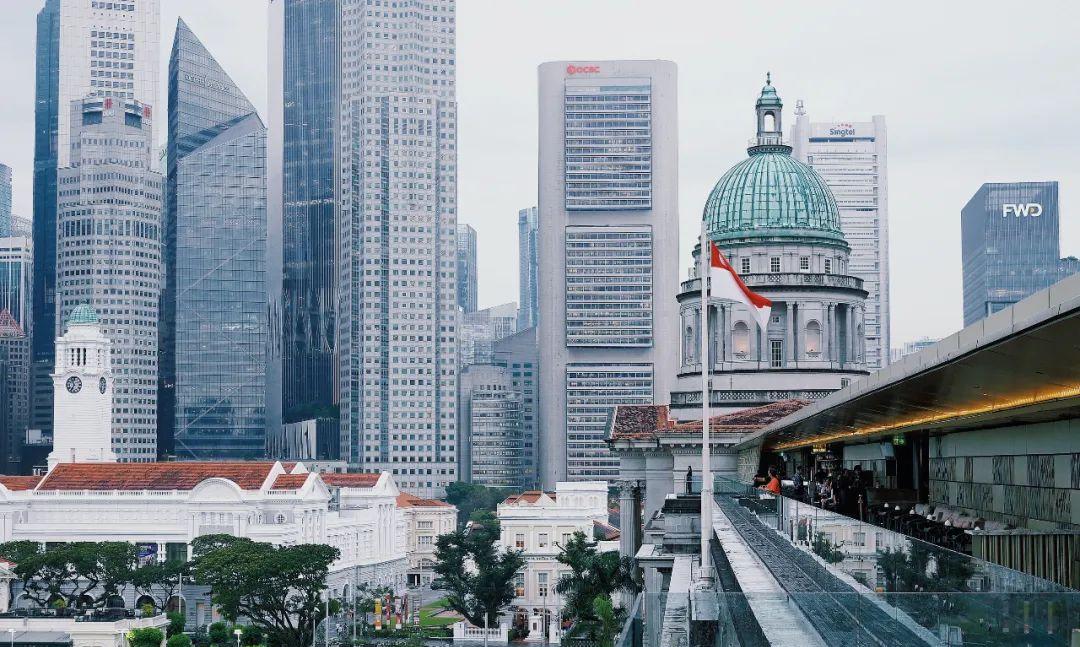
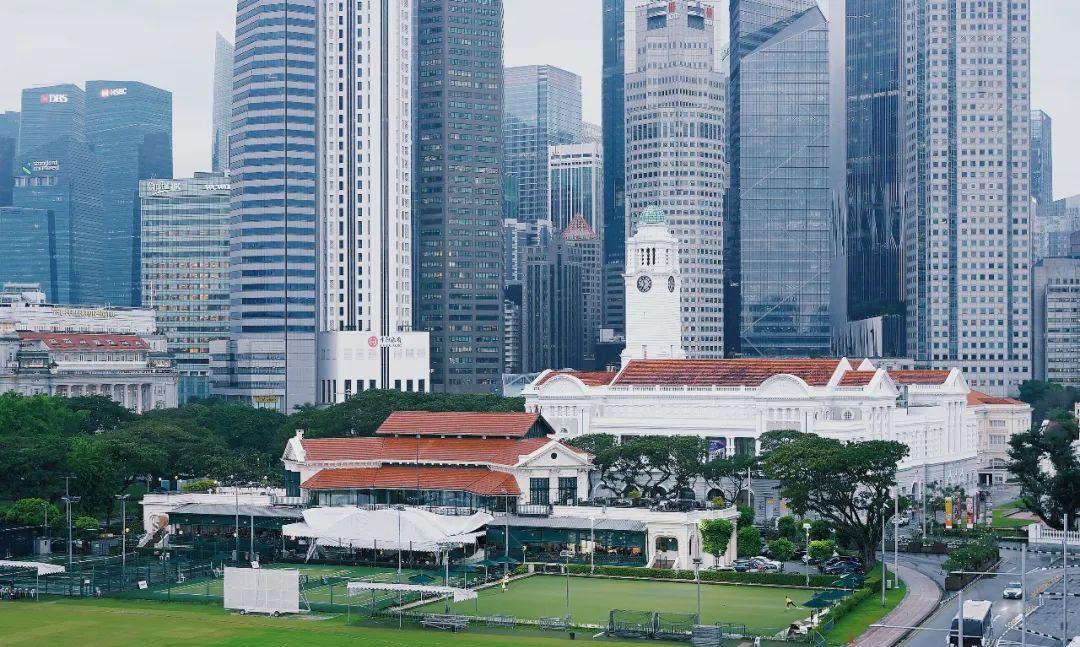
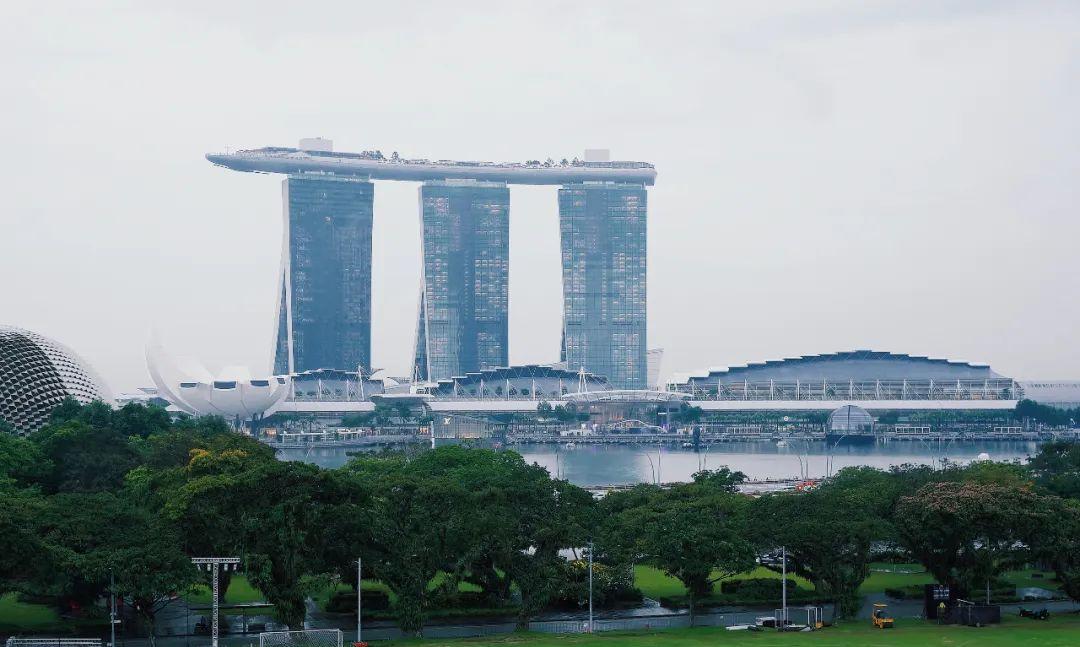
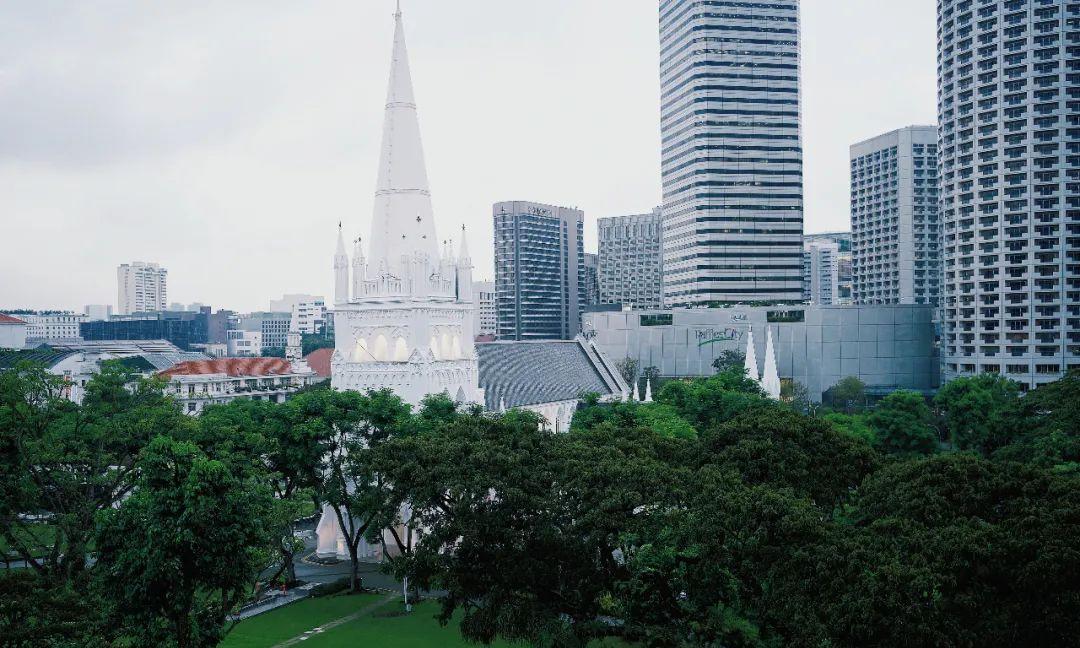
I must say, the Esplanade looks even more beautiful at night; illuminated, it resembles a giant golden durian.
It offers exhibitions and performances, many of which are free. You can check their official website for current happenings: www.esplanade.com
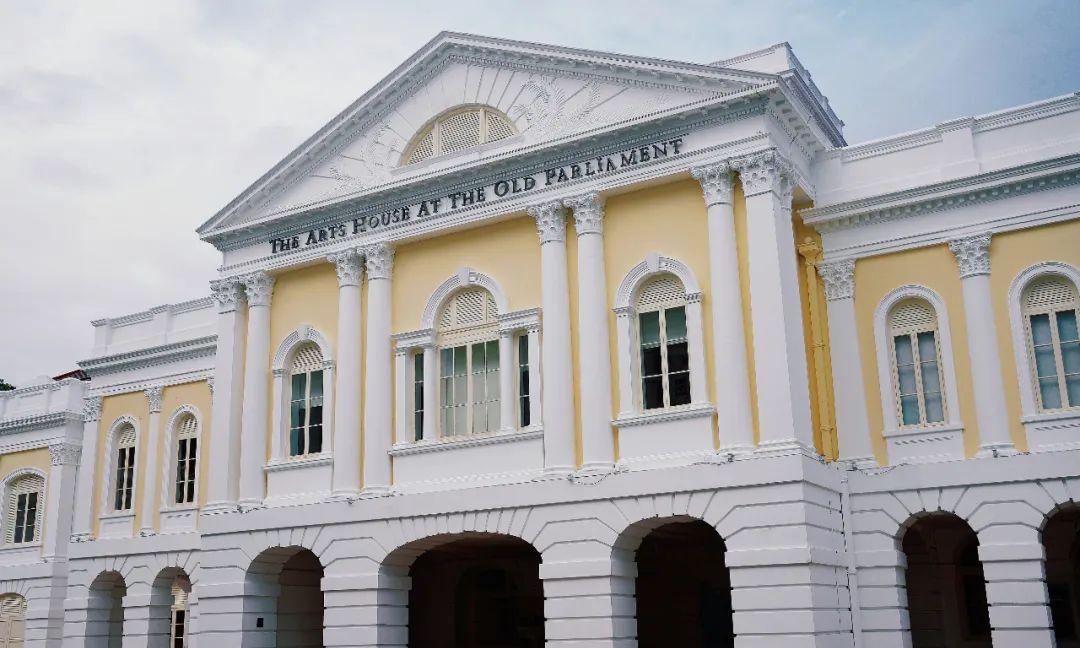
**Recent Free Experiences**
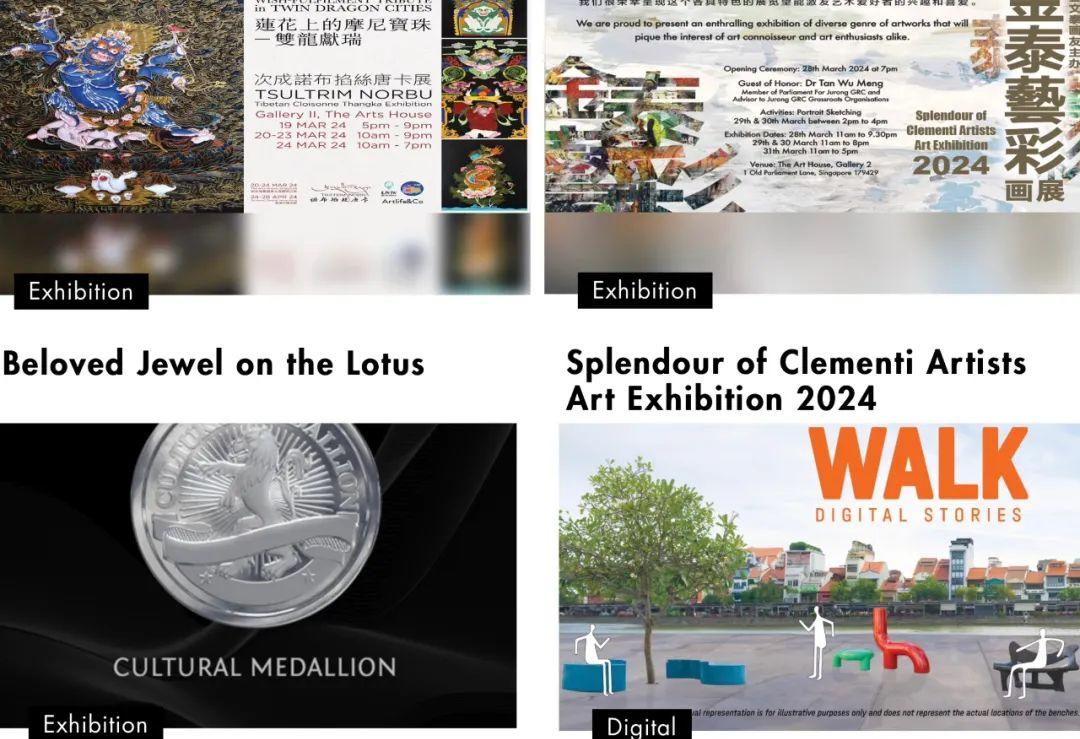
**Route 2: Instagrammable Spots for Memorable Photos**
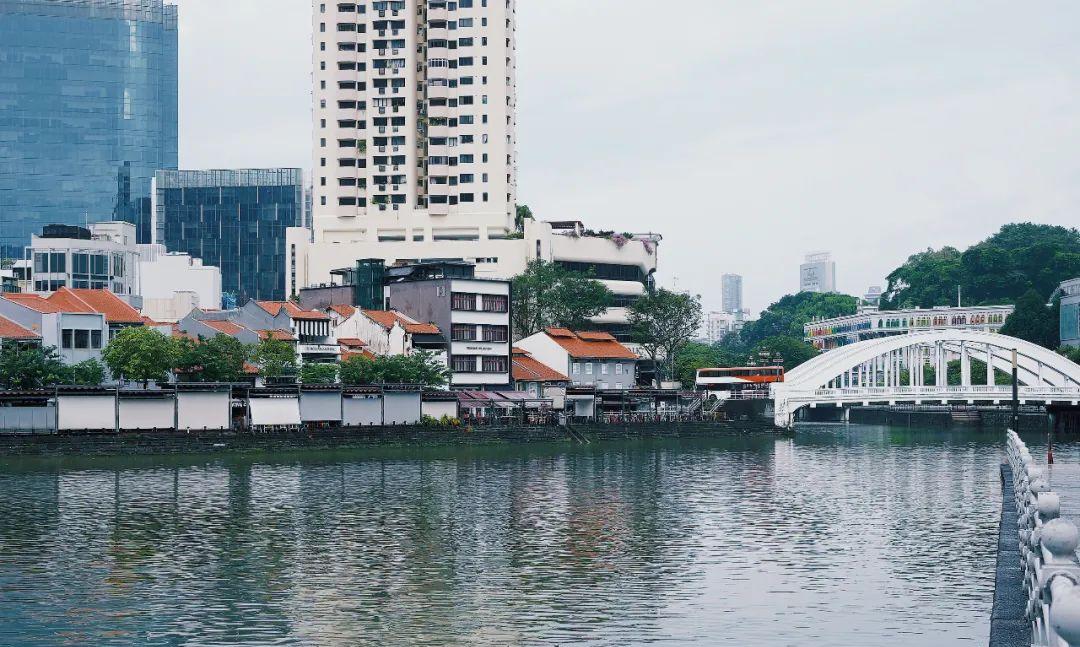
**✅ National Gallery Singapore – Old Singapore Parliament House – Old Hill Street Police Station – Clarke Quay – Fort Canning Park**
The buildings along this route boast impressive aesthetics, making them popular Instagrammable spots.
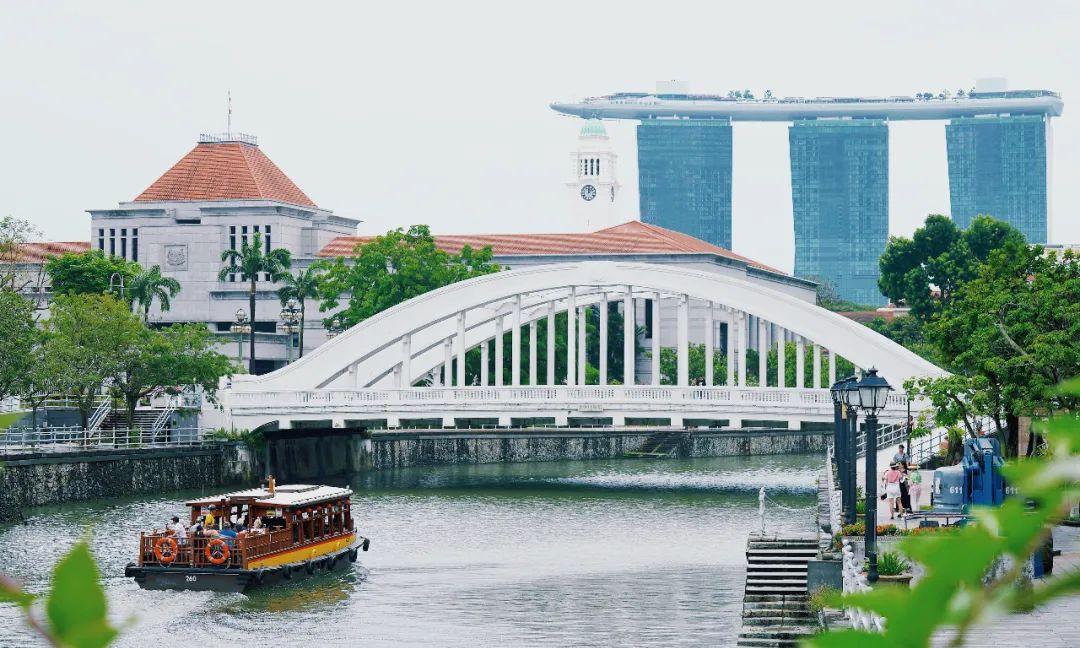
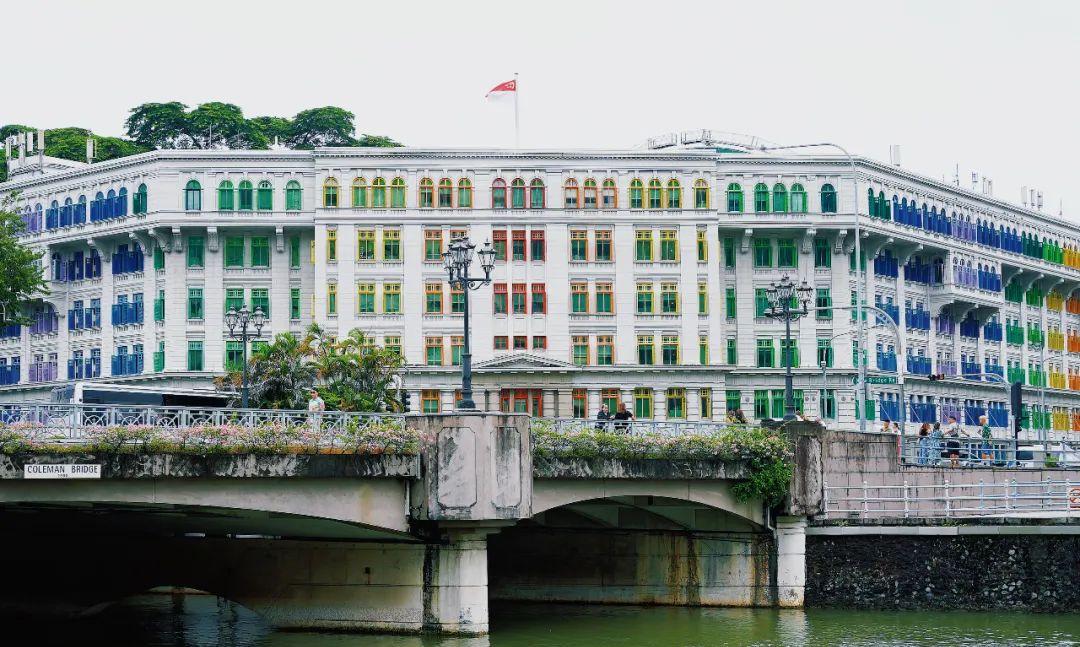
The focus of this tour is the “National Gallery Singapore” and “Fort Canning Park,” where one can admire beautiful indoor architecture or explore historical relics amid lush greenery.
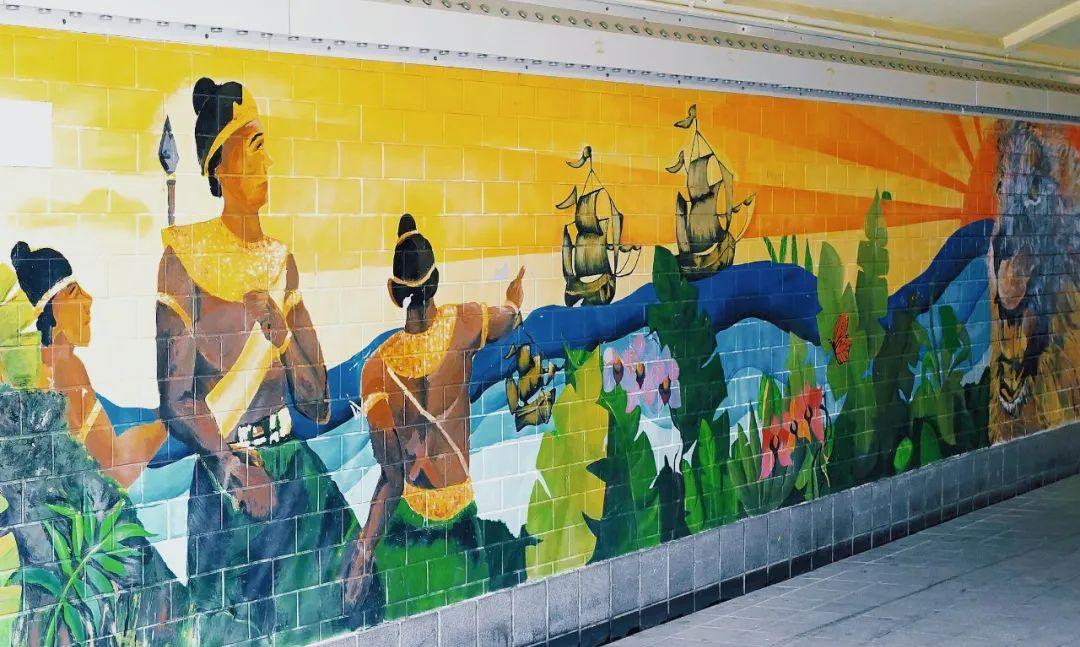
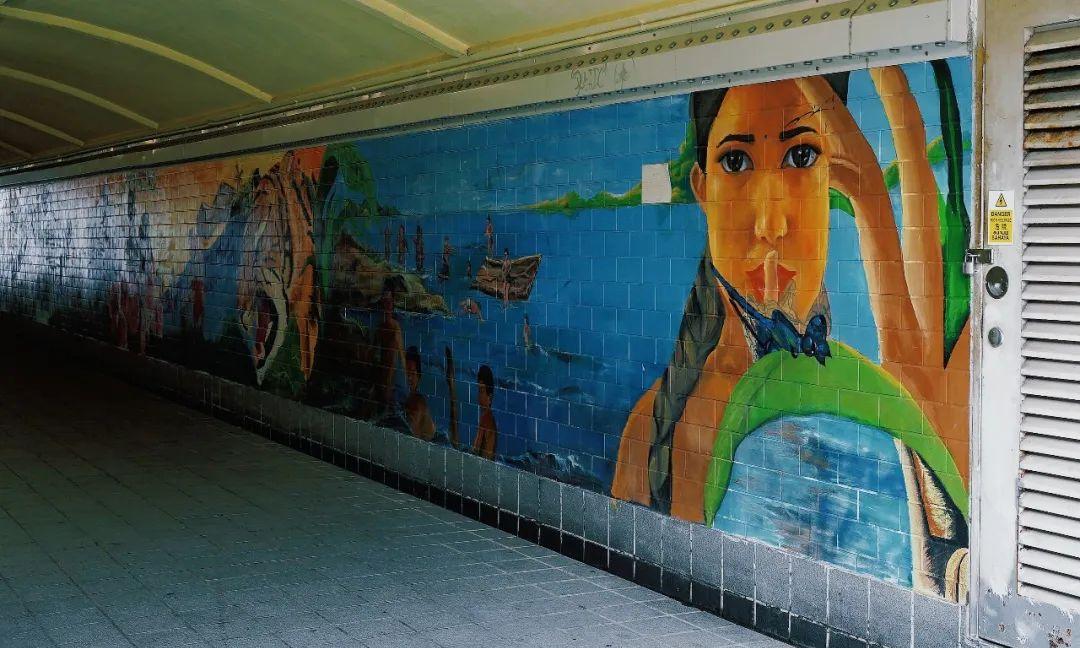
1. **National Gallery Singapore**
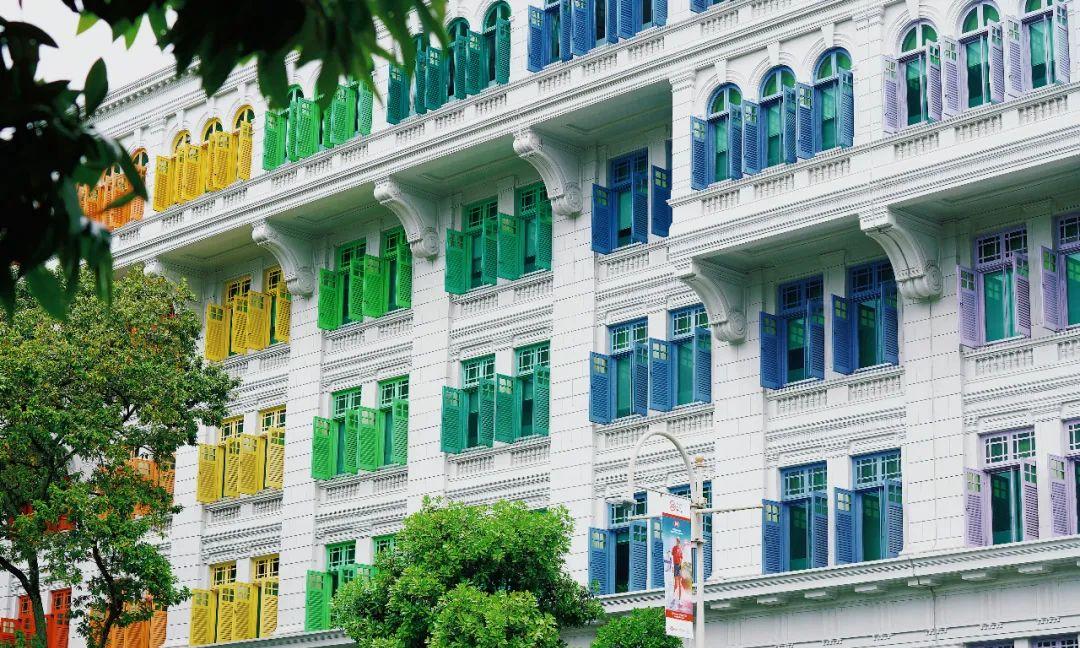
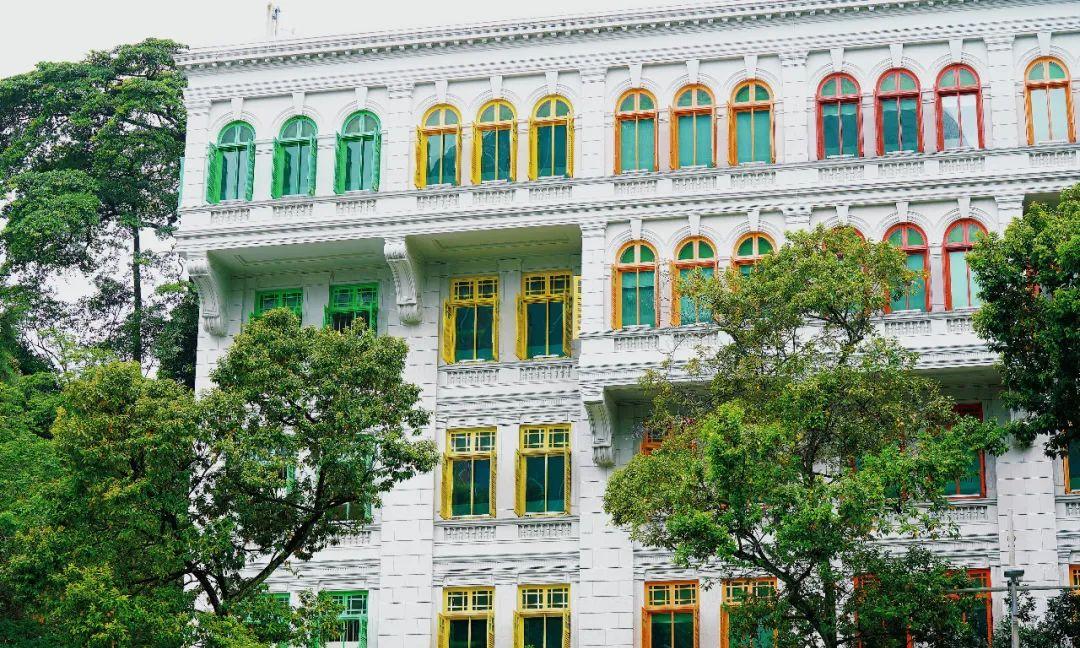
**⏰ 10:00-19:00**
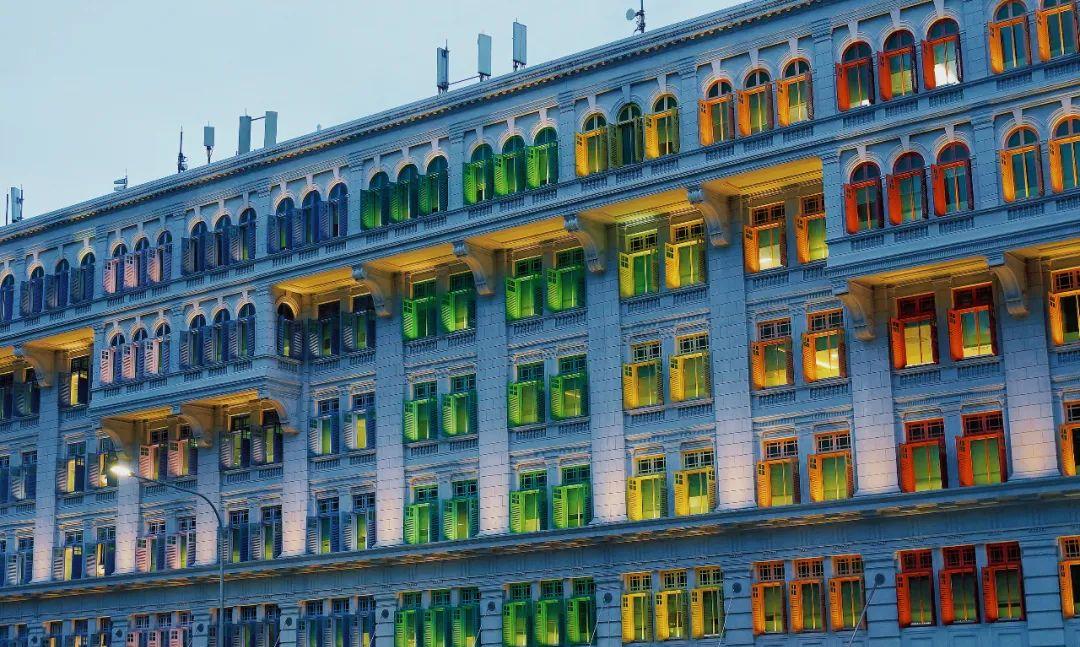
Admission to the National Gallery costs 20 SGD, but many areas are accessible free of charge! Popular spots for taking photos can be explored without purchasing a ticket!
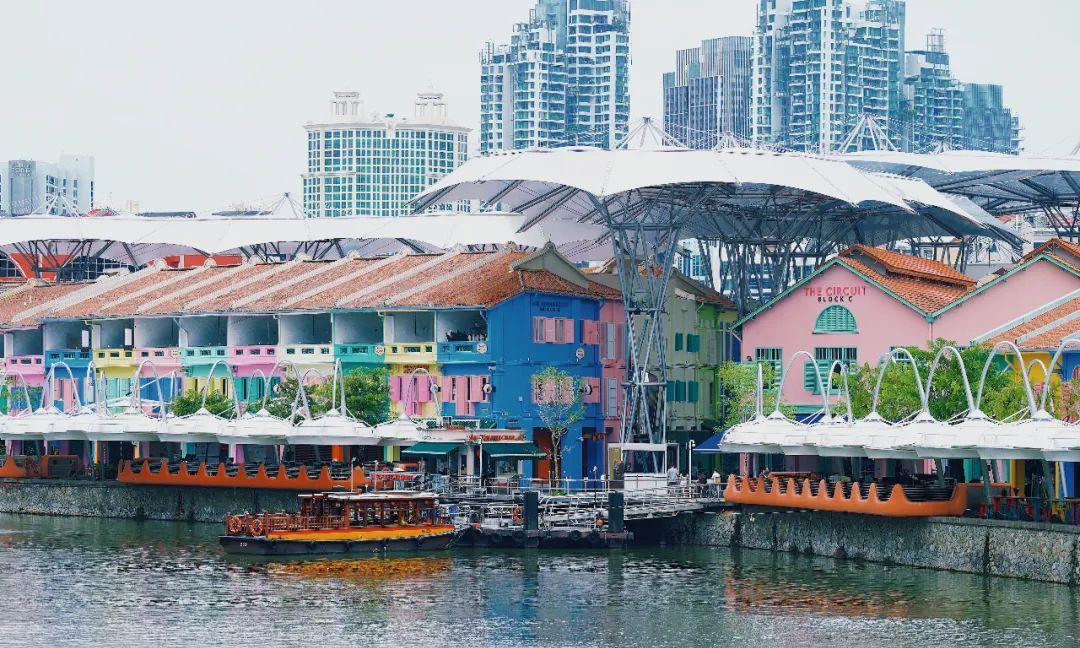
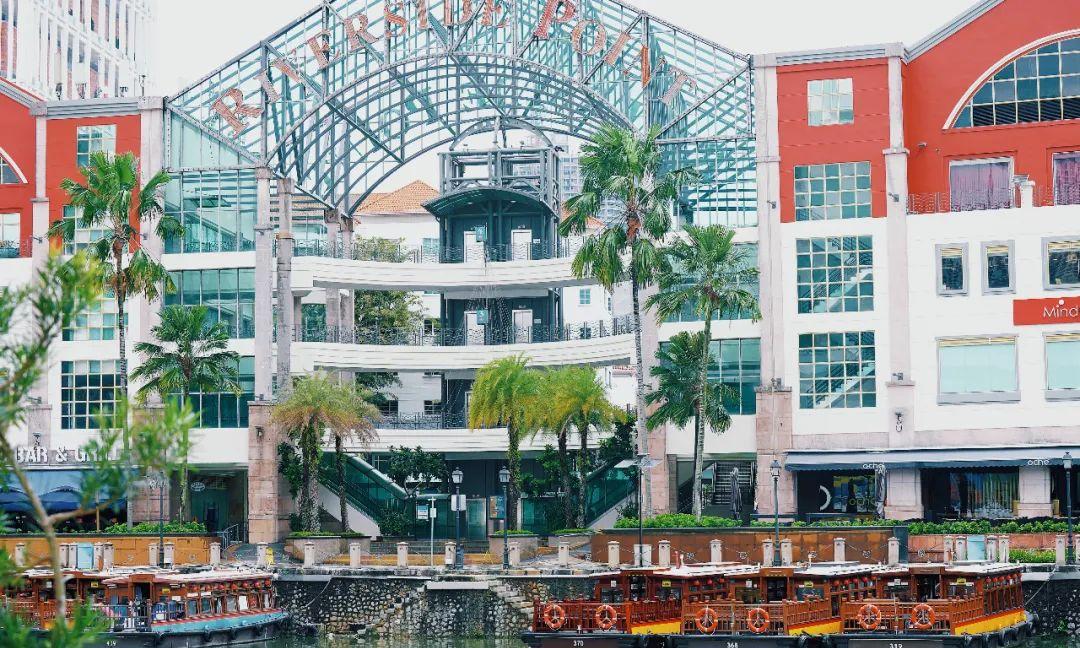
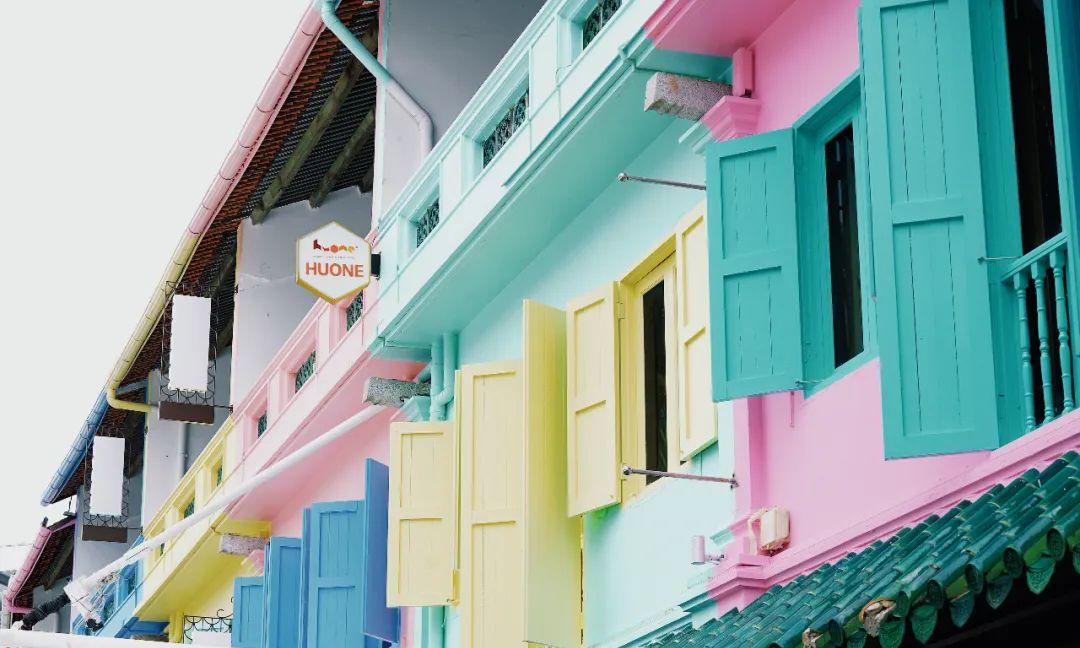
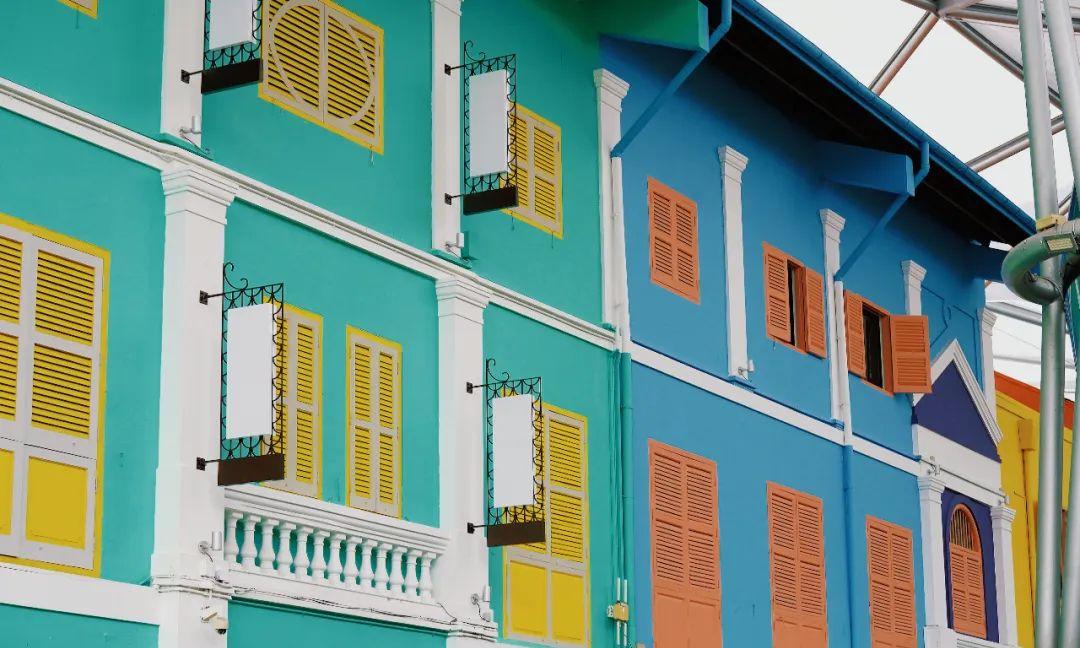
The official website lists free exhibitions available without entry fees: www.nationalgallery.sg
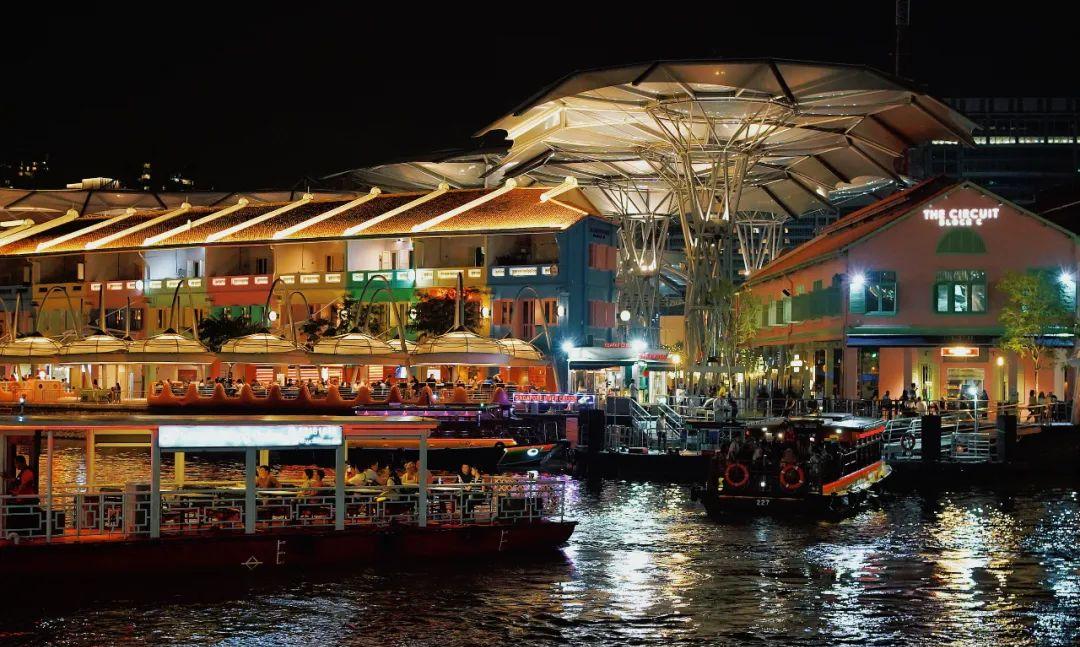
The gallery features a unique architectural design, constructed from the Old Supreme Court and the City Hall, now interconnected to cover a total area of 64,000 square meters.
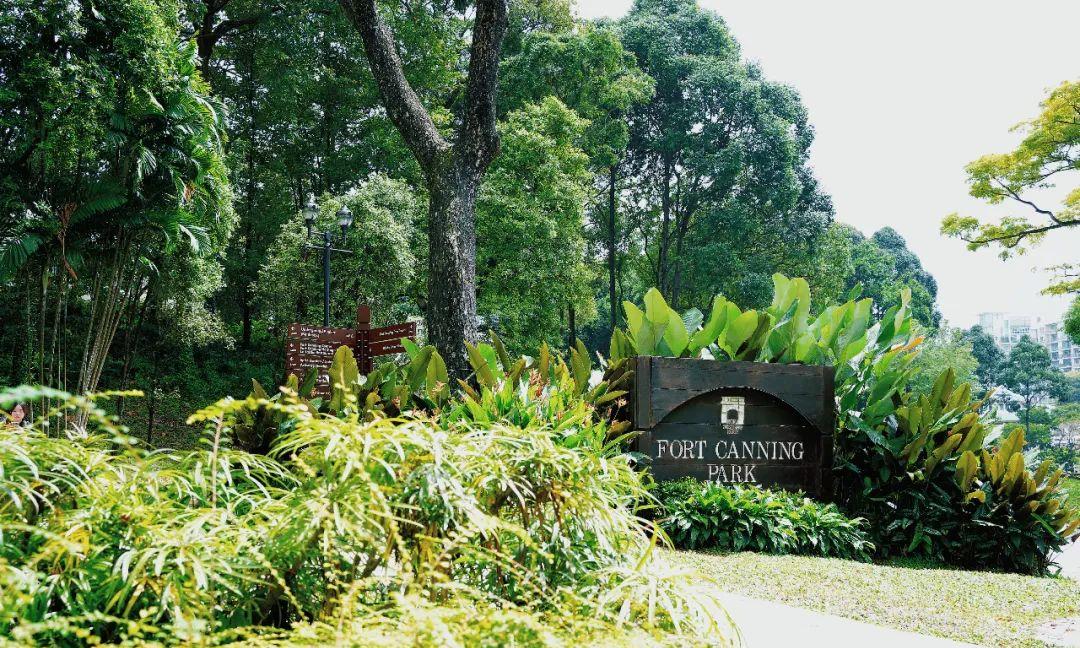
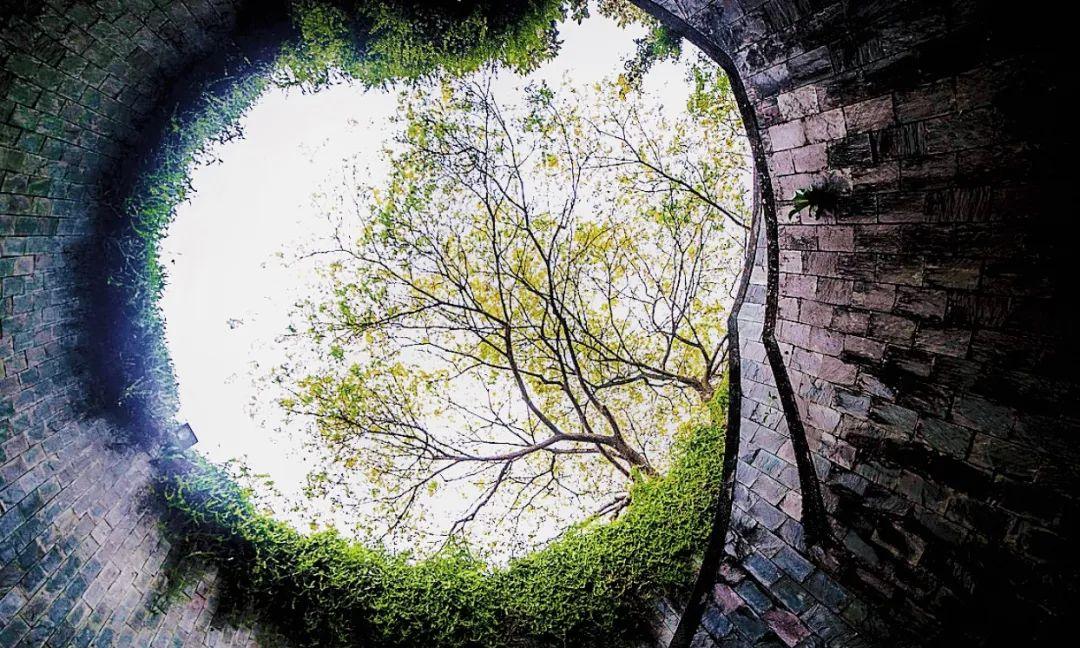
I initially entered through a side door in one building, wandering through multiple floors in vain, unable to locate the iconic link corridor.
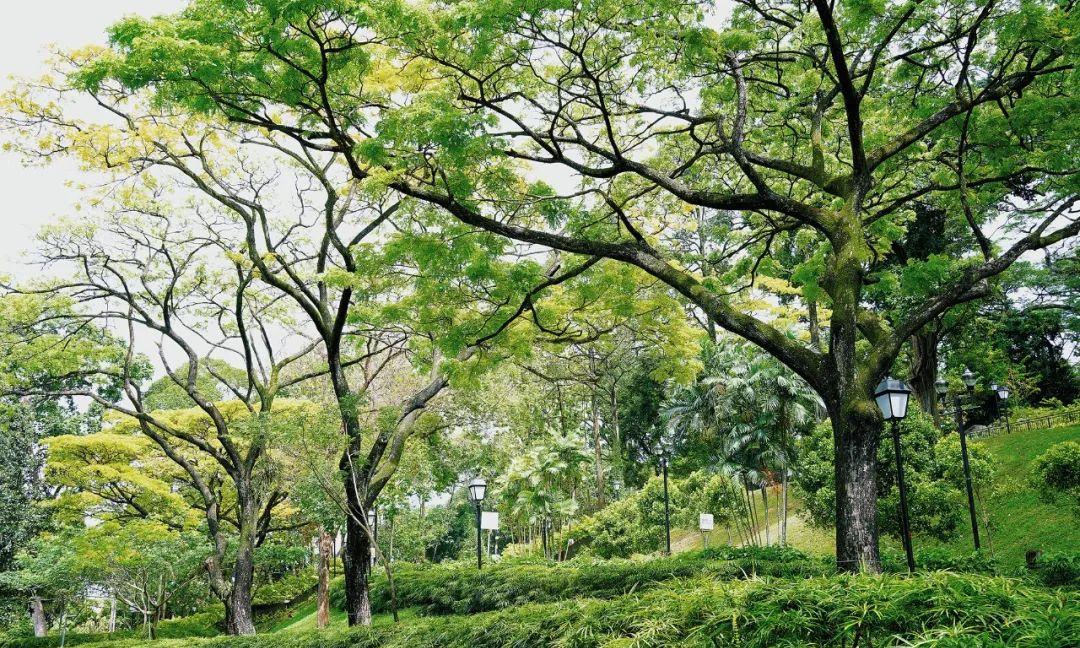
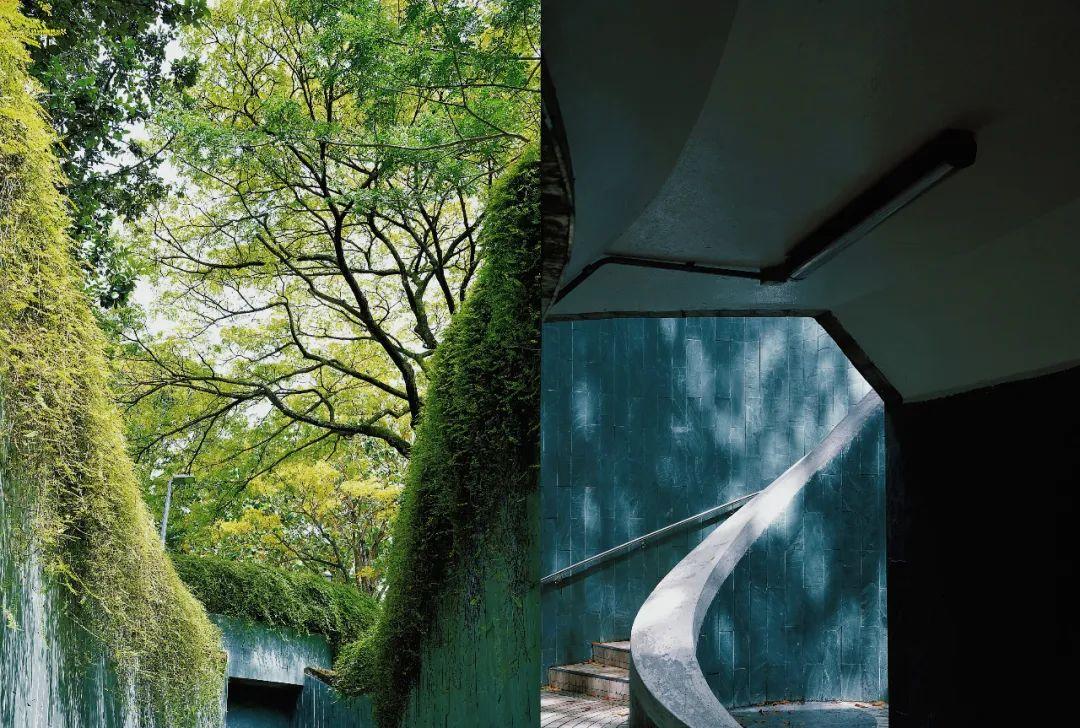
Eventually, I crossed through a glass door to the other building and realized I hadn’t fully explored yet.
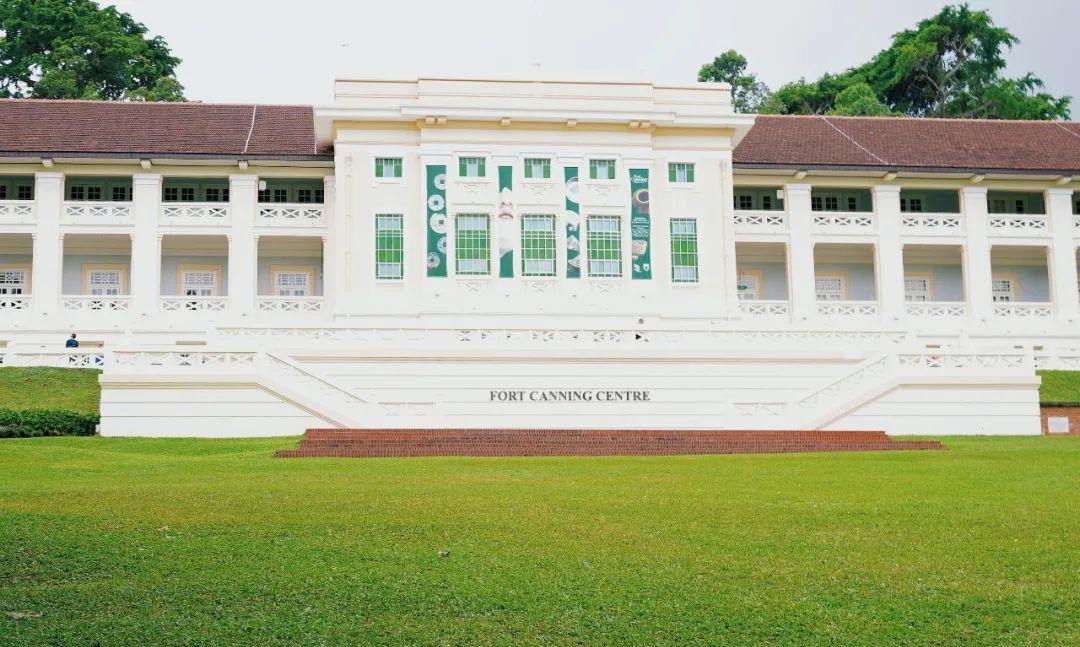
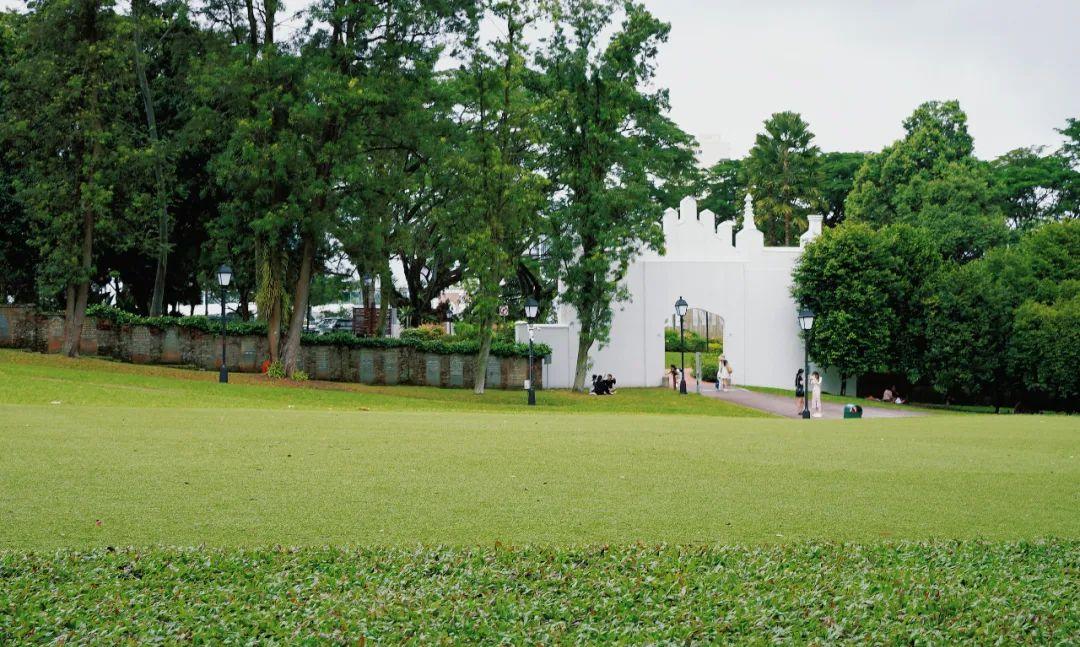
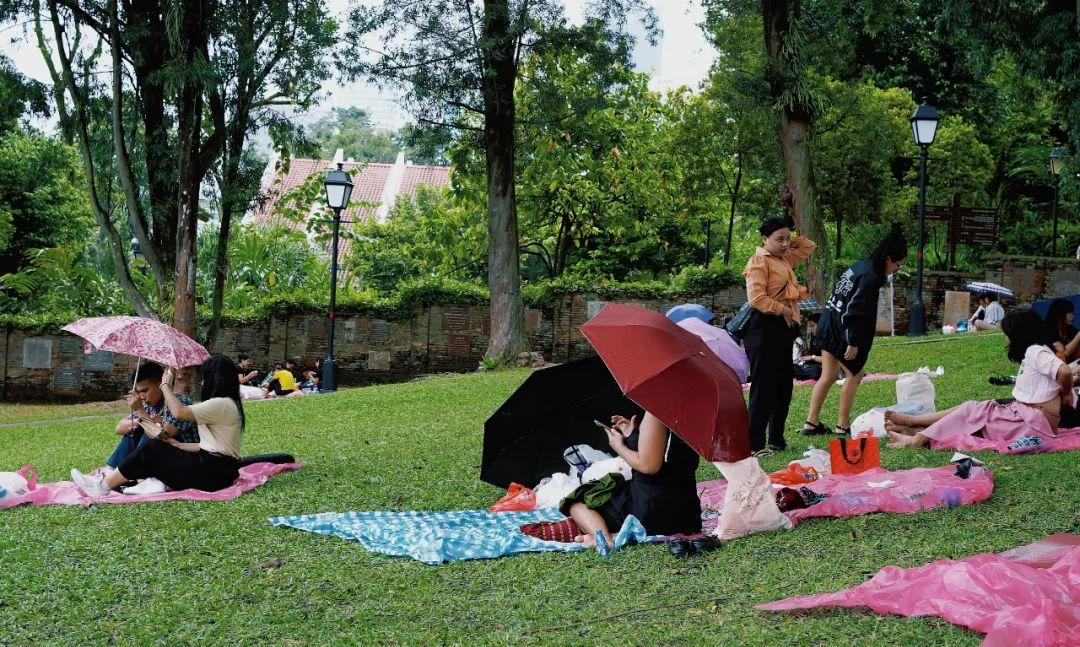
The first floor of the other building is actually more visually appealing.
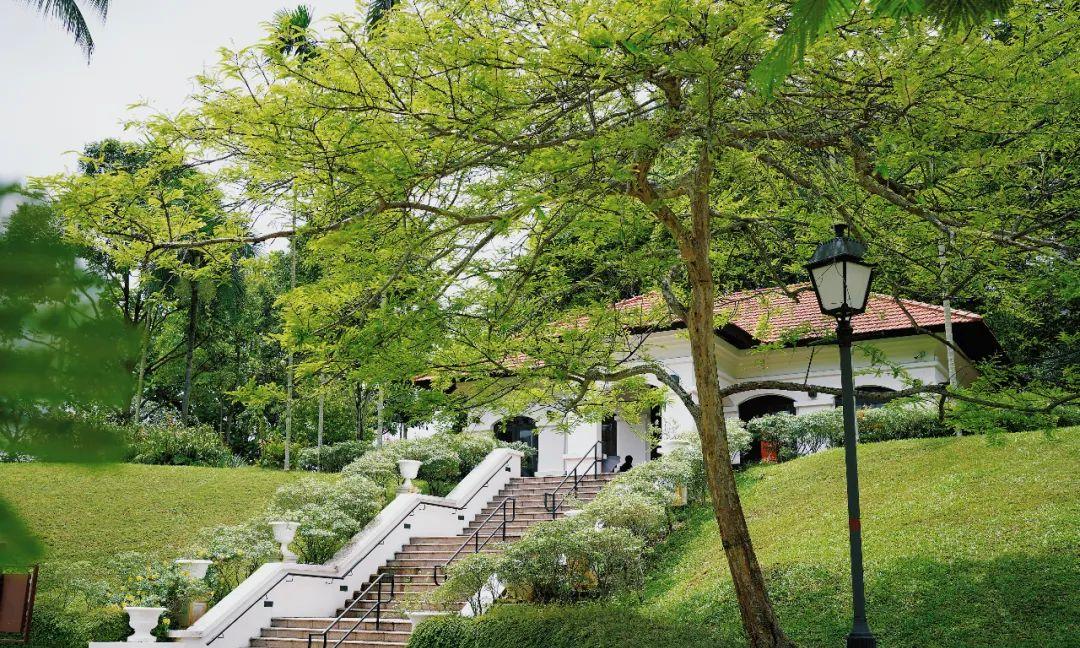
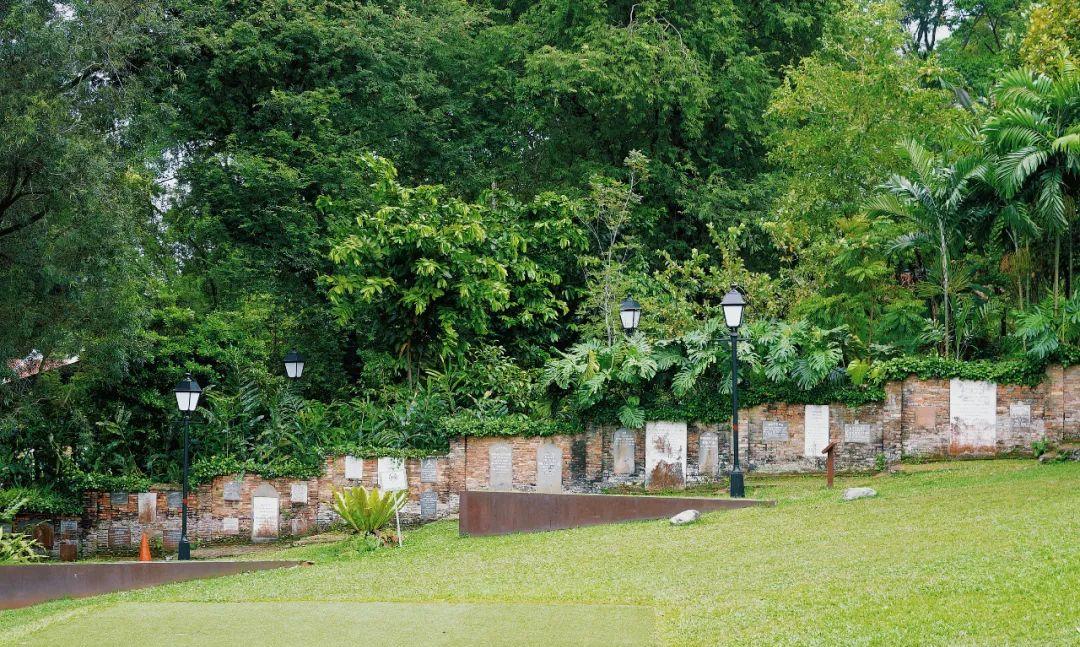
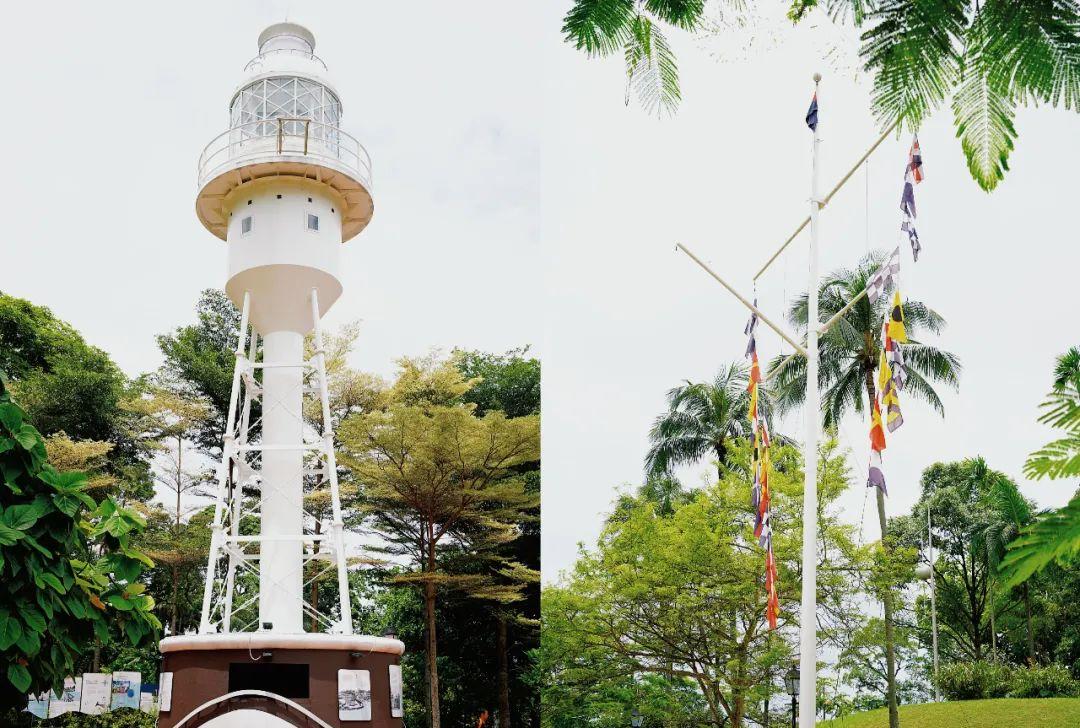
Exhibitions are primarily concentrated on the second to fourth floors.
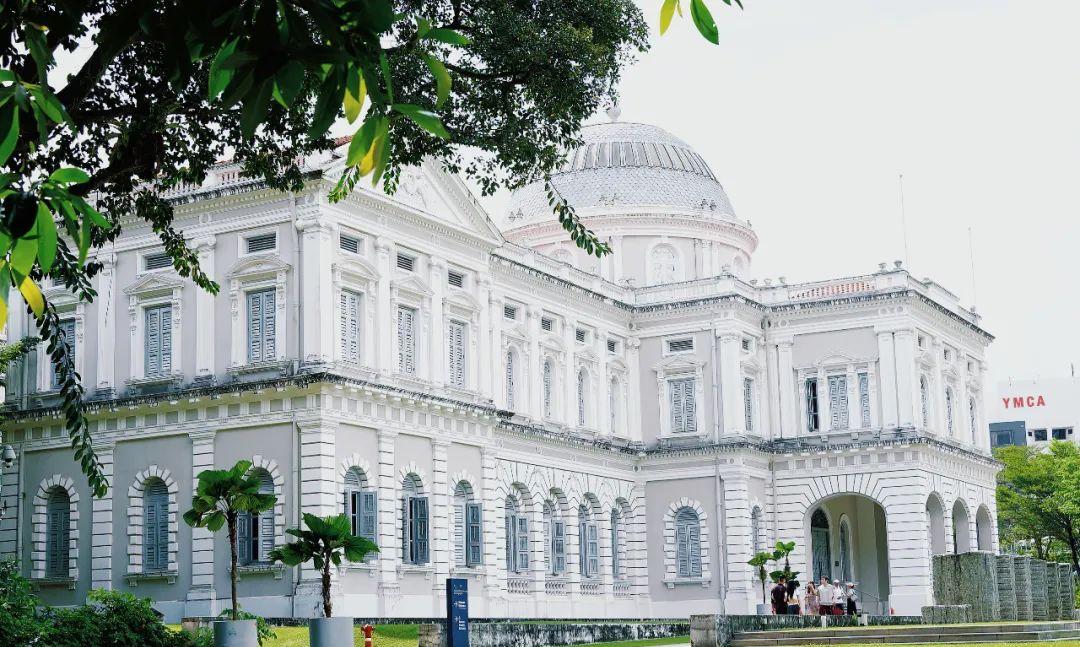
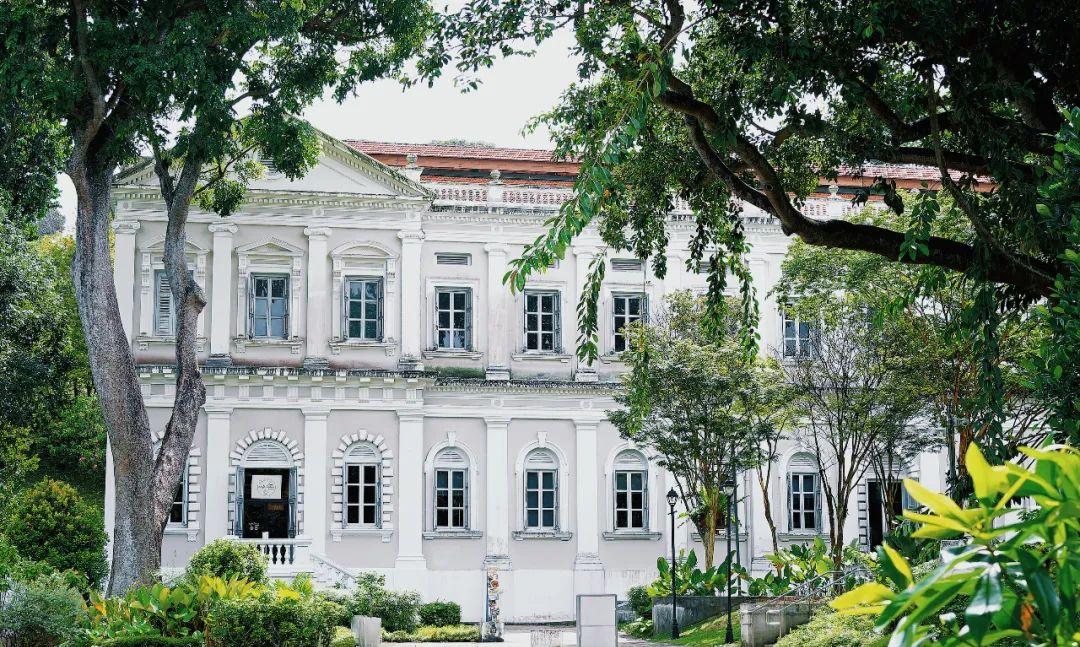
There’s a rooftop garden on the fifth floor.
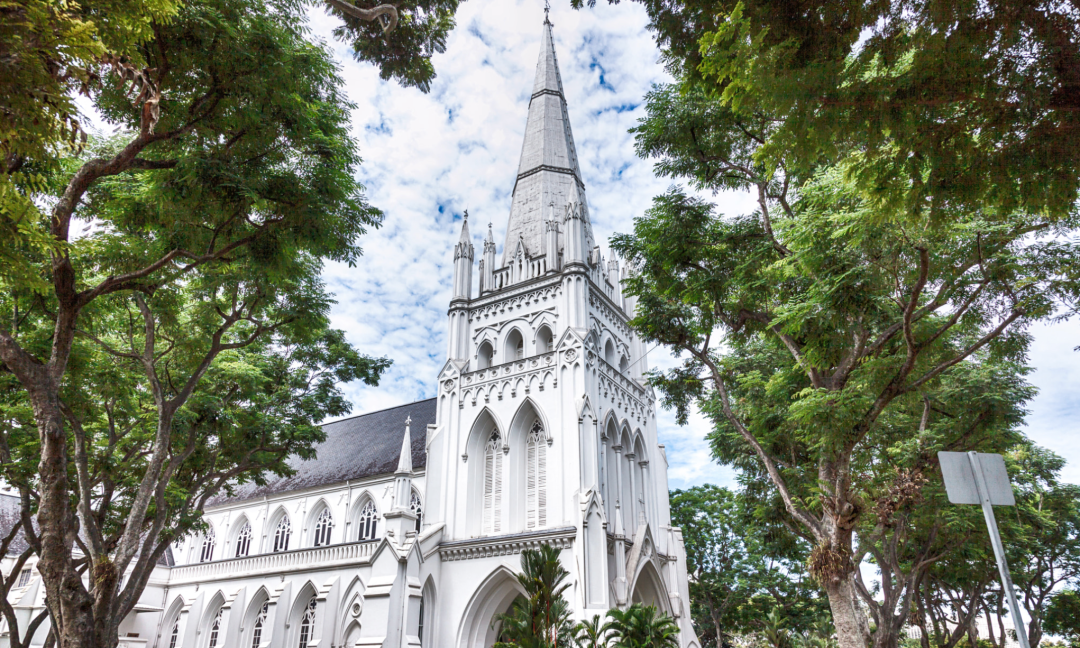
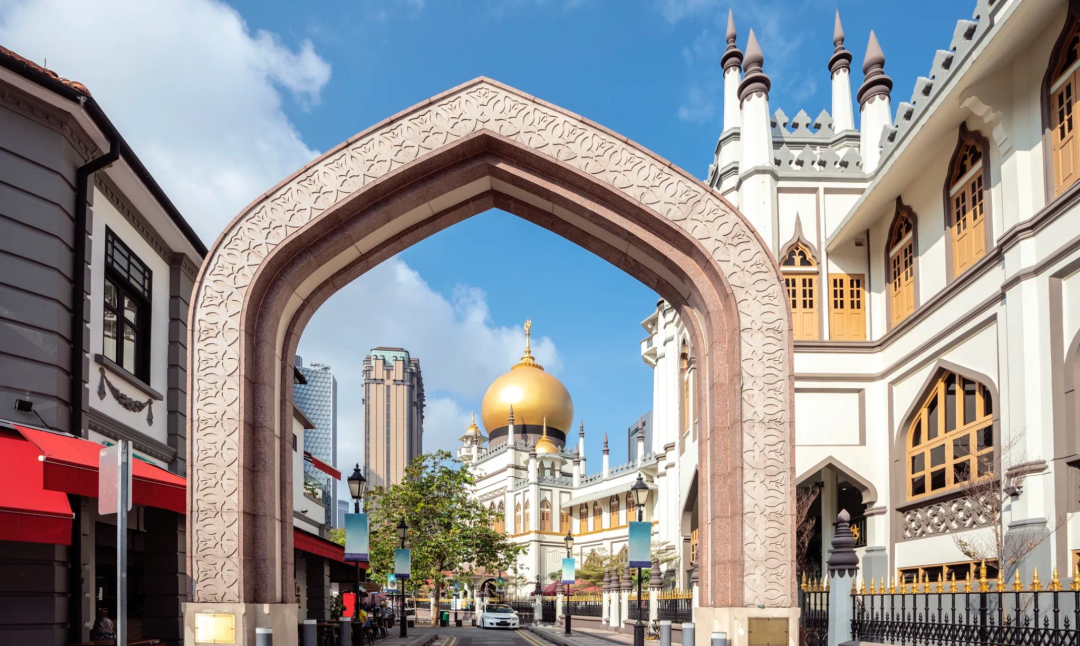
Be sure to walk up to the sixth-floor observation deck.
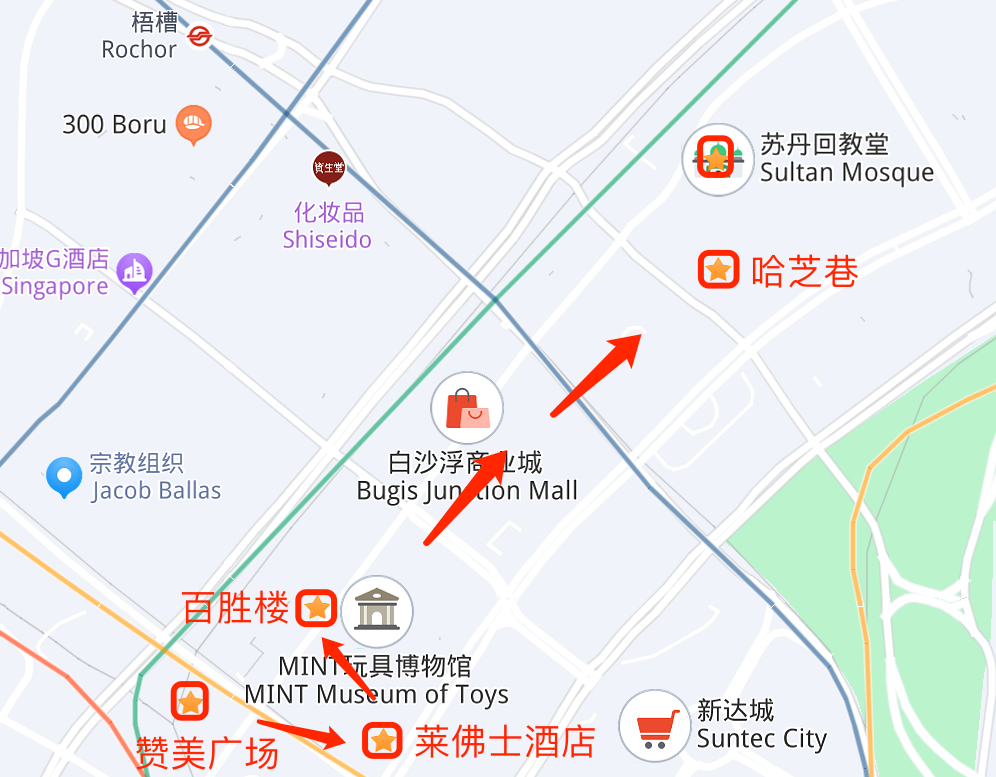
This viewpoint offers a flattering view of the surrounding buildings. Many visitors skip the top floor, so it’s less crowded, providing a fantastic experience!
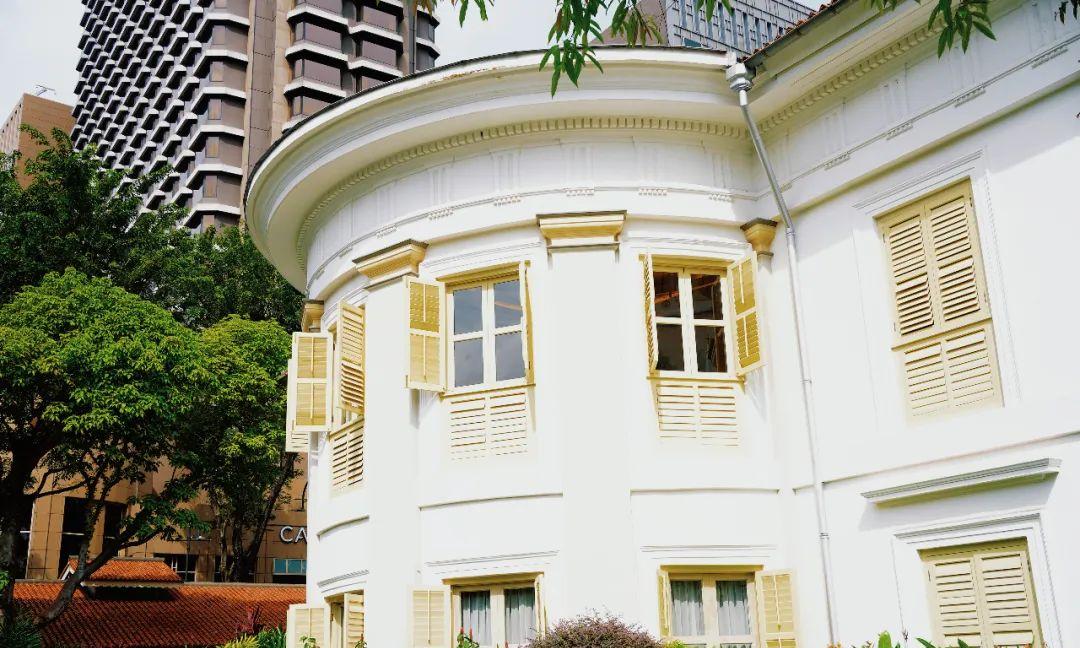
The free exhibition area here is outstanding for visitors and offers plenty to see for those not deeply into art.
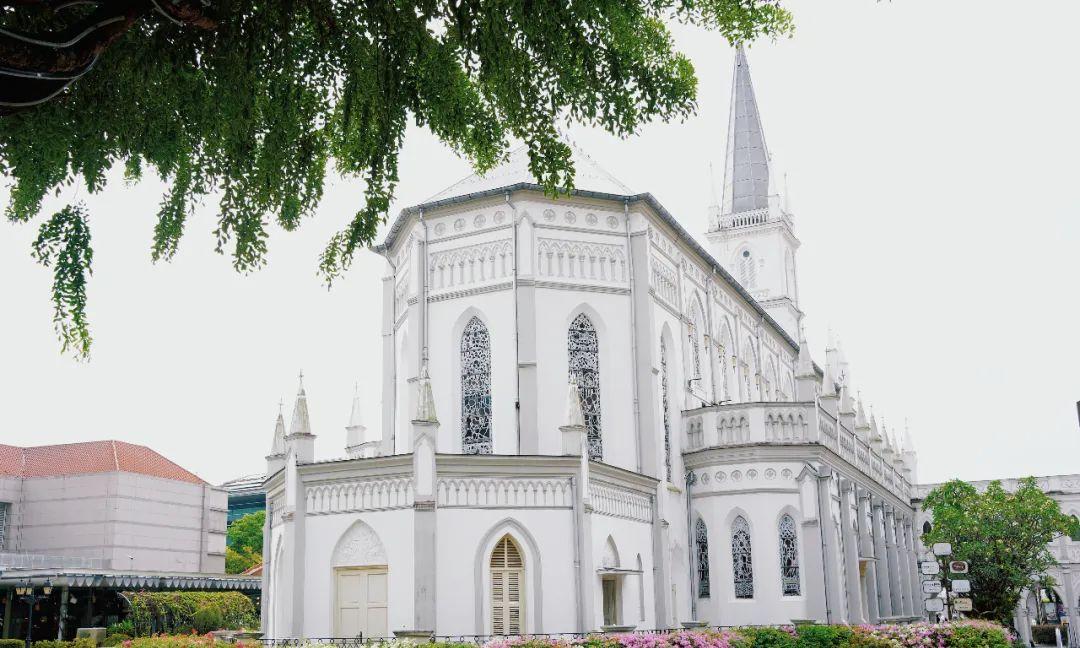
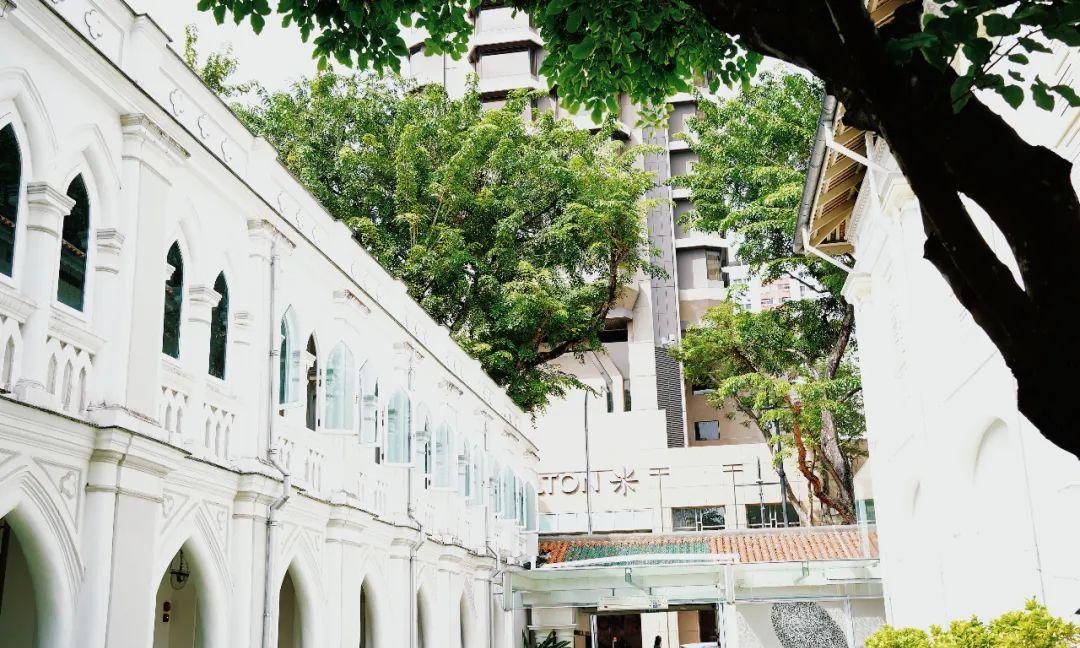
2. **Old Singapore Parliament House**
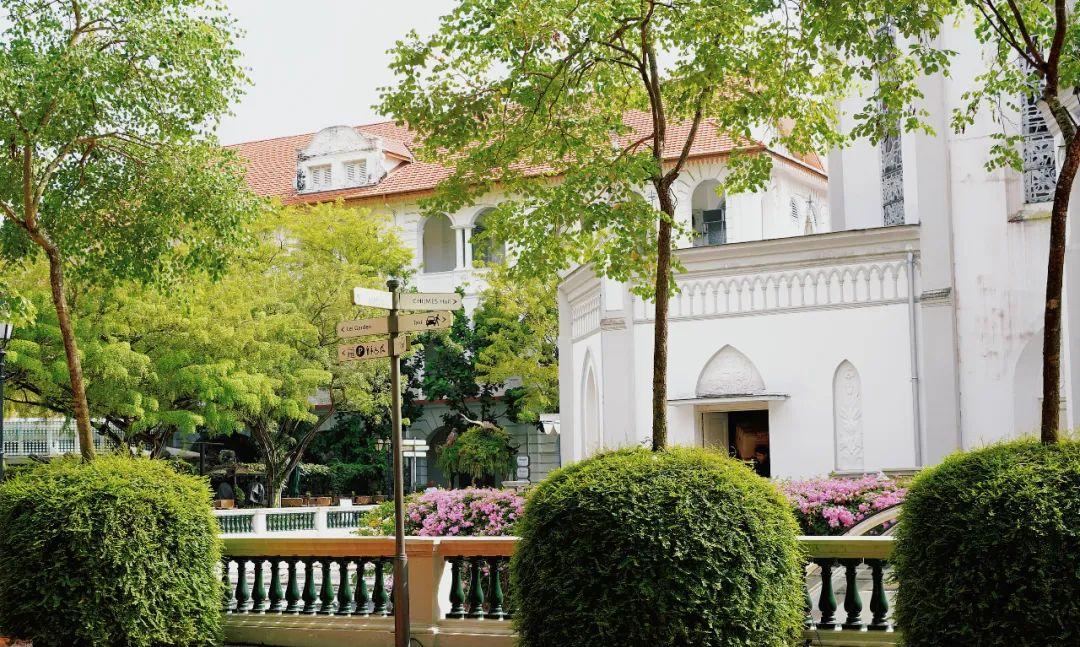
**⏰ 10:00-21:30**
The old parliament house, located near the gallery, is a lovely yellow structure now serving as the Home of the Arts, hosting exhibitions, concerts, and artistic events.
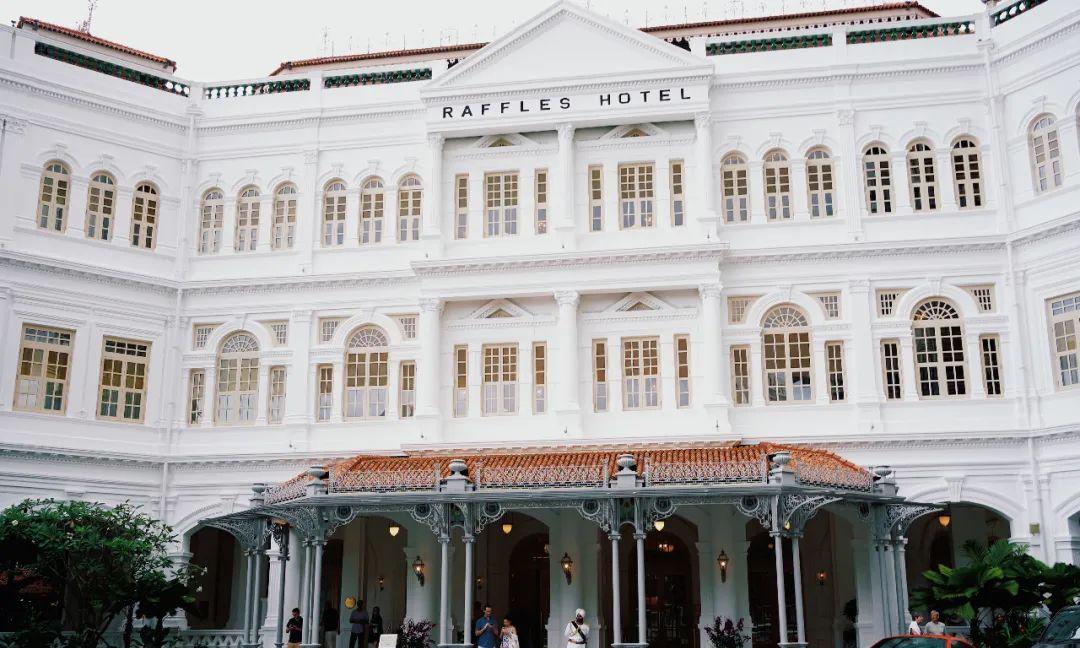
Most exhibitions are free, while performance tickets must be purchased separately; schedules can be found on their official site: www.artshouselimited.sg.
**Recent Free Experiences**
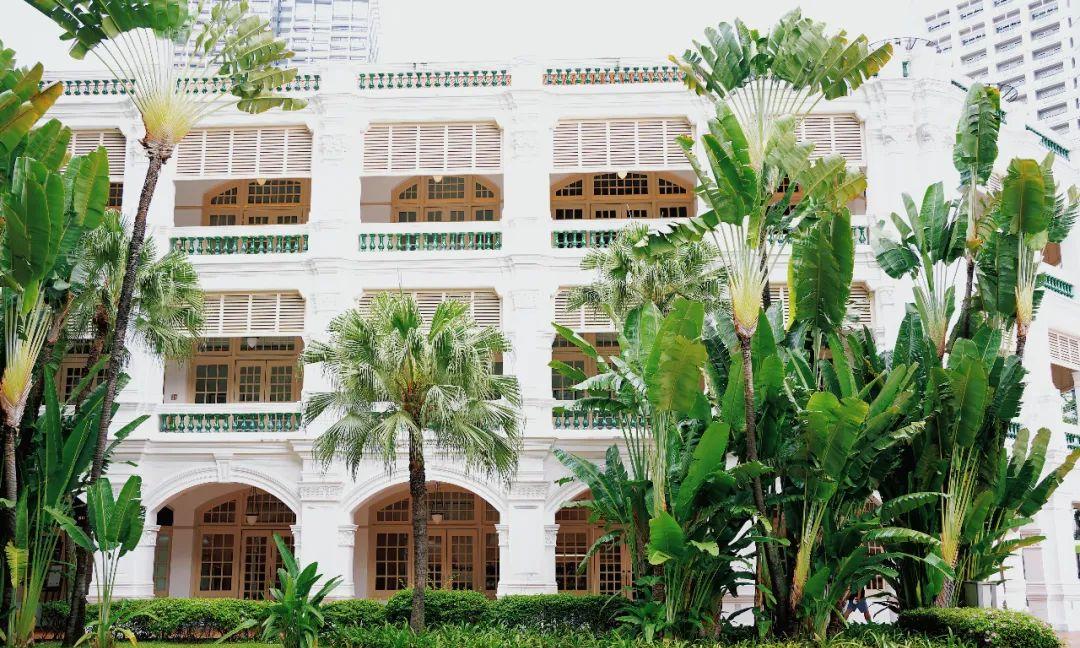
Next to the Old Singapore Parliament House is the “Raffles Landing Site,” representing the spot where Raffles first stepped onto Singapore in 1819.
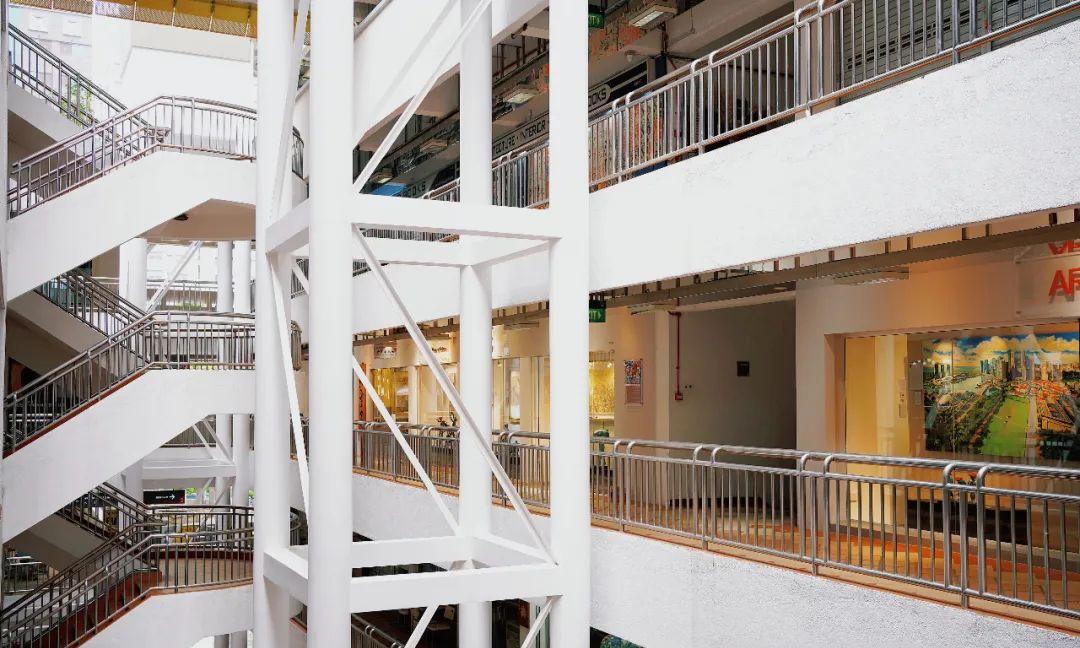
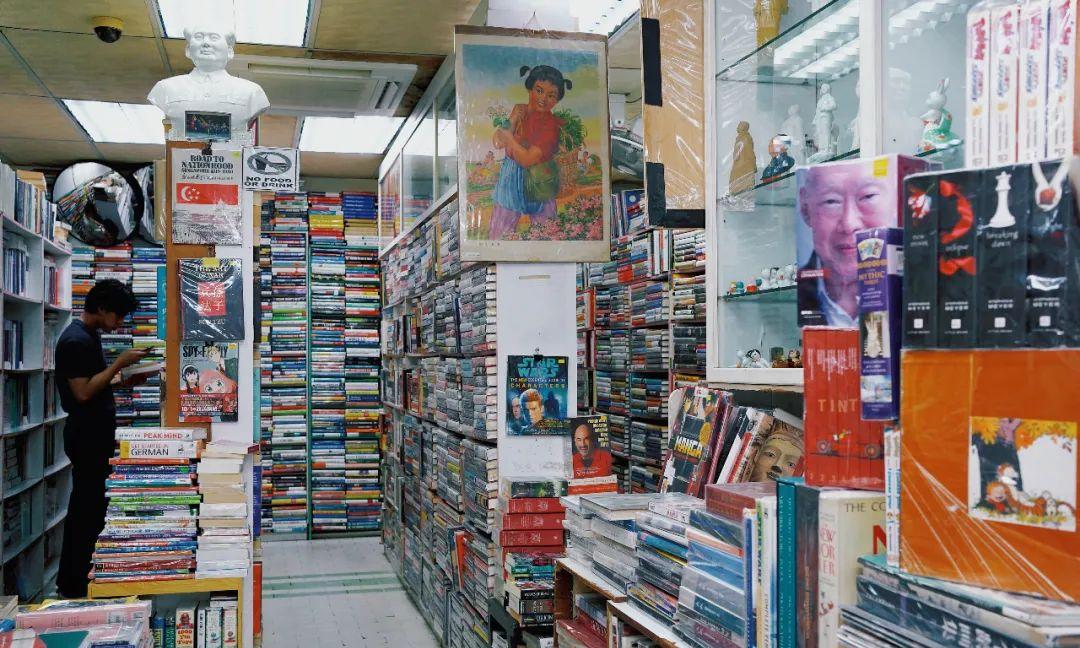
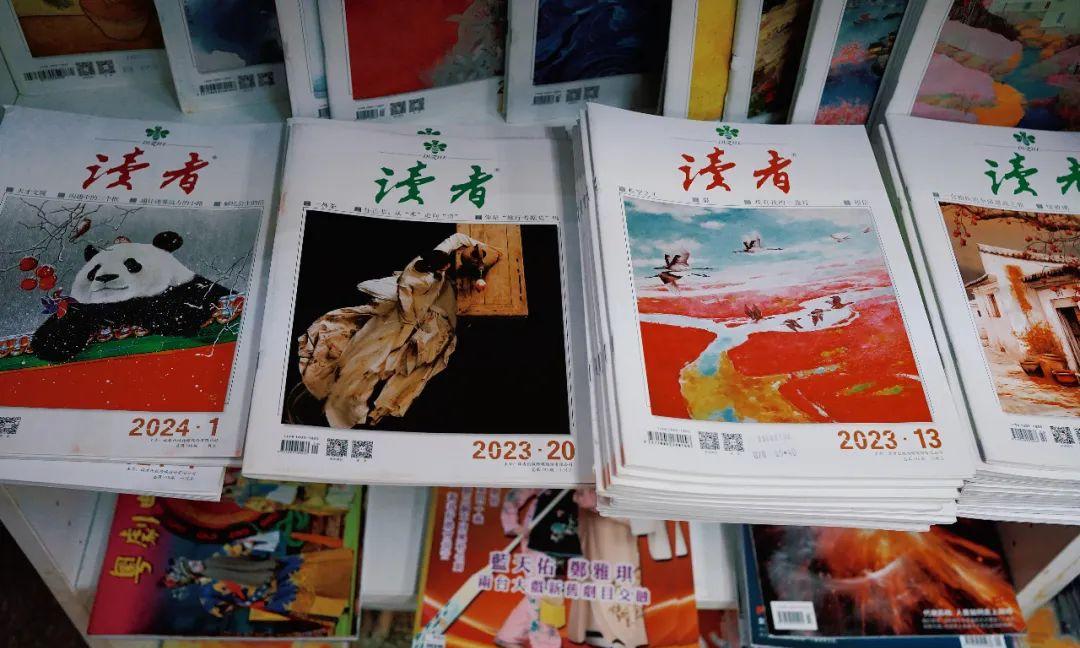
Across the river, a cluster of historical shophouses sits beneath a backdrop of modern skyscrapers, creating a striking contrast and scenic juxtaposition.

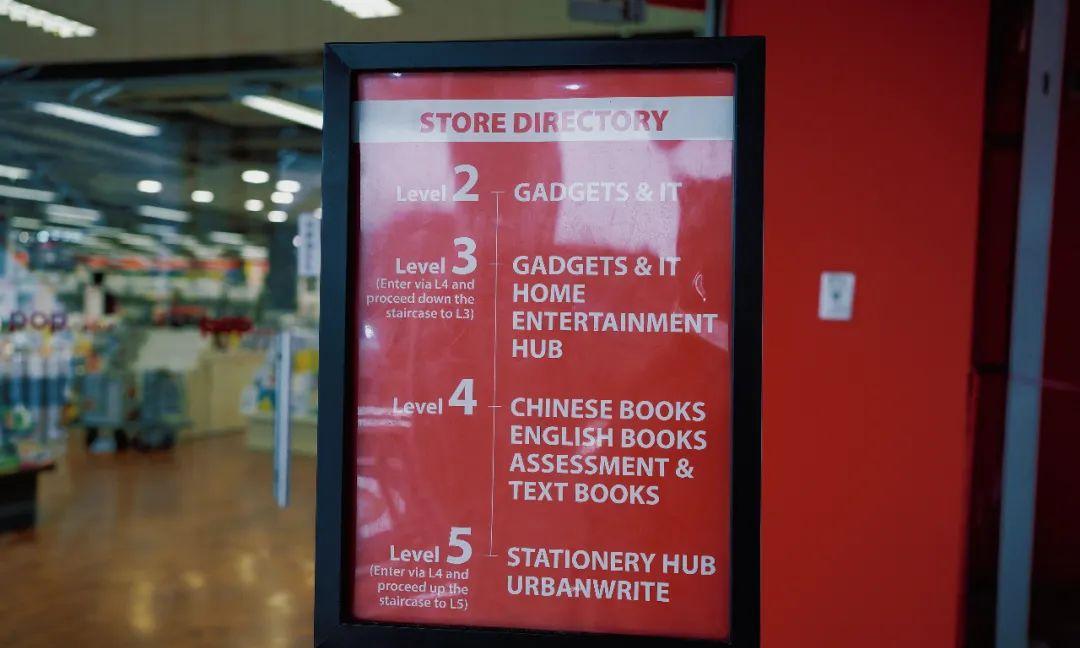
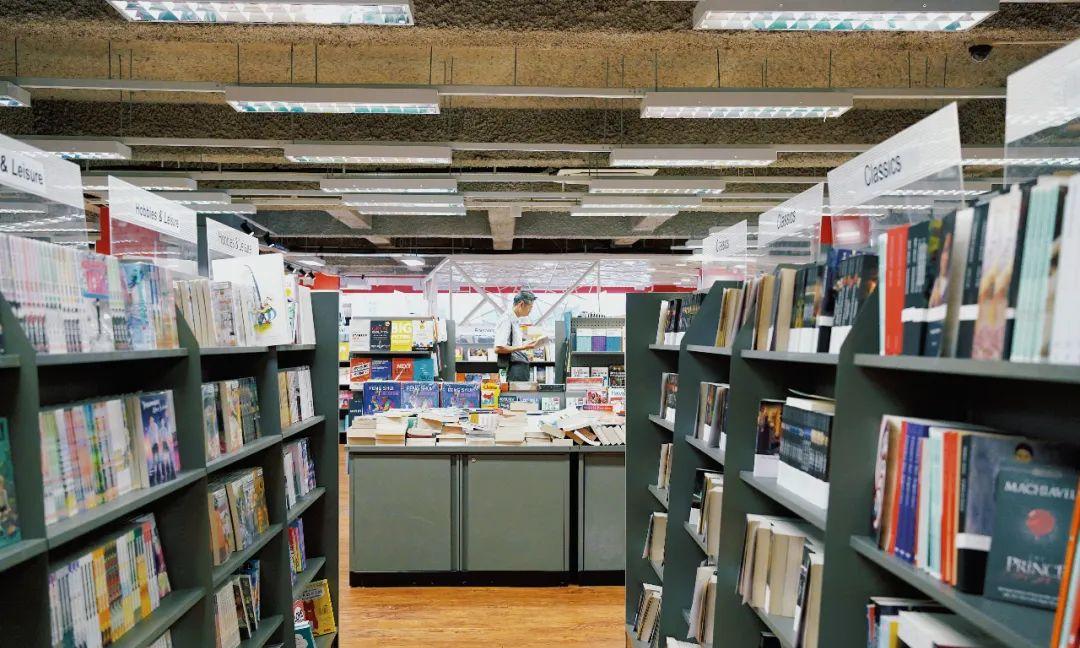

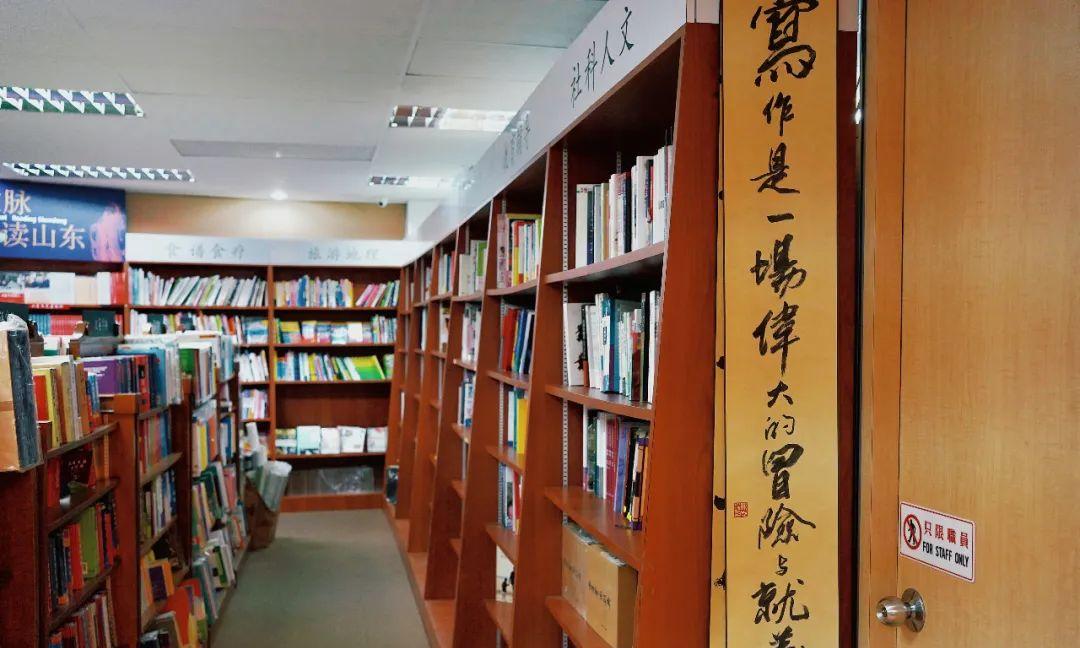
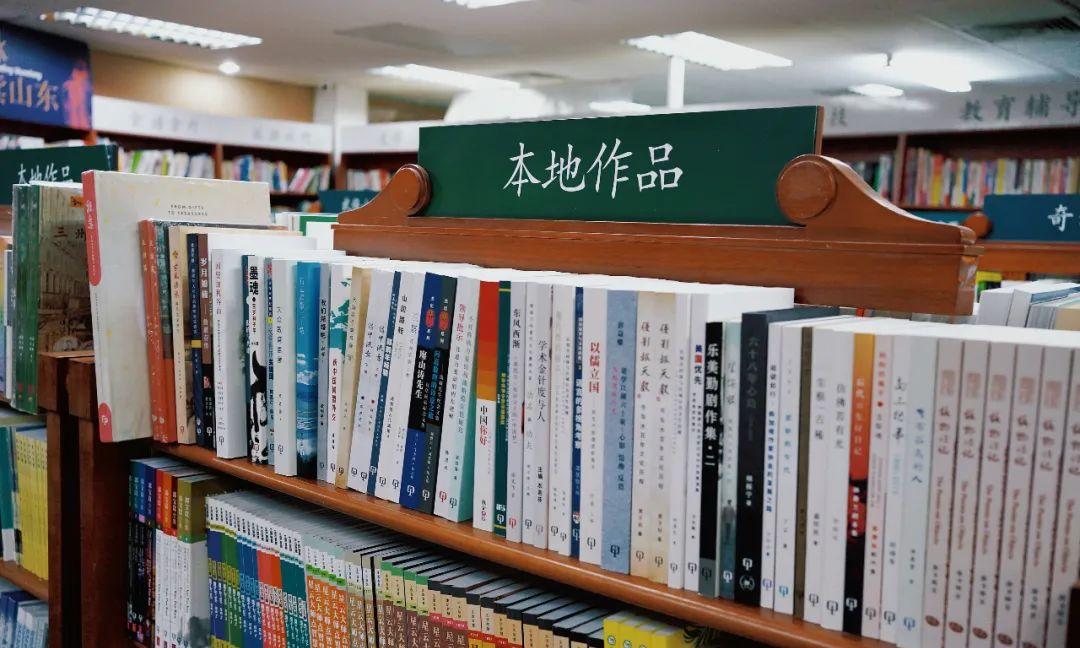
3. **Old Hill Street Police Station**
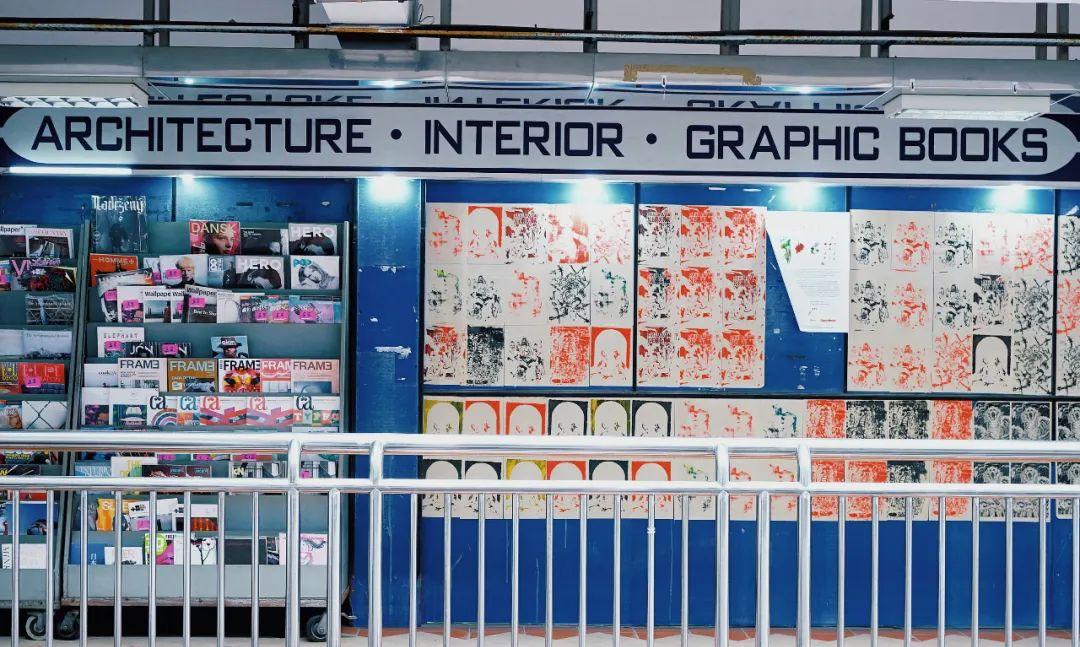
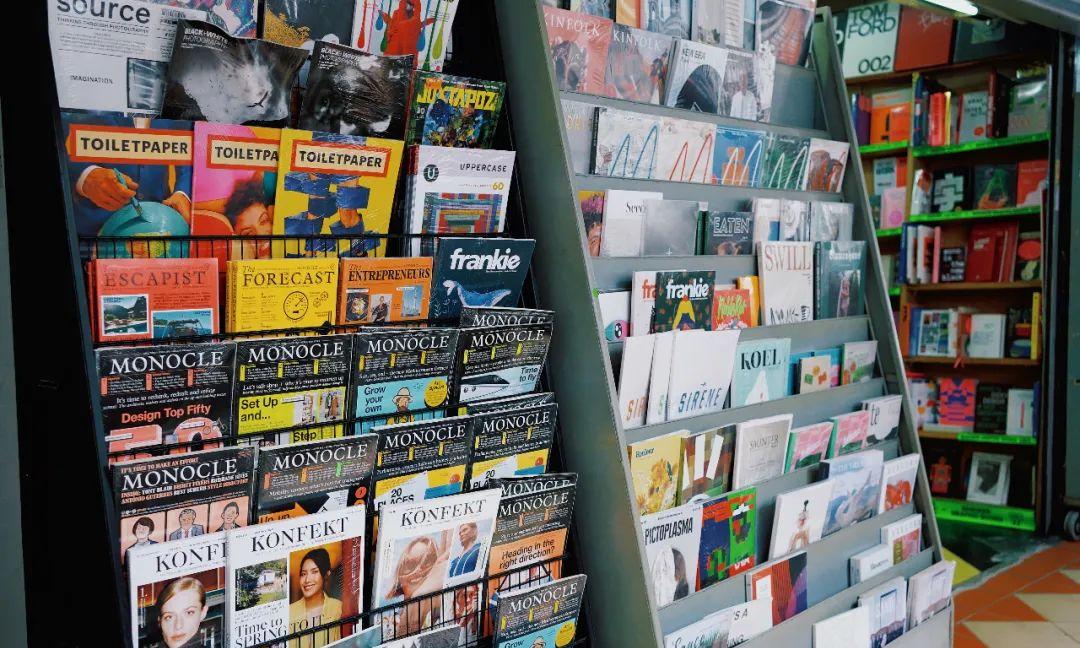
Walking from the Old Parliament House to the Old Hill Street Police Station, you’ll pass two well-known bridges.
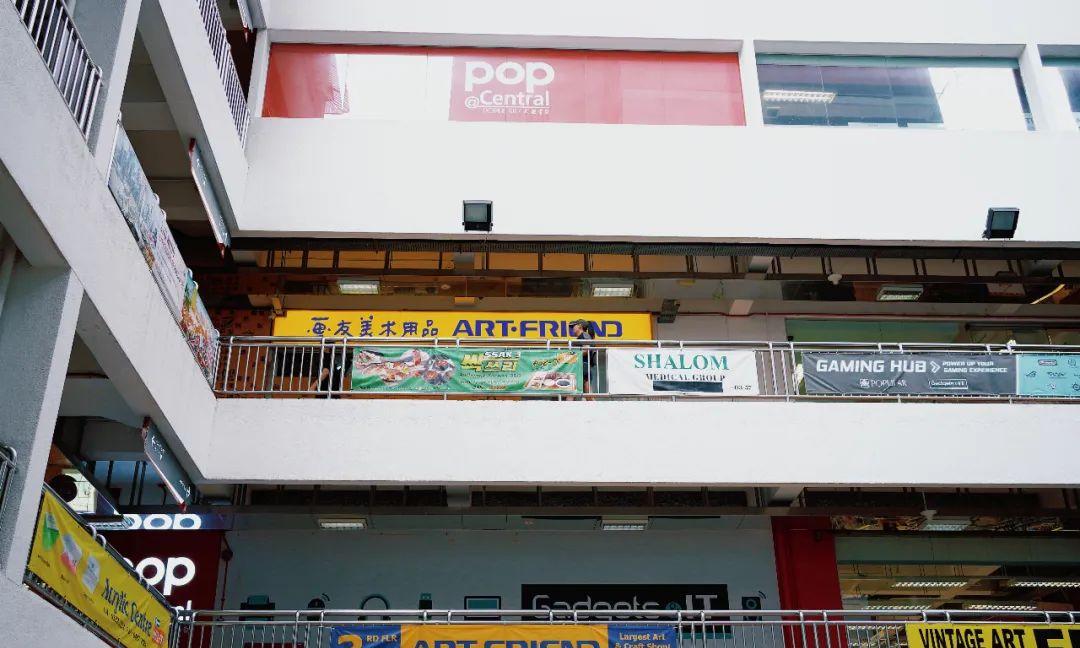
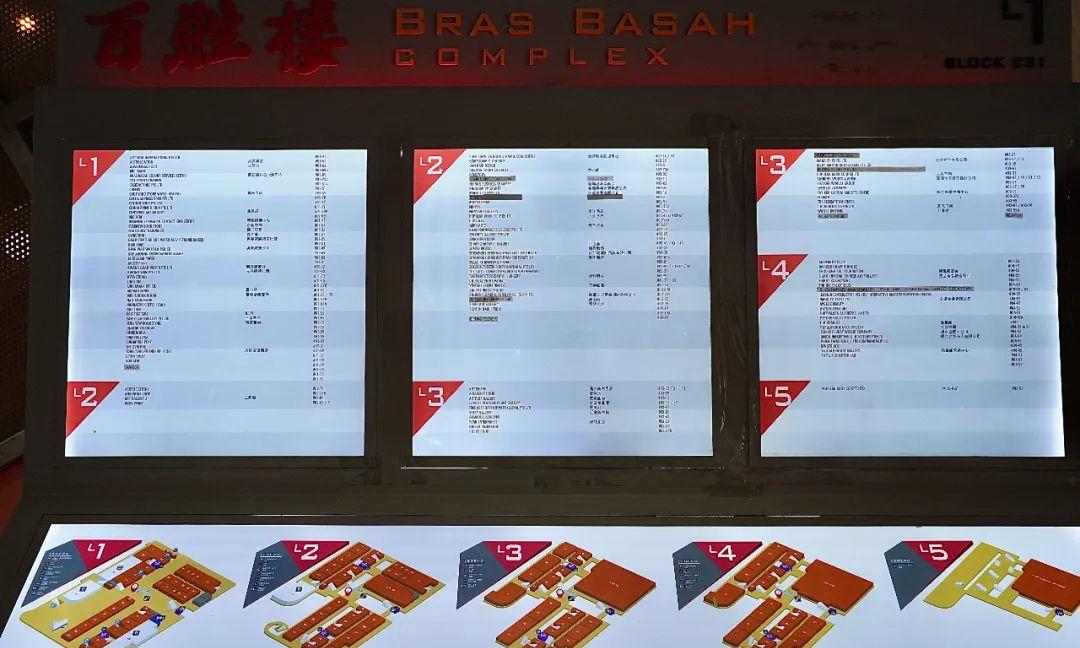
One is the white Elgin Bridge, named for the Governor of India, Lord Elgin.
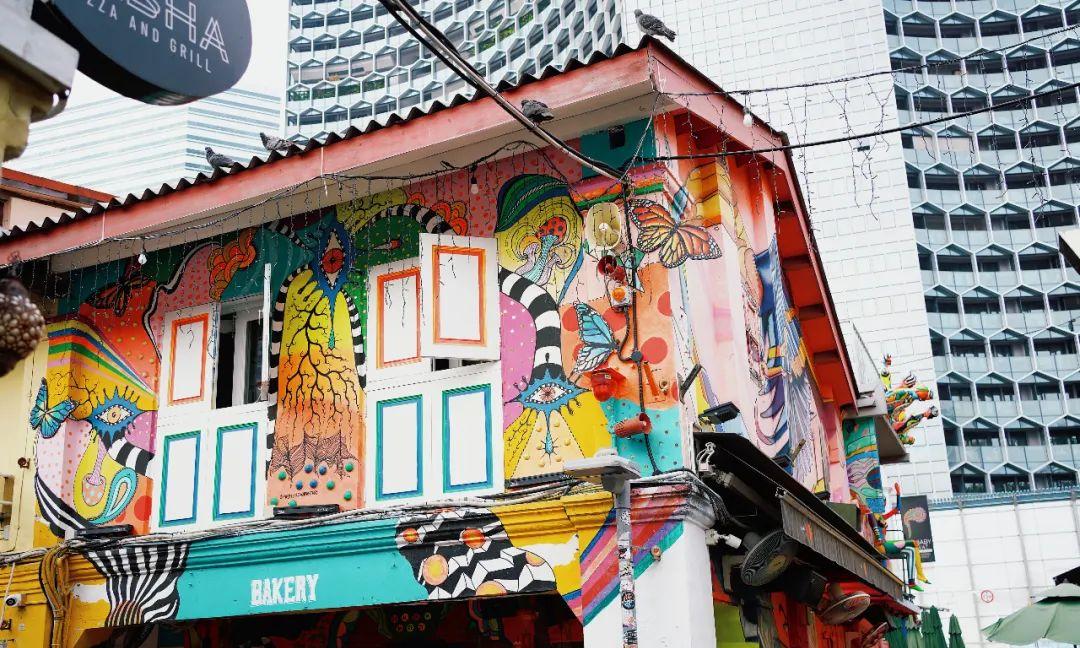
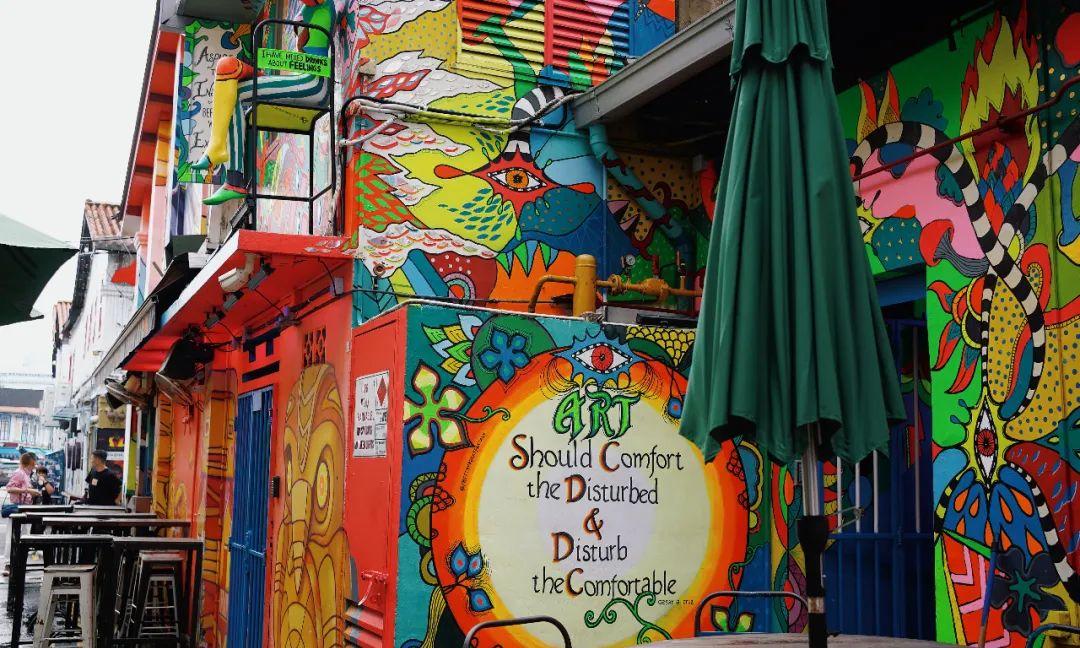
The other is the Coleman Bridge, named to honor the architect Coleman, who made significant contributions to public infrastructure in Singapore in the 19th century.
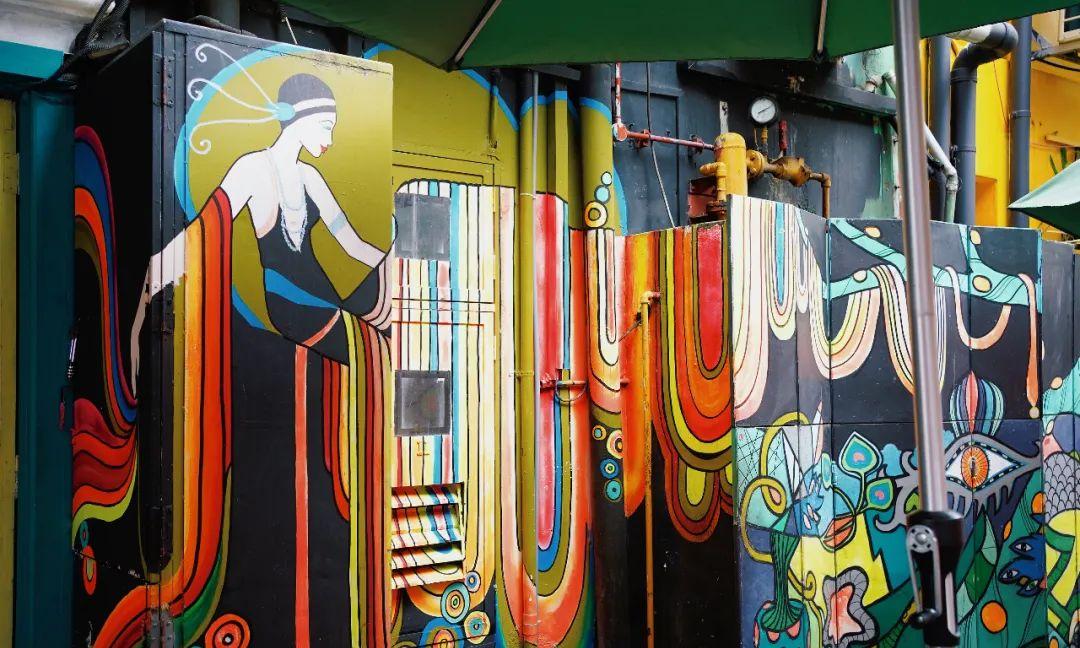
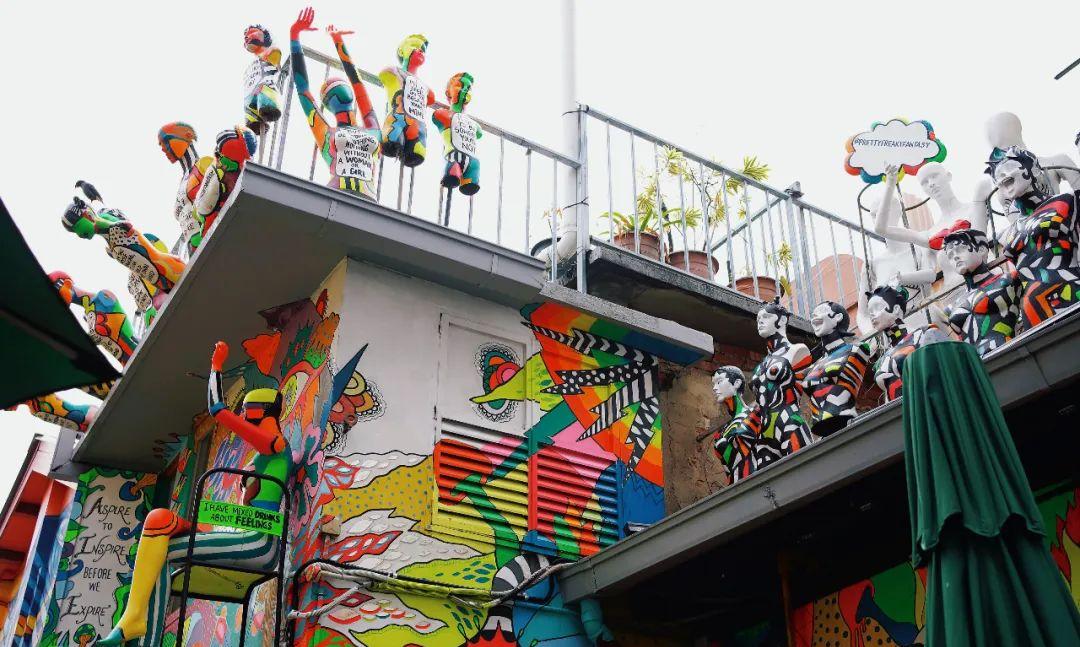
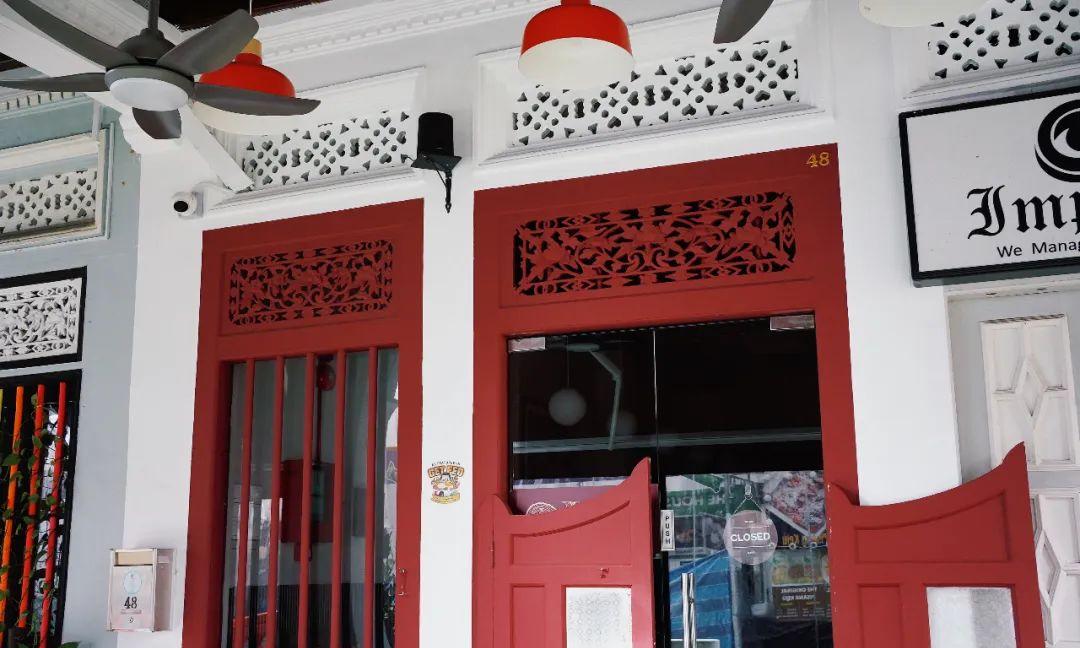
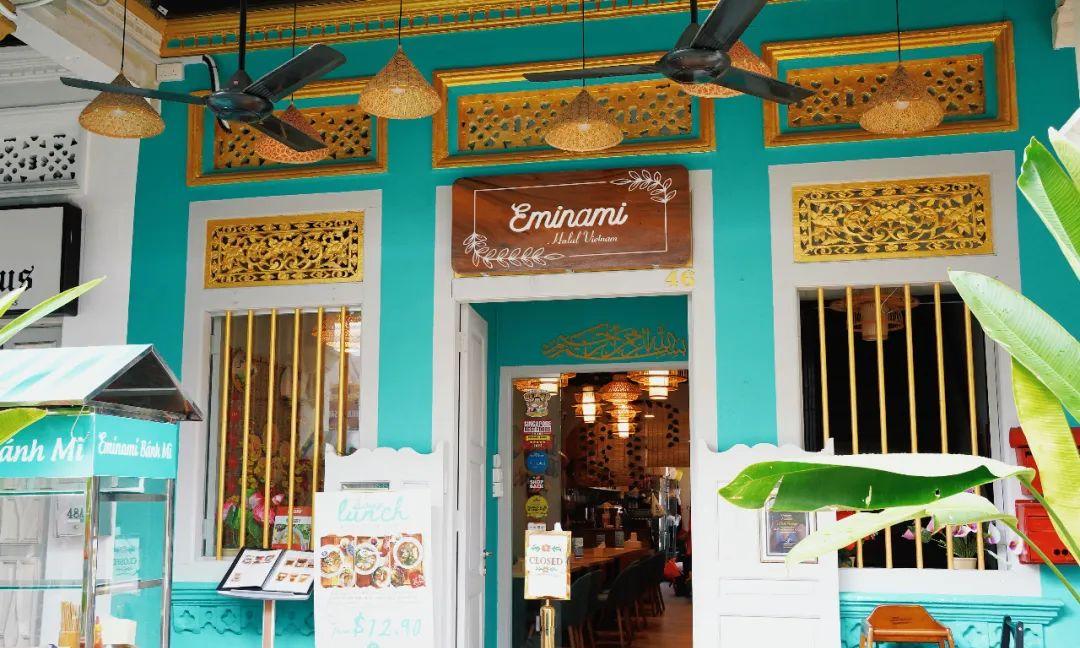
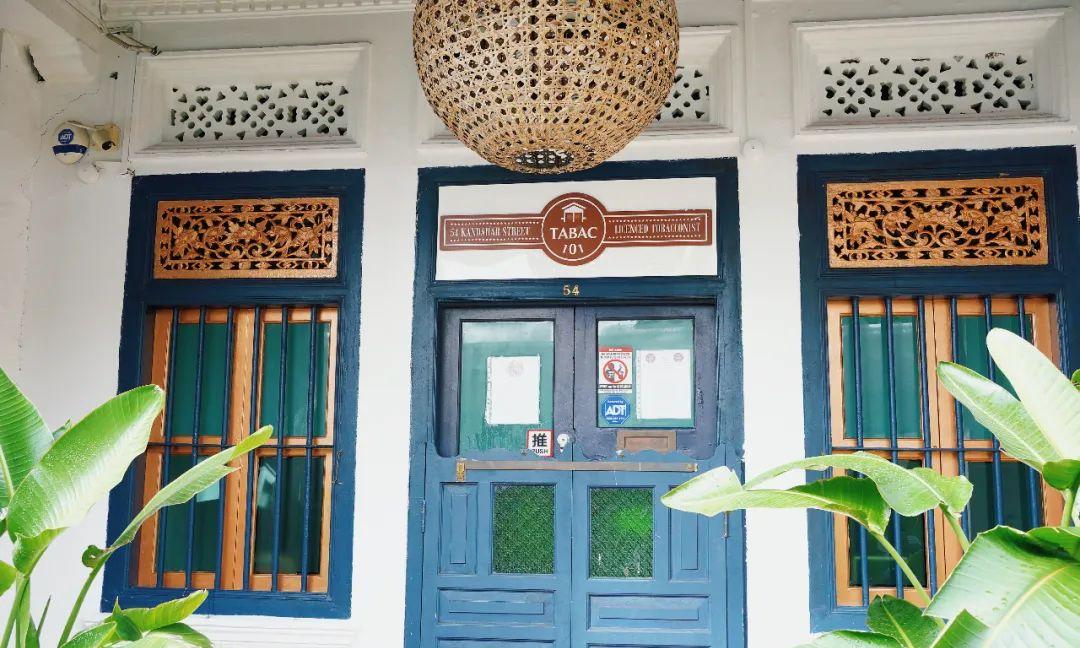
From the bridges, you can enjoy views of Elgin Bridge, Marina Bay Sands and the Singapore River framed perfectly together.
Under the bridge, murals illustrating Singapore’s history can be found.
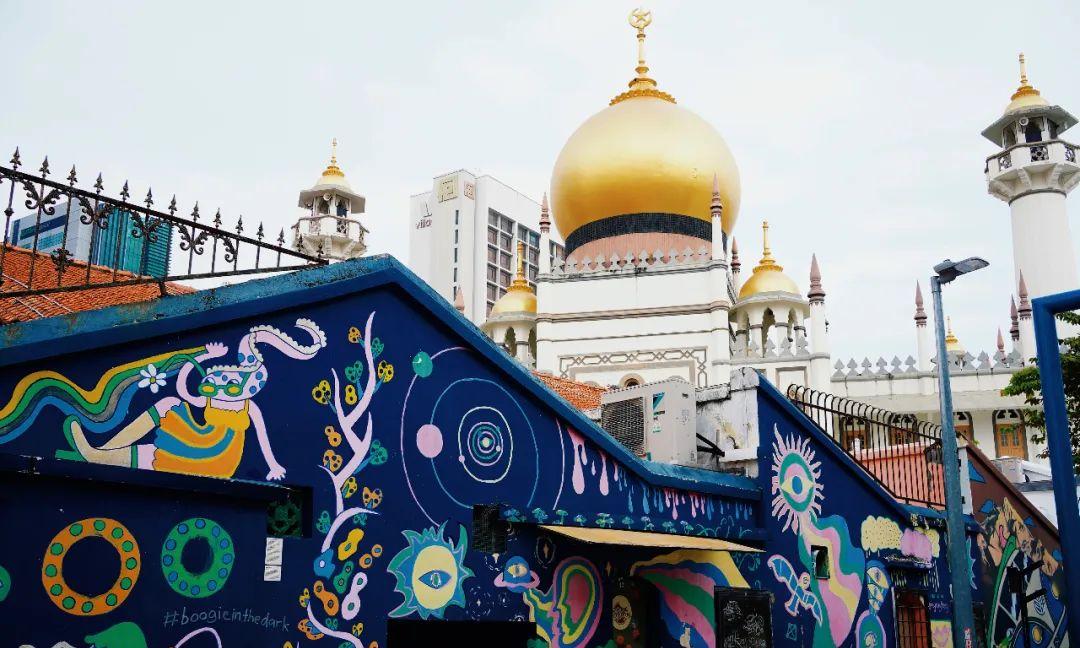
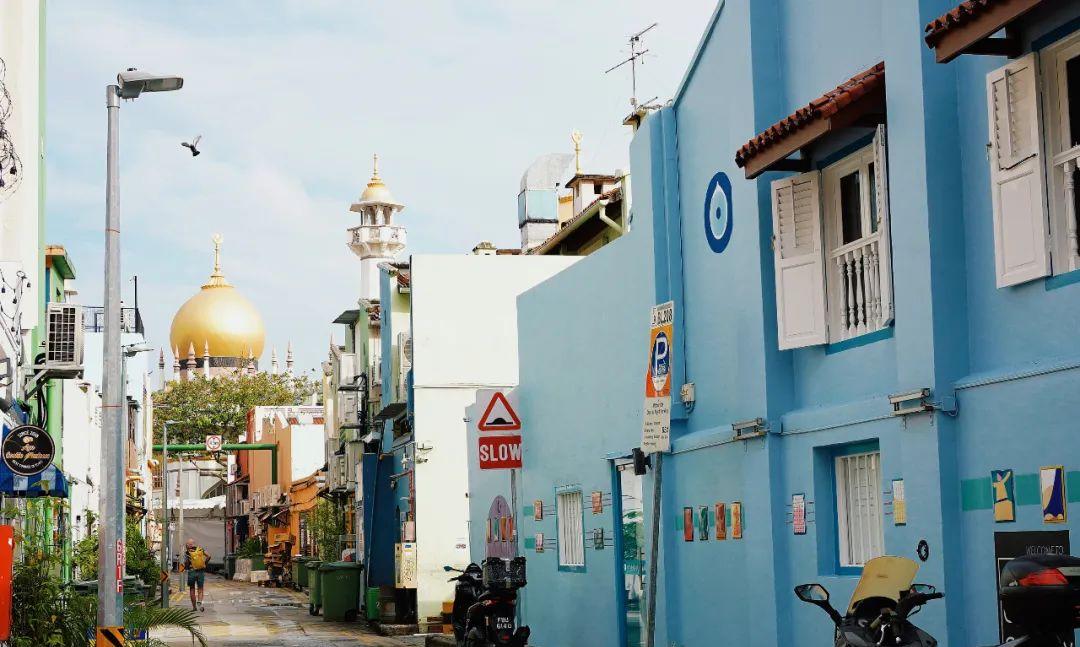
The Neoclassical style Old Hill Street Police Station, which was built in 1934, has over 900 rainbow-colored shutters that stand out beautifully.
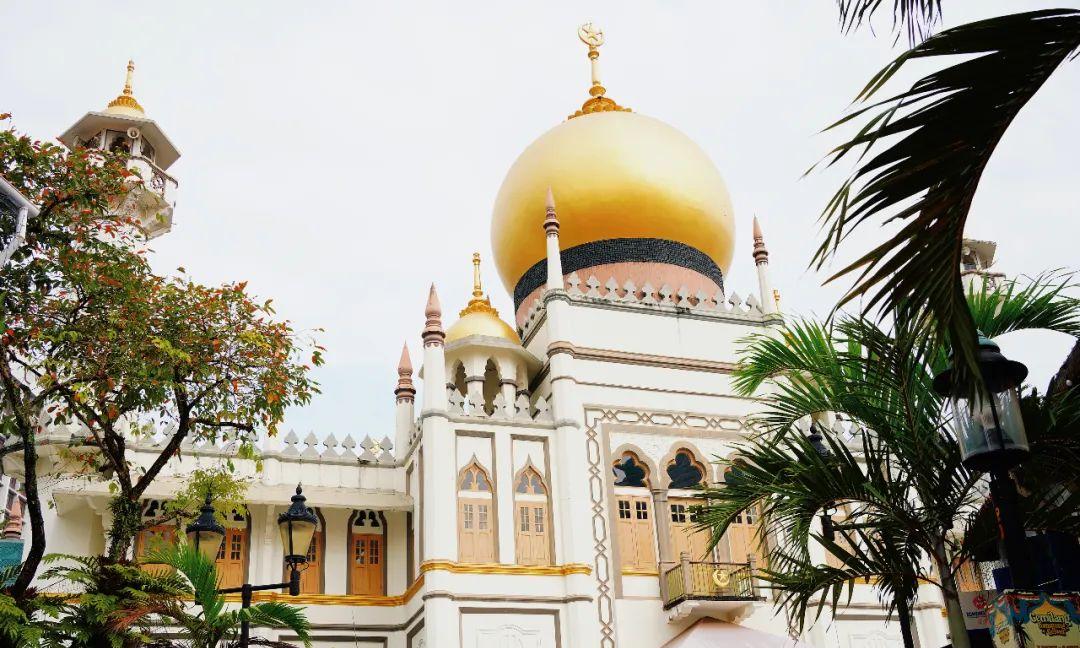
At night, the view becomes even more captivating!
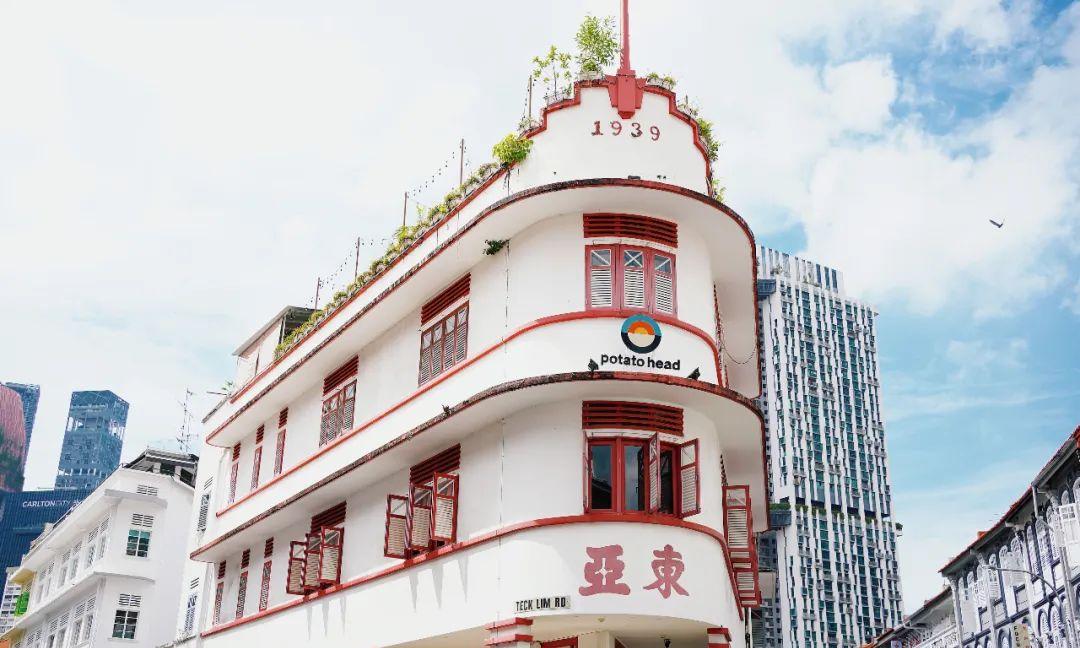
4. **Clarke Quay**
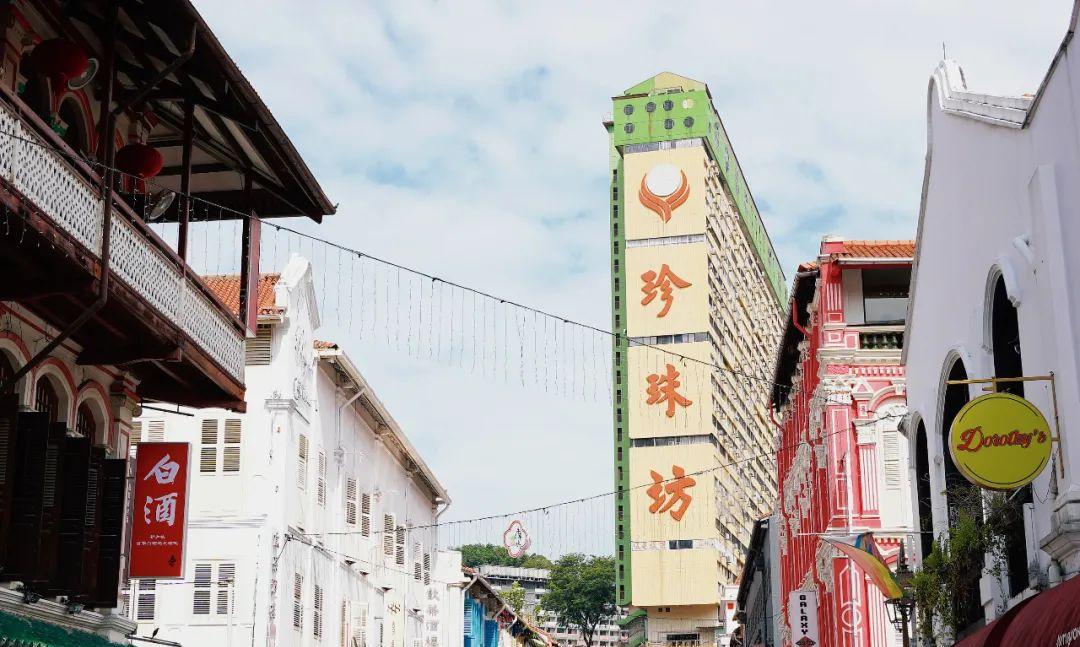
Adjacent to the Old Hill Street Police Station, Clarke Quay also embraces the rainbow theme.
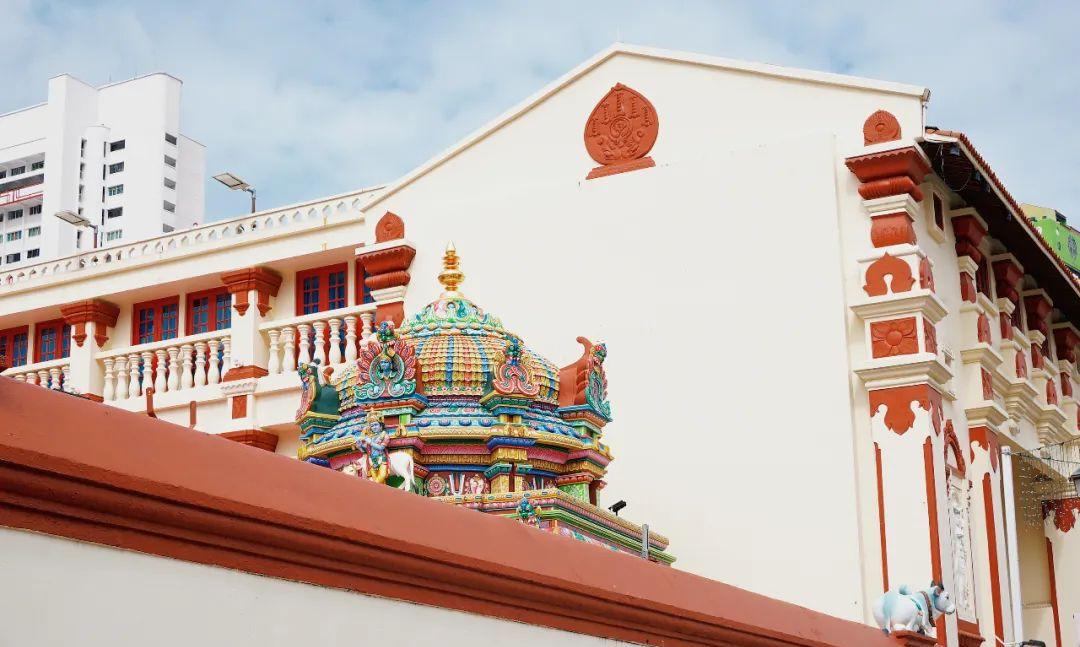
The riverside shophouses showcase a vibrant rainbow palette with restaurants and bars dominating the scene.
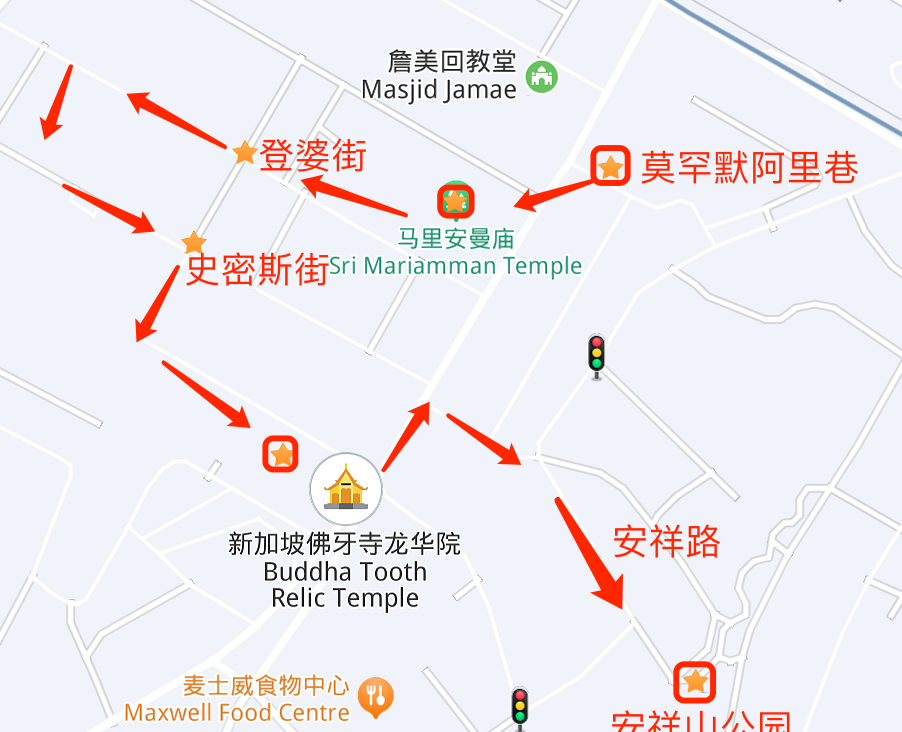
The nightlife here is vibrant, bustling, and may even include street performances.
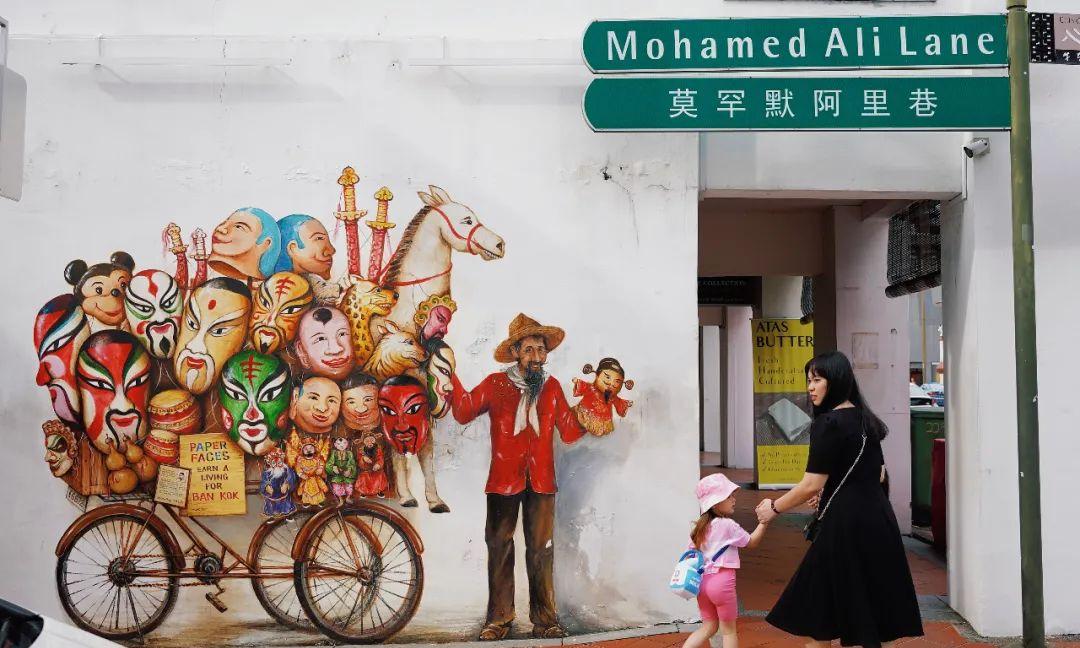
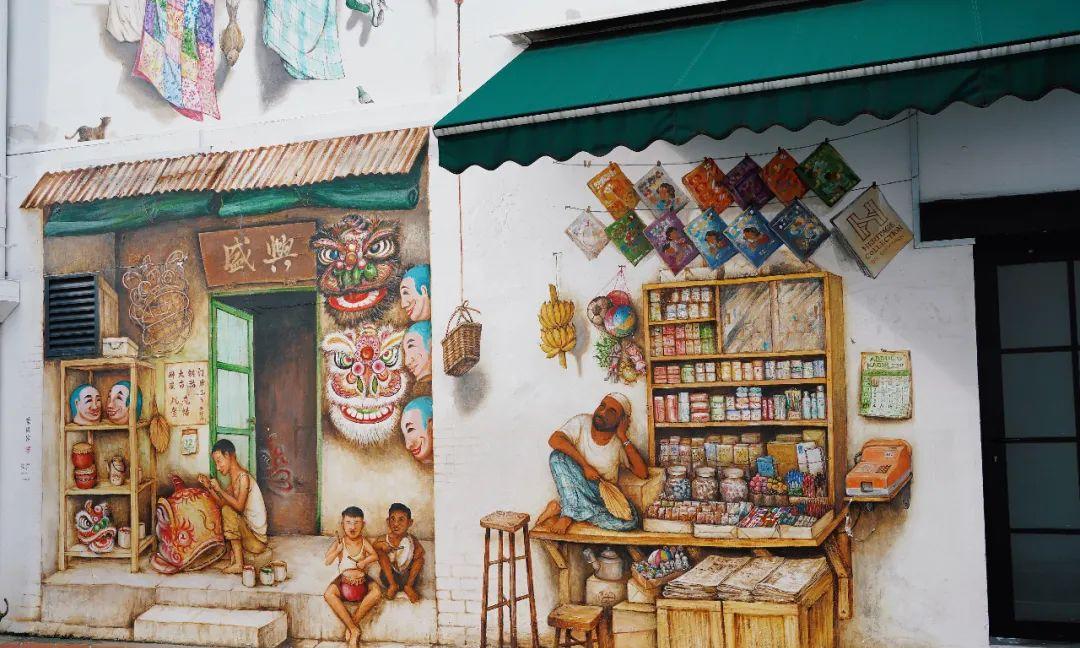
5. **Fort Canning Park**
Fort Canning Park, renowned for its large tree hollow, has become a hit Instagram destination.
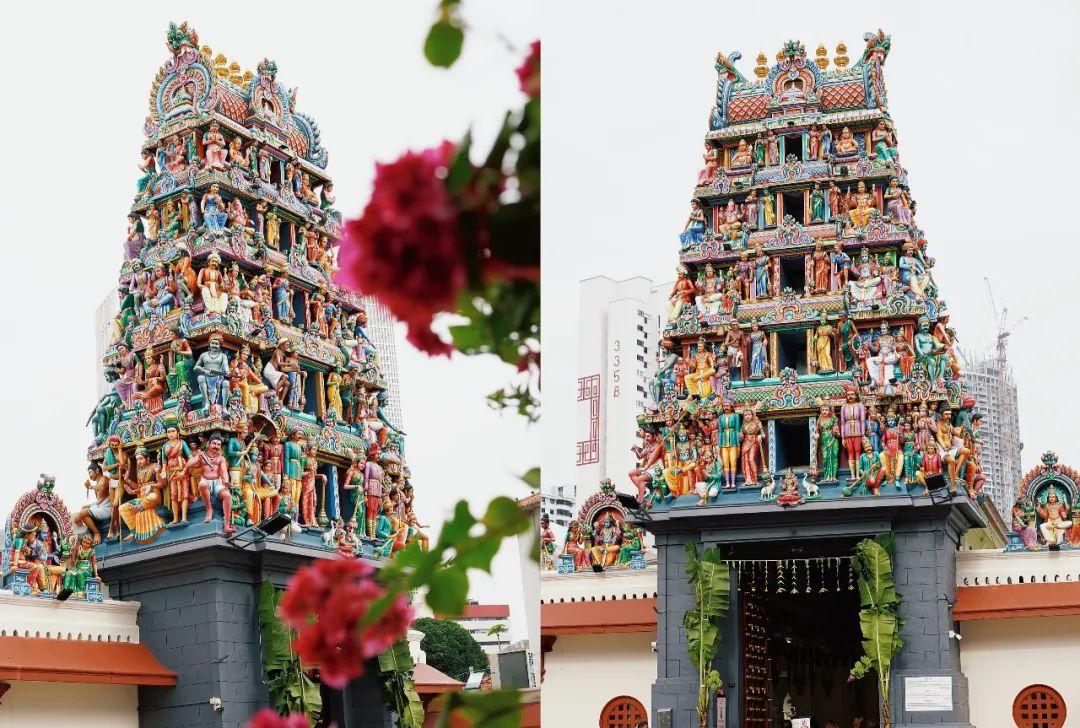
I once intended to snap a similar photo from a popular angle but was deterred by a long queue in the tunnel leading to it. Many were there merely to get their photo taken.
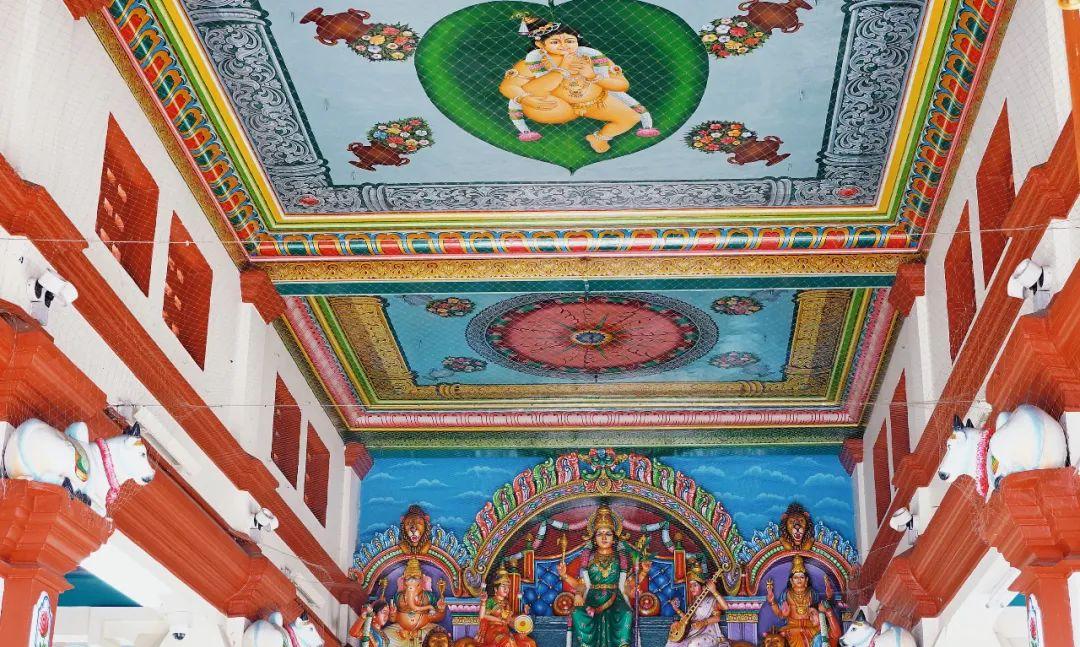
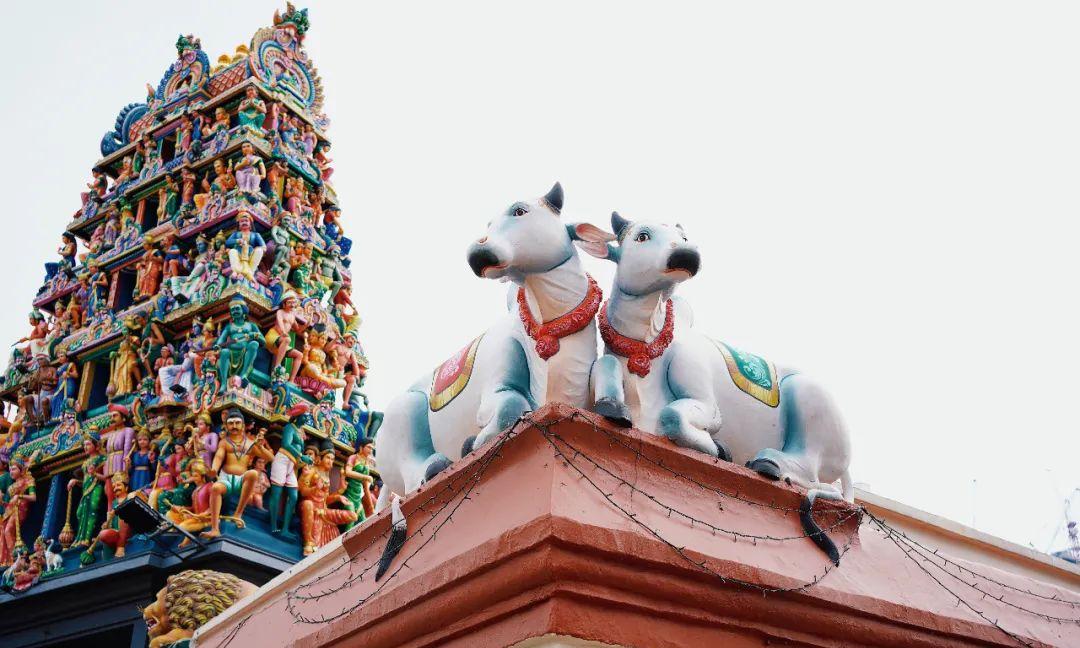
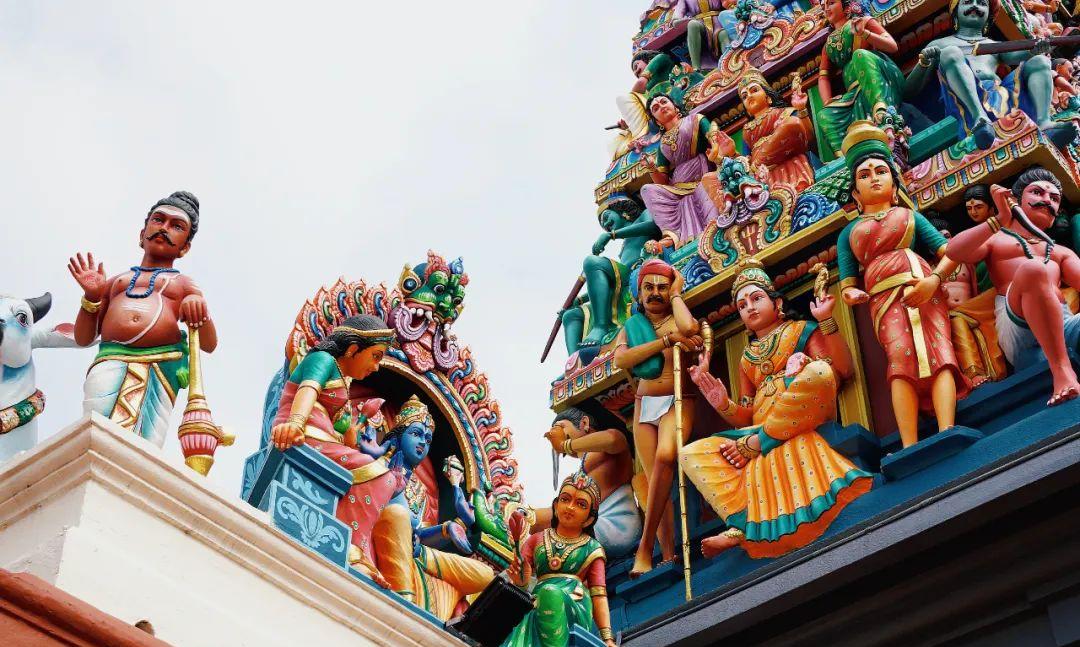
Rather than waiting, appreciating the tree hollow’s marvel straightforwardly is a delightful experience, free from crowds. The lush greenery casts intricate shadows on the grey-brick walls—everything resembles a comic scene.
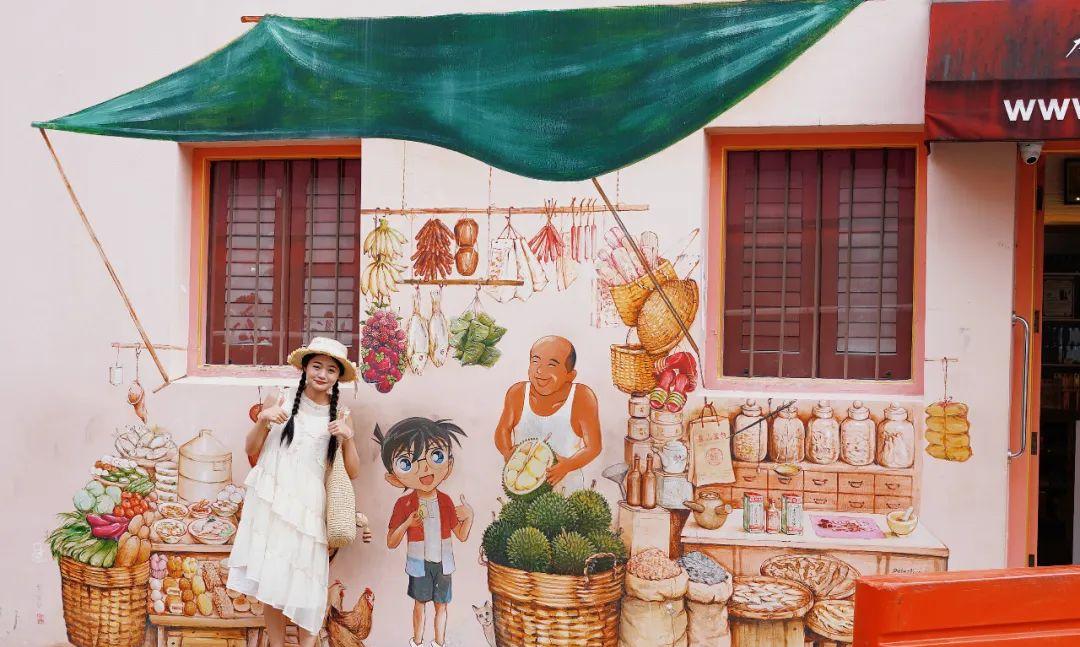
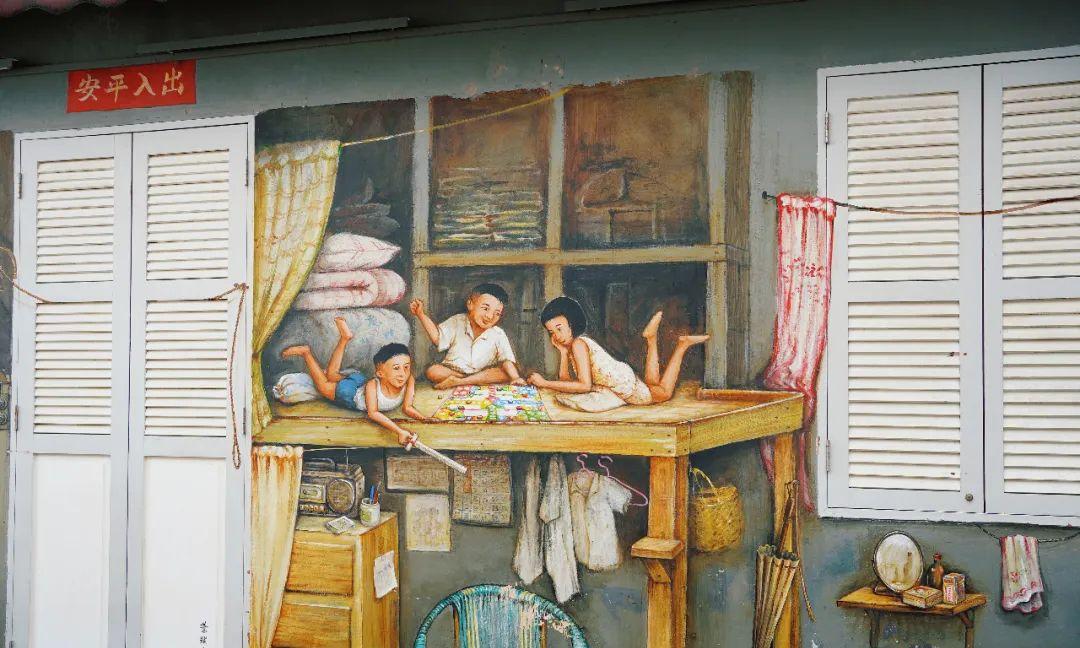
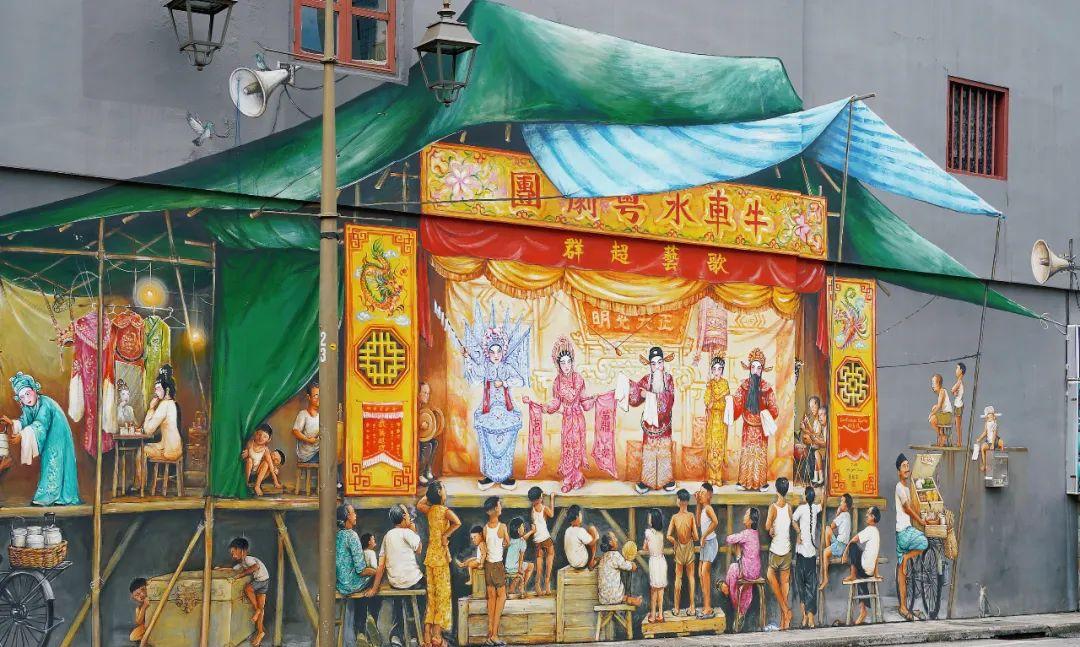
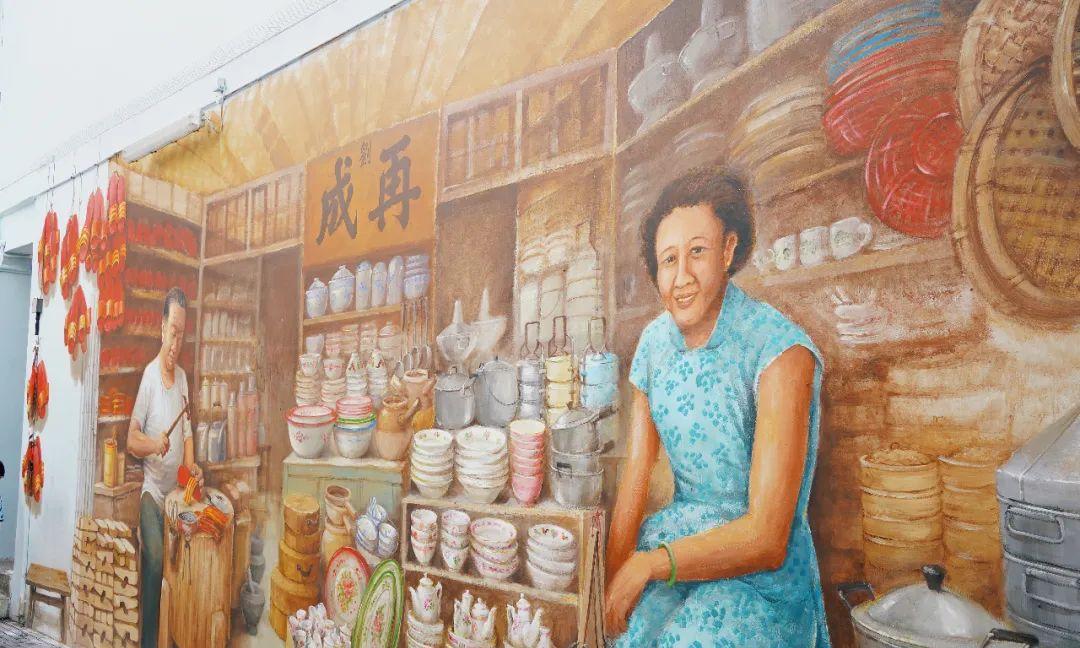
Before long, I found myself on a large lawn in front of the Fort Canning Centre, where outdoor concerts are held from time to time.
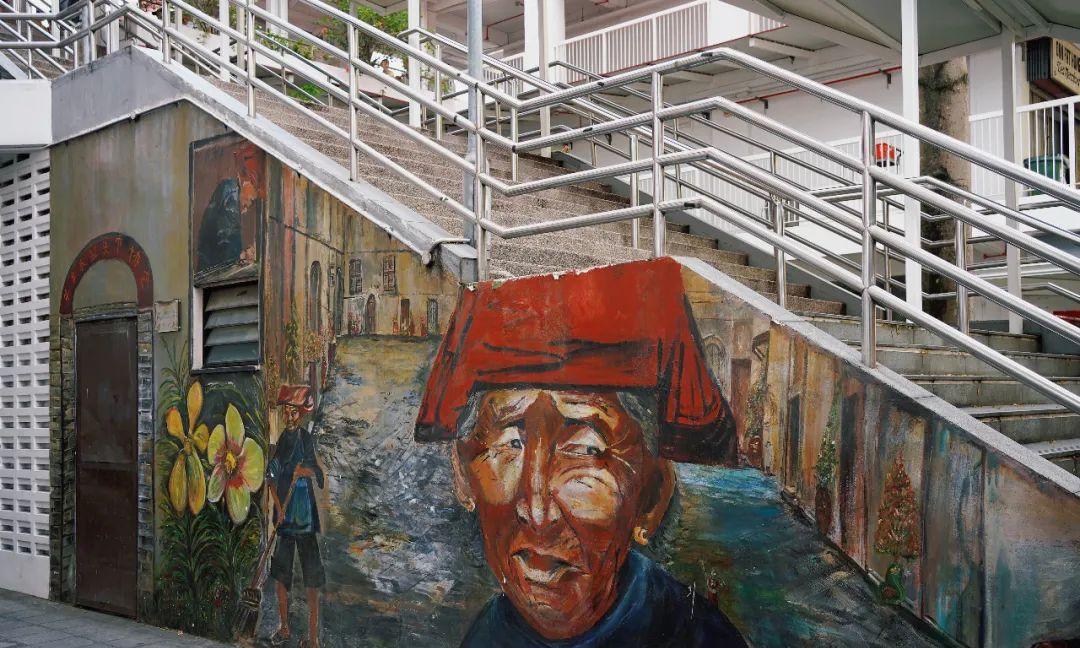
Locals picnic on the lawn, unfazed by the weather—even in the rain, umbrellas are opened without a care, reflecting a laid-back demeanor.
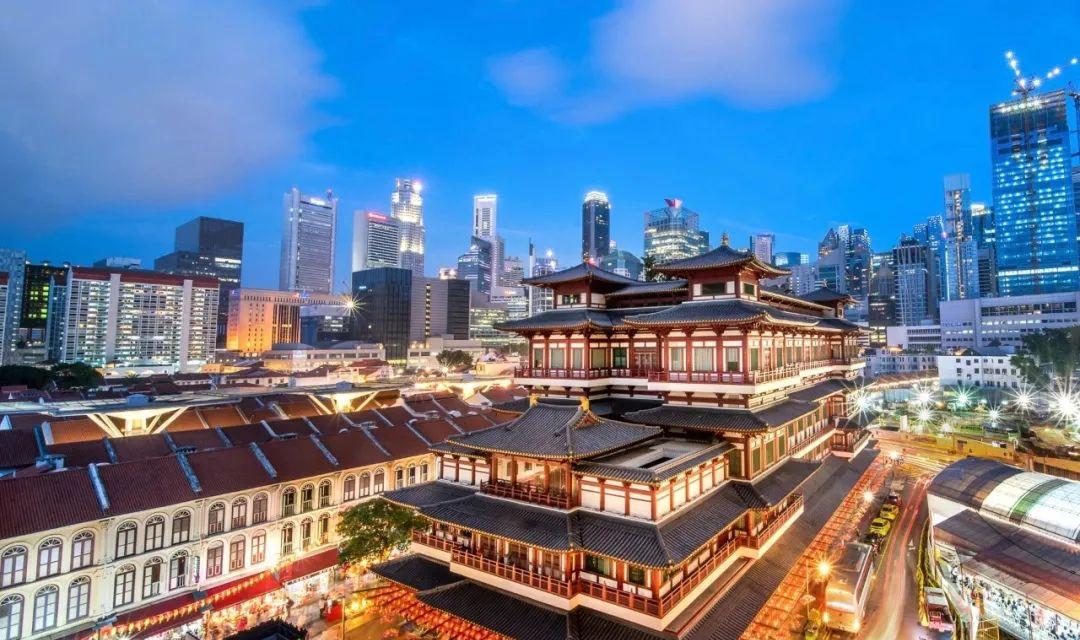
Fort Canning Park also serves as a significant historical landmark, scattered with many relics.
The histories of Singapore’s medieval Malay royalty, 19th-century British colonial rule, its rise as a major international trade port, and the Japanese invasion during World War II have left their marks here.
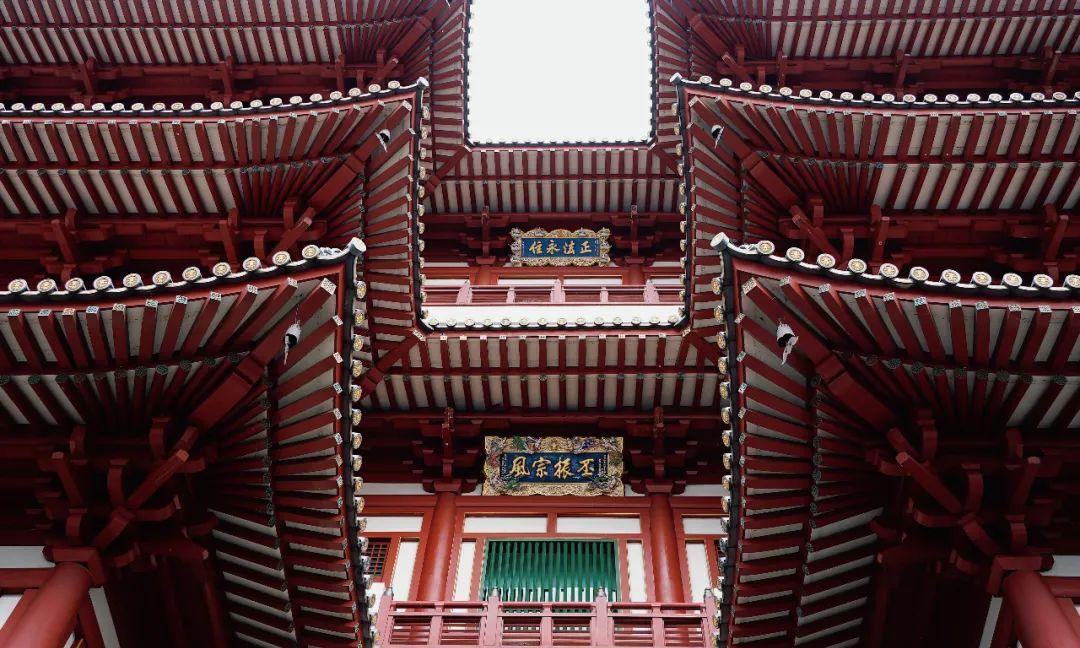
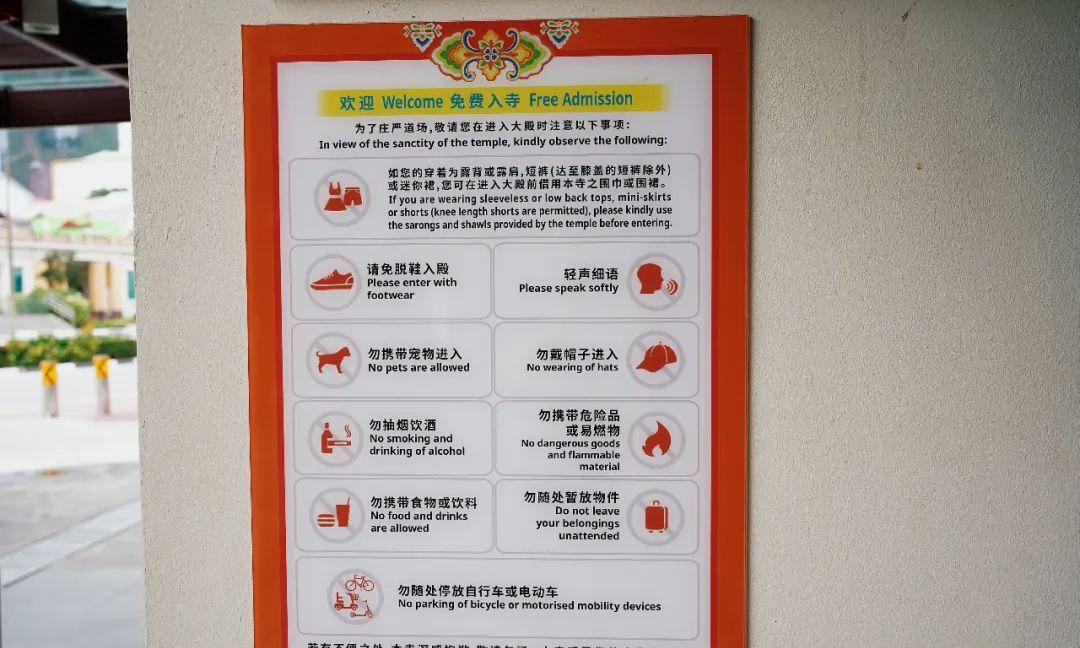
A nearby escalator within the park leads directly to the National Museum of Singapore, easily reachable on foot from these notable attractions.
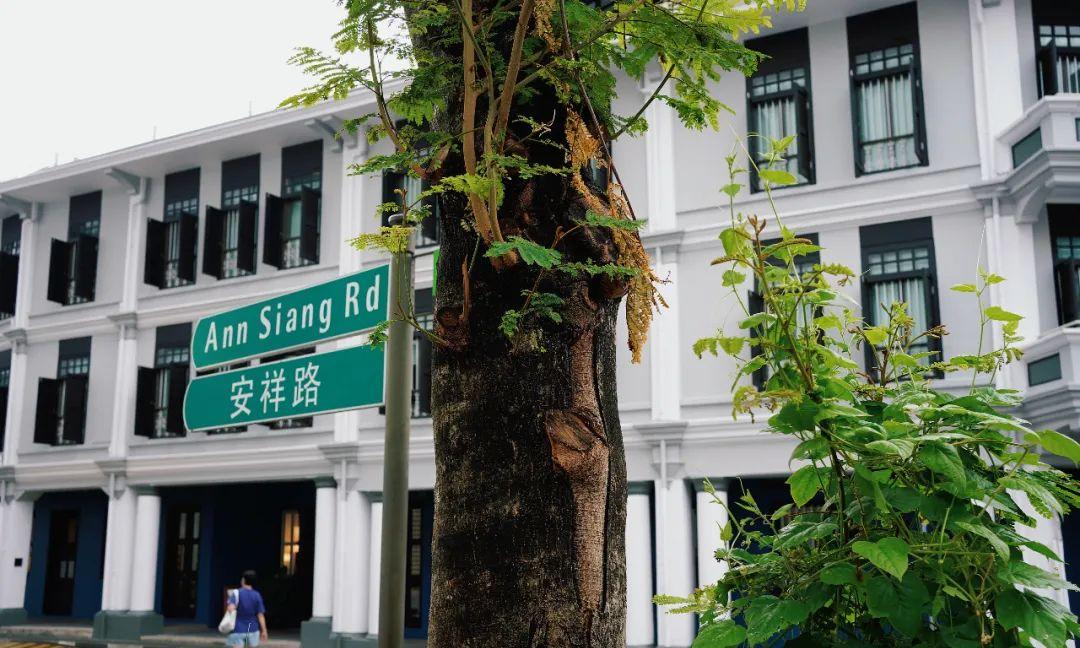
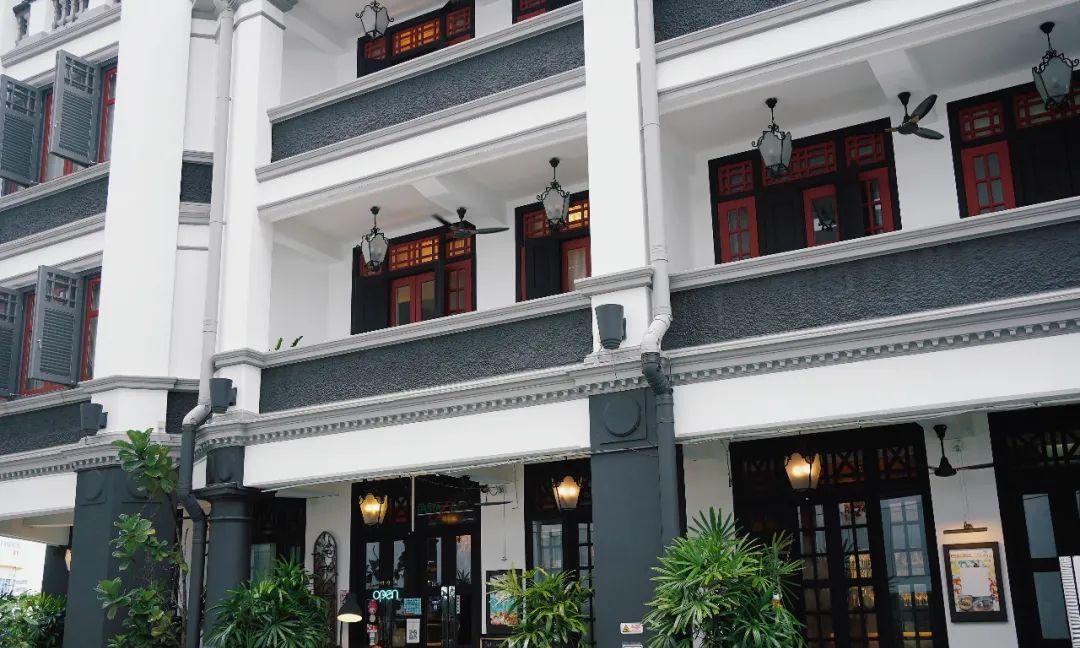
**Route 3: From Colonial Charm to Malay Heritage**
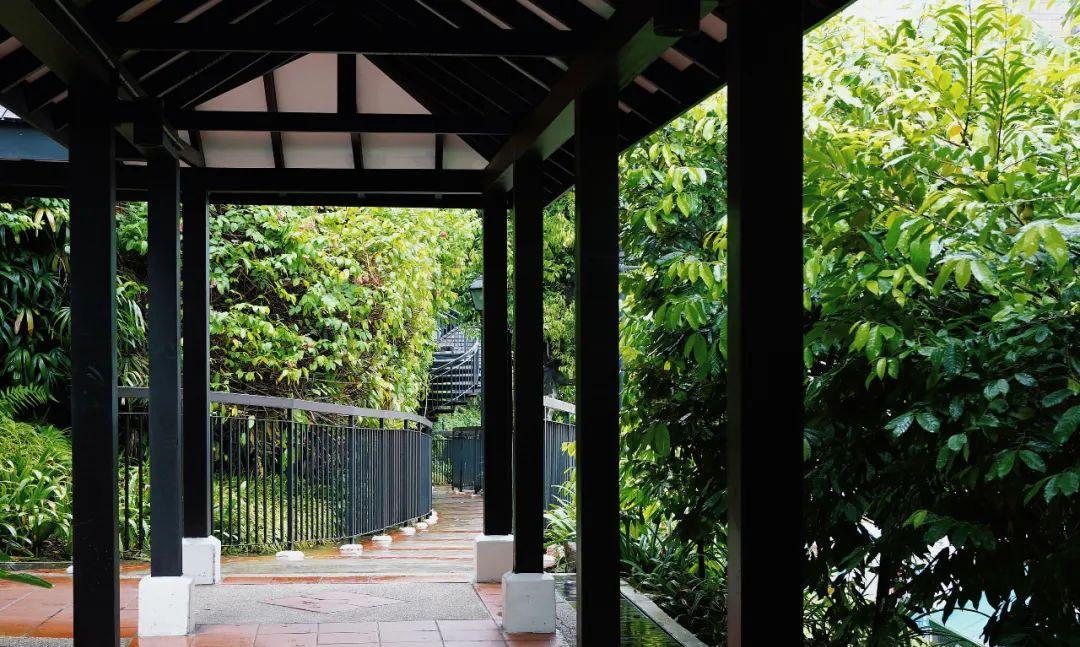
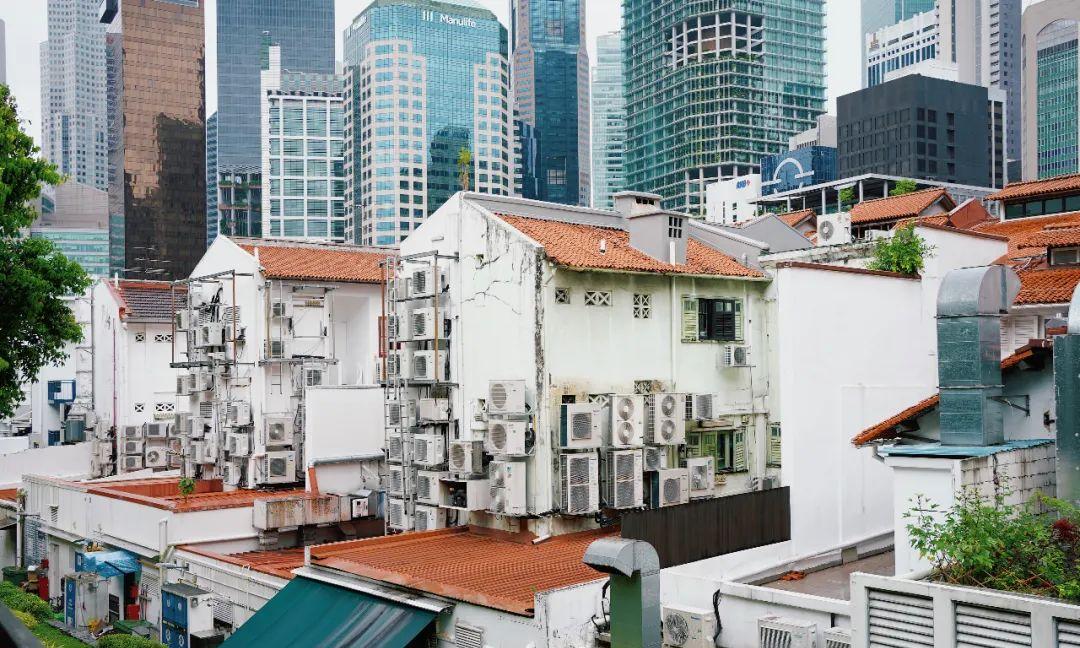
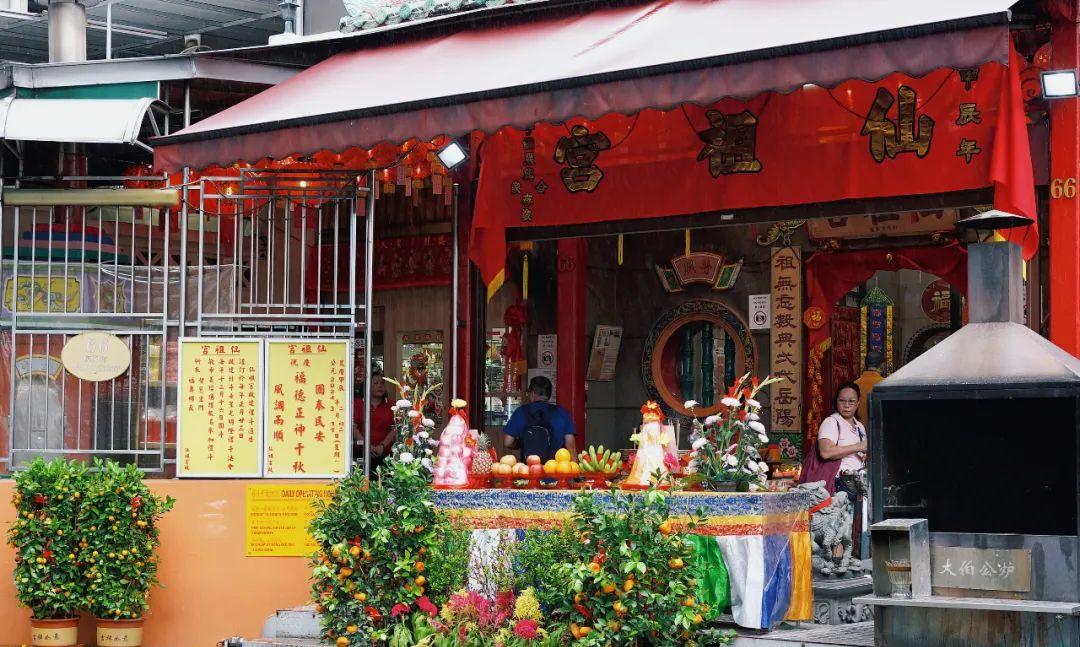
**✅ Chijmes – Raffles Hotel – Bugis Junction – Haji Lane – Sultan Mosque**
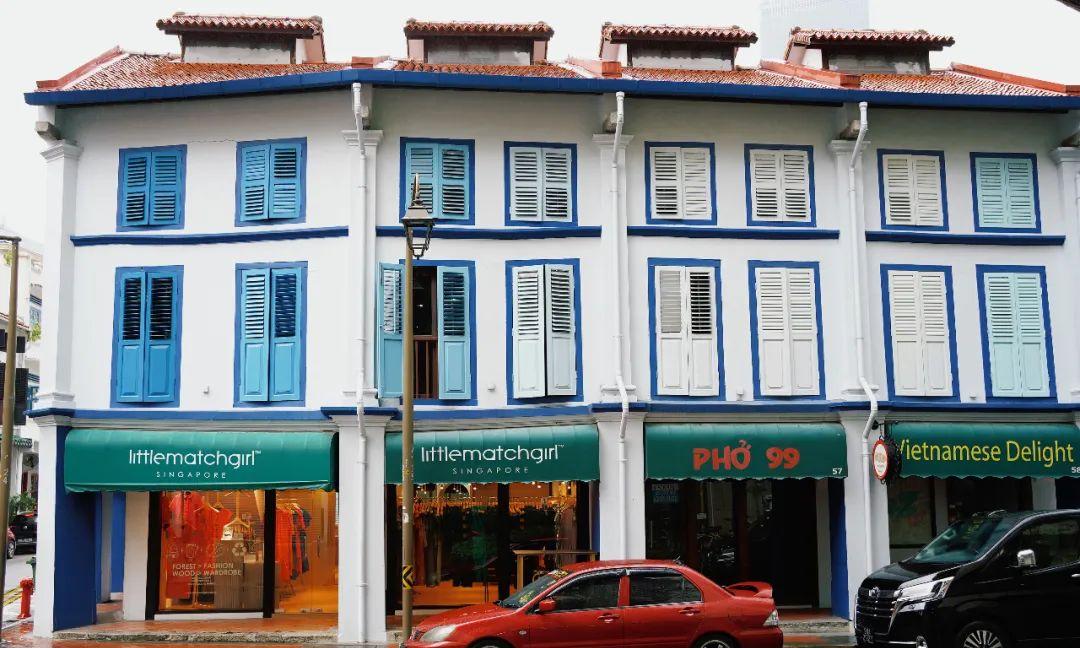
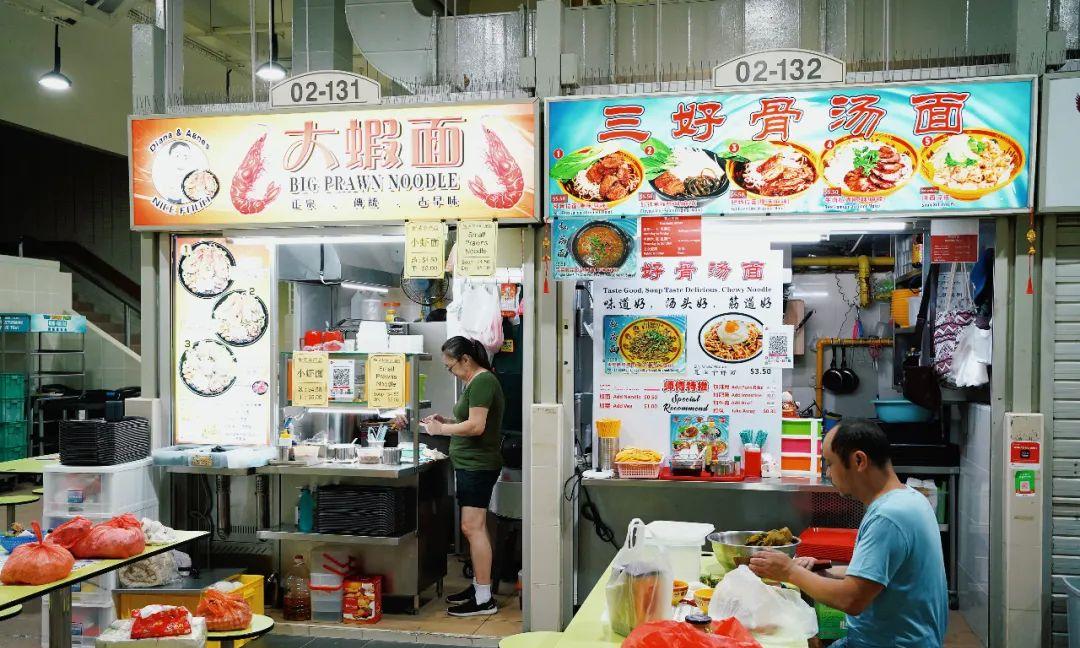
This route transitions from Western-style colonial architecture to the traditional Malay atmosphere of the Kampong Glam district, with Bugis Junction serving as an excellent window into the local culture.
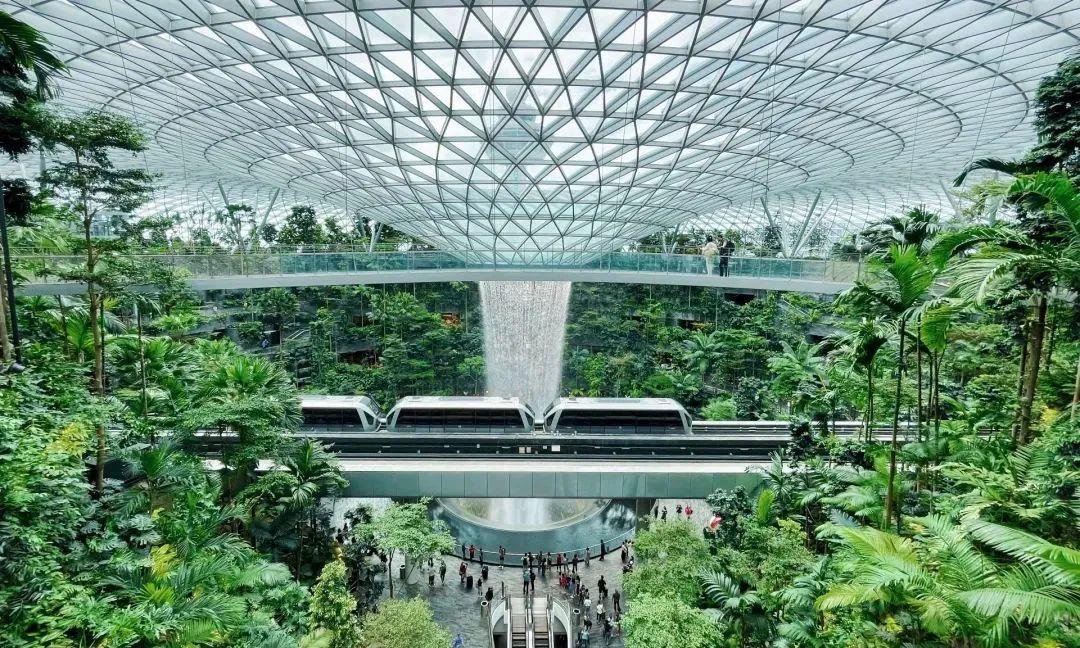
Upon completing this route, one gains a profound understanding of Singapore.
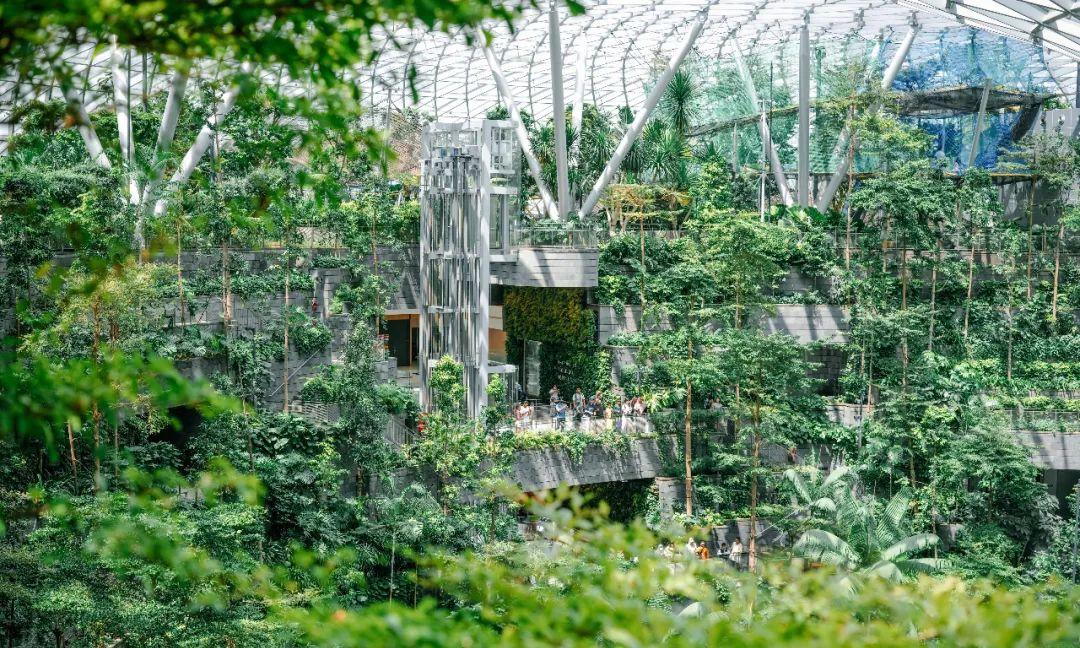
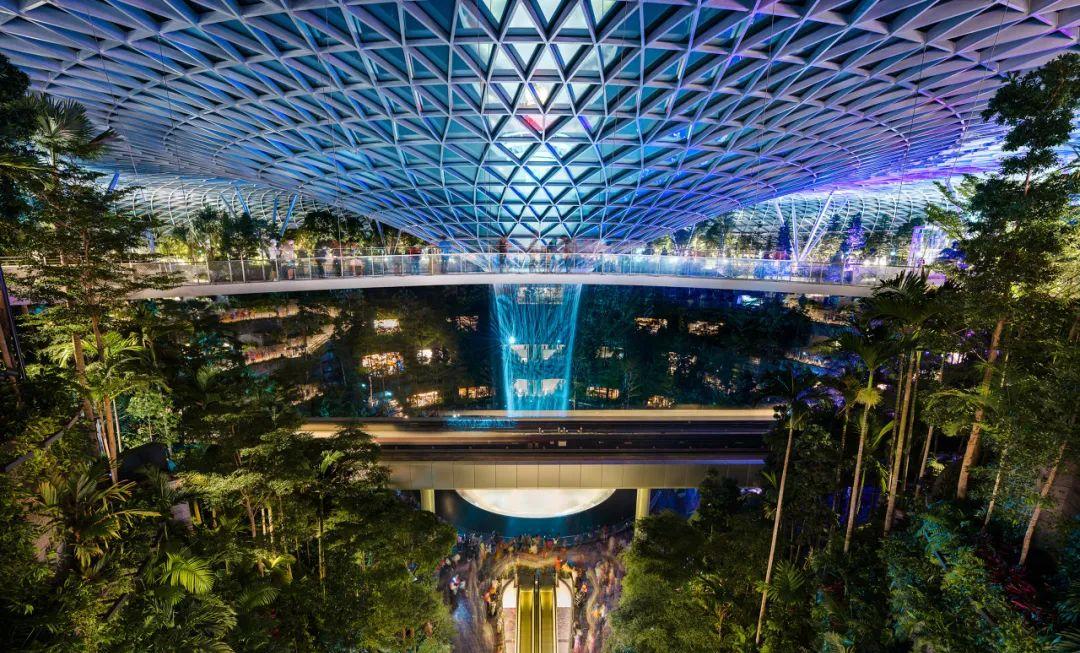
1. **Chijmes**
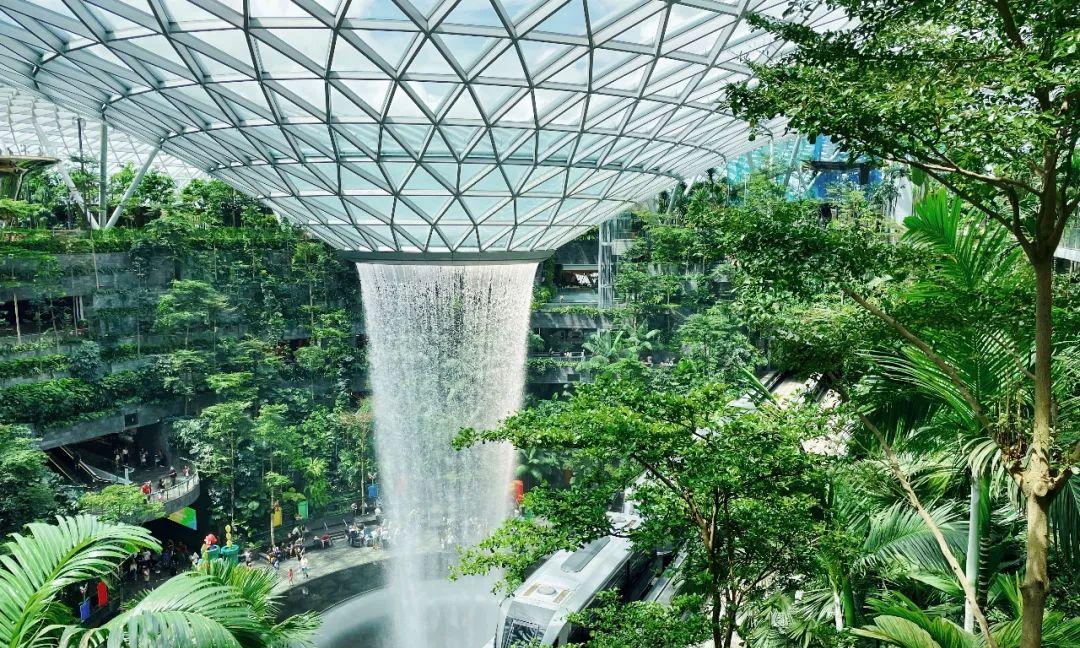
The Chijmes center, anchored by the white St. Andrew’s Cathedral, encloses a spacious sunken courtyard.
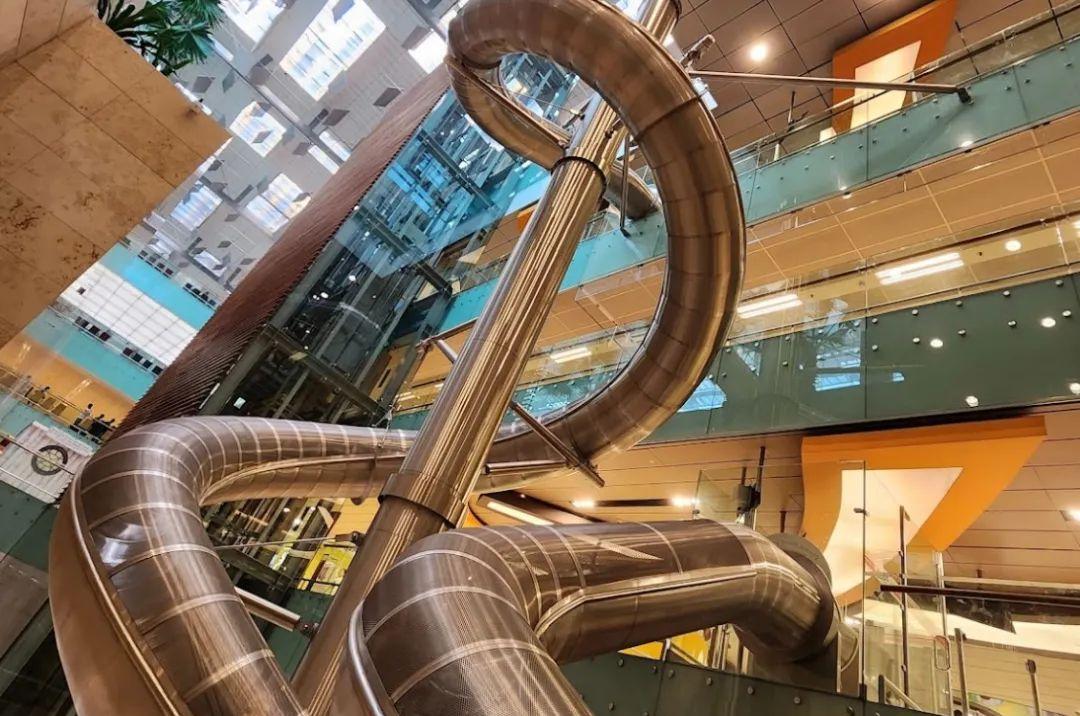
St. Andrew’s Cathedral, the largest church in Singapore, is a Gothic-style structure that welcomes visitors without an entry fee.
**Open Hours: Monday 18:30–21:00, Tuesday to Friday 09:00–17:00, Saturday 09:00–18:30, Sunday 07:00–17:30.**
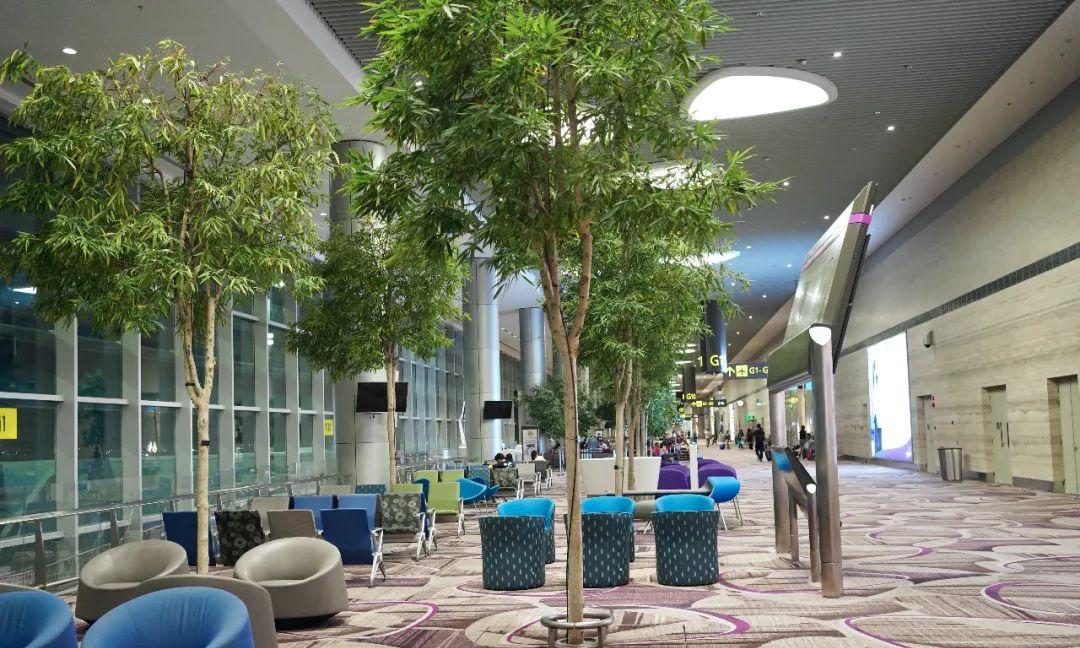
Chijmes was designed by the architect Coleman. Once a convent of the Holy Infant Jesus, it is now a lively courtyard filled with bars and restaurants, transforming into a vibrant hub at night.
2. **Raffles Hotel**
Even if you’re not staying there, the public areas of Raffles can still be explored for free!
Established in 1887, the Raffles Hotel is one of the few century-old luxury hotels worldwide.
This legendary establishment is recognized as a national monument by the Singapore government.
After renovations between 2017-2019, the hotel has maintained its old-world charm amid modern luxury, wrapped in white Victorian-style architecture and surrounded by lush greenery.
Upon entering the foyer, you are immediately met with an atmosphere of grandeur.
3. **Bugis Junction**
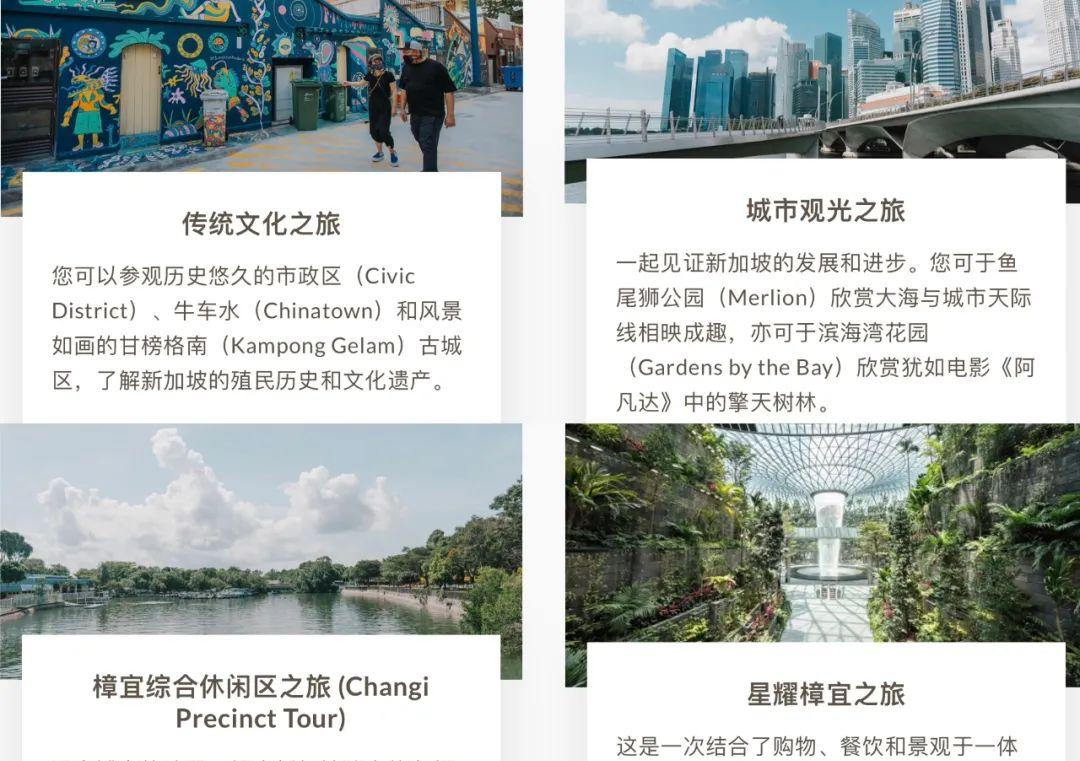
Bugis Junction is Singapore’s cultural supermarket; don’t be fooled by its vintage facade! Inside, five floors are filled with bookstores, galleries, antiques, instruments, art supplies, and more.
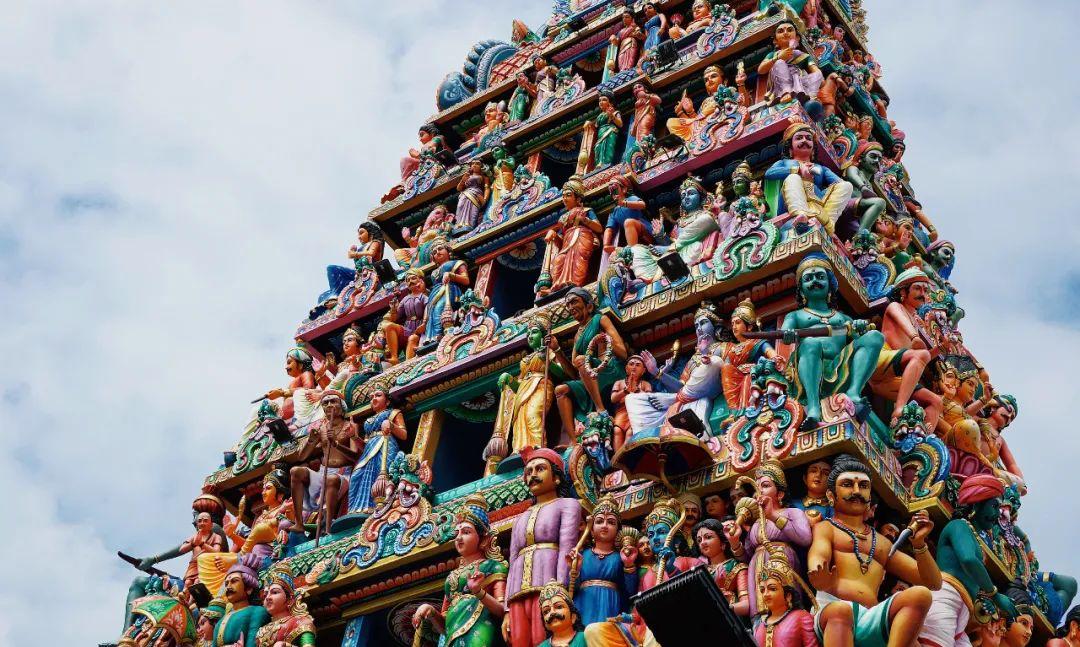
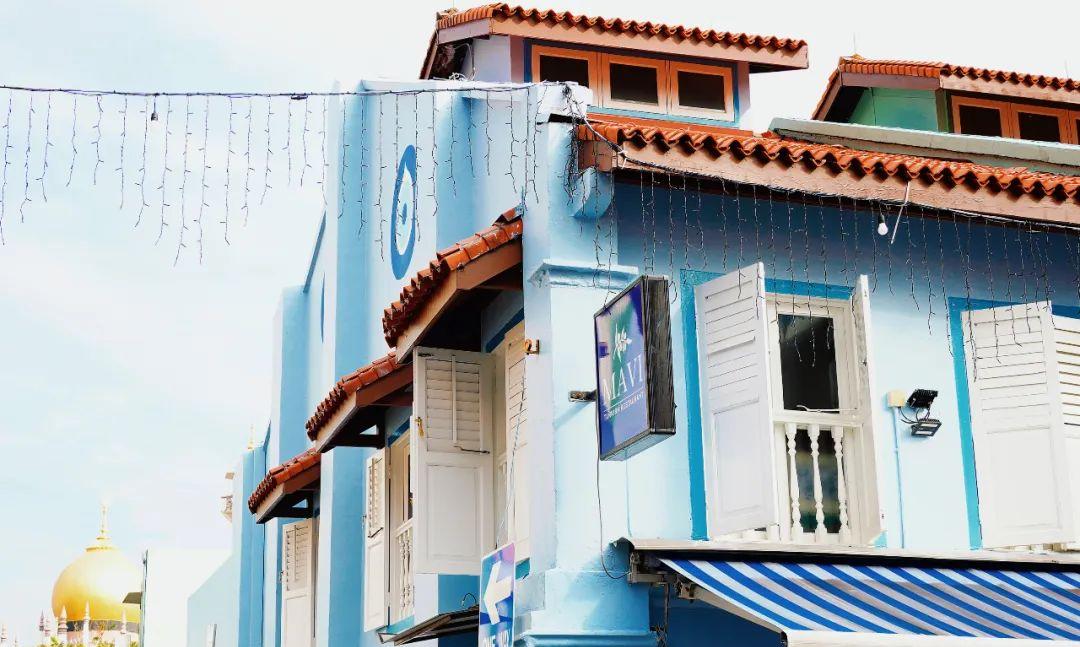
You’ll discover surprises: old issues of “Reader’s Digest” prominently displayed, secondhand bookstores stuffed to the ceiling with books, and local works tackling various topics.
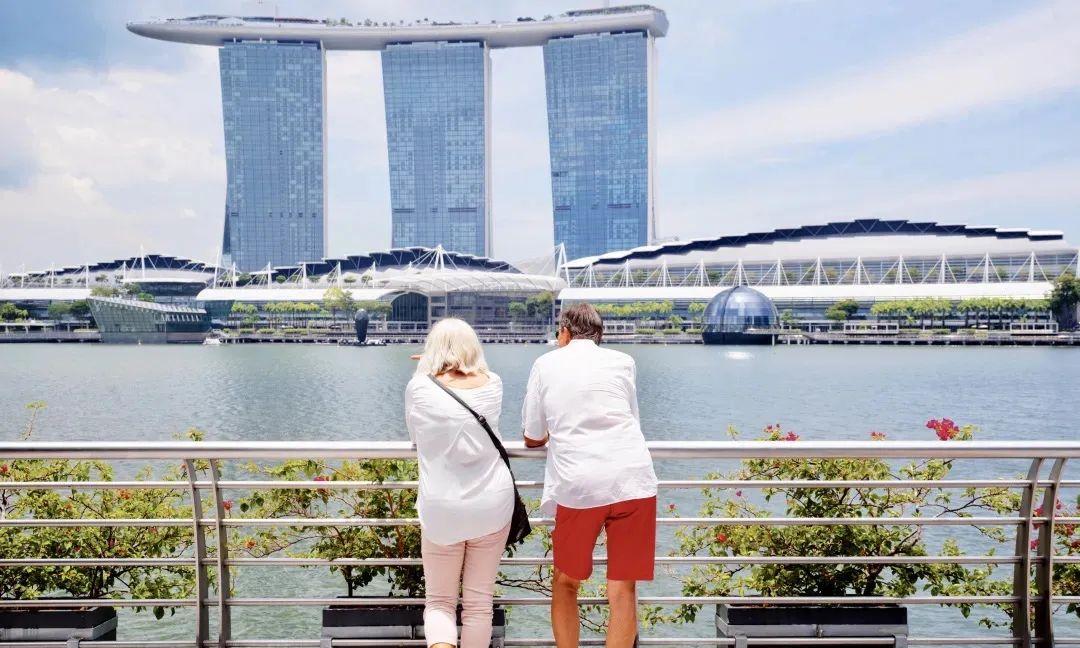
“Popular Bookstore,” founded in 1936, is Singapore’s largest bookstore chain, occupying four floors. The second and third floors feature multimedia, while the fourth floor houses literature and the fifth offers stationery.
“Union Bookstore” is located on the third floor, stocked with books from mainland China, alongside city-specific sections for locations like Shanghai and Shandong.
On the same floor, you’ll find Basheer Graphic Books, an artsy bookshop covering architecture, fashion, design, photography, and more, housing tens of thousands of titles—very eye-opening.
Many stores here have been operated by the same family for decades, with the second generation now managing them. As a visitor, understanding and appreciating this dedication and sentiment is quite meaningful.
4. **Haji Lane**
Next, we’ll move to Kampong Glam. Singapore’s multicultural landscape has given rise to several distinct neighborhoods: Kampong Glam is the Malay enclave, Chinatown is predominantly Chinese, Little India celebrates Indian heritage, while Joo Chiat and Katong are rich in Peranakan identity.

Haji Lane is a representative spot for Kampong Glam, also known as “Rainbow Lane,” festooned with graffiti and murals that intermingle in vibrant hues. Most shops don’t open until afternoon, so it’s best to visit later in the day when the area is bustling.
Not far from Haji Lane, Kandahar Street offers a beautiful traditional street with a more subdued, elegant color palette.

